1. Research a photo-book and describe the story it is communicating with reference to subject-matter, genre and approach to image-making.
2. Who is the photographer? Why did he/she make it? (intentions/ reasons) Who is it for? (audience) How was it received? (any press, reviews, awards, legacy etc.)
3. Deconstruct the narrative, concept and design of the book and apply theory above when considering:
- Book in hand: how does it feel? Smell, sniff the paper.
- Paper and ink: use of different paper/ textures/ colour or B&W or both.
- Format, size and orientation: portraiture/ landscape/ square/ A5, A4, A3 / number of pages.
- Binding, soft/hard cover. image wrap/dust jacket. saddle stitch/swiss binding/ Japanese stab-binding/ leperello
- Cover: linen/ card. graphic/ printed image. embossed/ debossed. letterpress/ silkscreen/hot-stamping.
- Title: literal or poetic / relevant or intriguing.
- Narrative: what is the story/ subject-matter. How is it told?
- Structure and architecture: how design/ repeating motifs/ or specific features develops a concept or construct a narrative.
- Design and layout: image size on pages/ single page, double-spread/ images/ grid, fold- outs/ inserts.
- Editing and sequencing: selection of images/ juxtaposition of photographs/ editing process.
- Images and text: are they linked? Introduction/ essay/ statement by artists or others. Use of captions (if any.)
Larry Sultan- Pictures From Home
- Research into the photobook
Pictures from Home was first published in 1992 and was a collection of photographs taken of Sultan’s parents in the San Fernando Valley from 1982 to 1992, whose role was to question societal expectations of gender and ageing. Sultan returned home to Southern California, which is where he grew up in his childhood home in the 1980’s and began his work. His home became a source of inspiration for a number of his projects. In ‘Pictures from Home’ he combines contemporary photographs with film stills from home movies, fragments of conversation, Sultan’s own writings and other memorabilia. This results in a narrative that collages both documentary and staged images causing the boundary between them to thin and create images of the psychological as well as physical landscape of suburban family life. Simultaneously, the distance usually maintained between the photographer and his subjects also slips in an exchange of dialogue and emotion that is unique to this work.
“What drives me to continue this work is difficult to name. It has more to do with love than with sociology. With being a subject in the drama rather than a witness. And in the odd and jumbled process of working, everything shifts: the boundaries blur, my distance slips, the arrogance and illusion of immunity falters. I wake up in the middle of the night, stunned and anguished. These are my parents. From that simple fact, everything follows.” – Larry Sultan
His photobook displays the flow of ordinary life and Sultan noted that he wanted the images in Pictures from Home to “become part of a larger narrative…to slam up against other images (an afterimage). I want to measure how a life was lived against how a life was dreamed.”
2. Who is the photographer?
Larry Sultan was born 13th July 1946 in Brooklyn New York to a Jewish family. He grew up in the San Fernando Valley, part of Los Angeles, California, where his parents moved when he was an infant. He graduated from the University of California, Santa Barbara with a bachelor’s degree in political science, and received a master’s degree in fine arts from the San Francisco Art Institute in San Francisco.
He was an American photographer and started his career in the 1970’s. In 1977, he published a collection of photographs he found in corporate and government archives called ‘Evidence’ with a photographer called Mike Mandel, which the New York Times characterised as “a watershed in the history of art photography.” The two men also created billboards aimed at slowing down road traffic. He then published ‘Pictures from Home’ from 1982-1992, followed by his 2004 assignment for Maxim, which consisted of photographs of middle-class residences rented by the porn industry in the San Fernando Valley, which led to another photographic series called ‘The Valley.’ He also photographed Paris Hilton for Interview in his parents’ bedroom in his childhood home.
Sultan was an instructor of photography at his alma mater, the San Francisco Art Institute, from 1978 to 1988. He then taught at the California College of the Arts in San Francisco as Chair of the Photography Department from 1993 to 1999, and as distinguished professor of art from 1989 to 2009.
He served on the board of trustees of the Headlands Centre for the Arts from 1992 to 1998. At the time of his death, 13th December 2009, he was the artist trustee at San Francisco Museum of Modern Art, a position he had taken up in the same year. He died of cancer and died at his home in Greenbrae, California, with his wife Katherine Sultan, also known as Kelly Sultan.
3. Deconstruct the narrative, concept and design of the book and apply theory above when considering:
Layout of Pictures From Home:
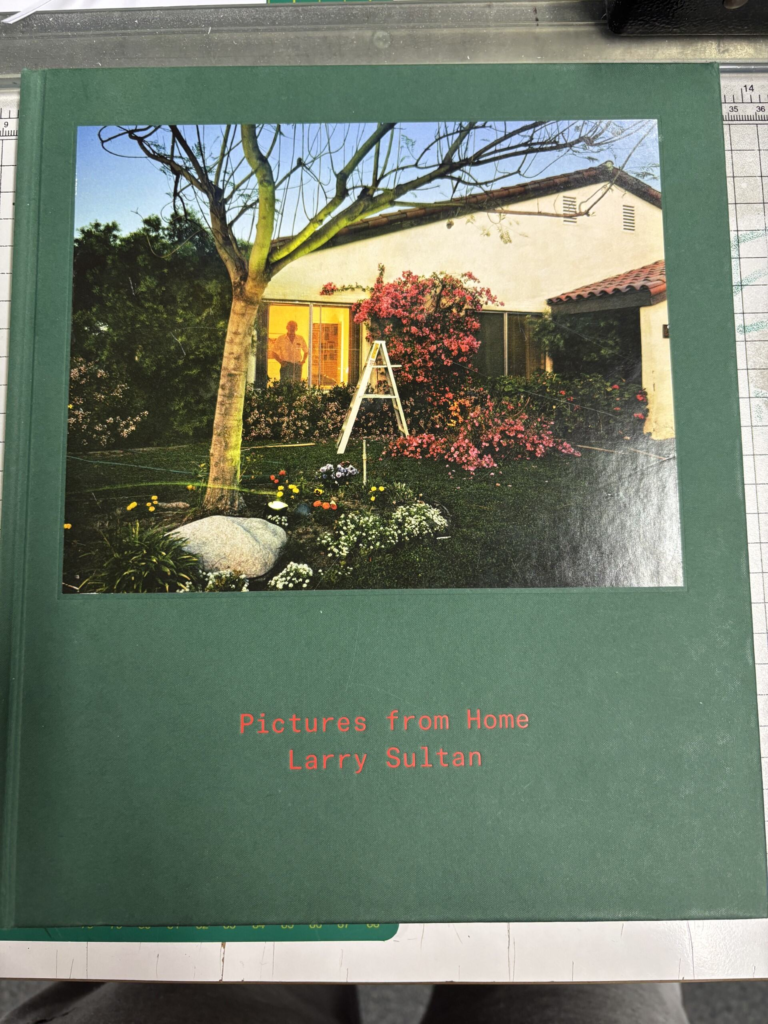
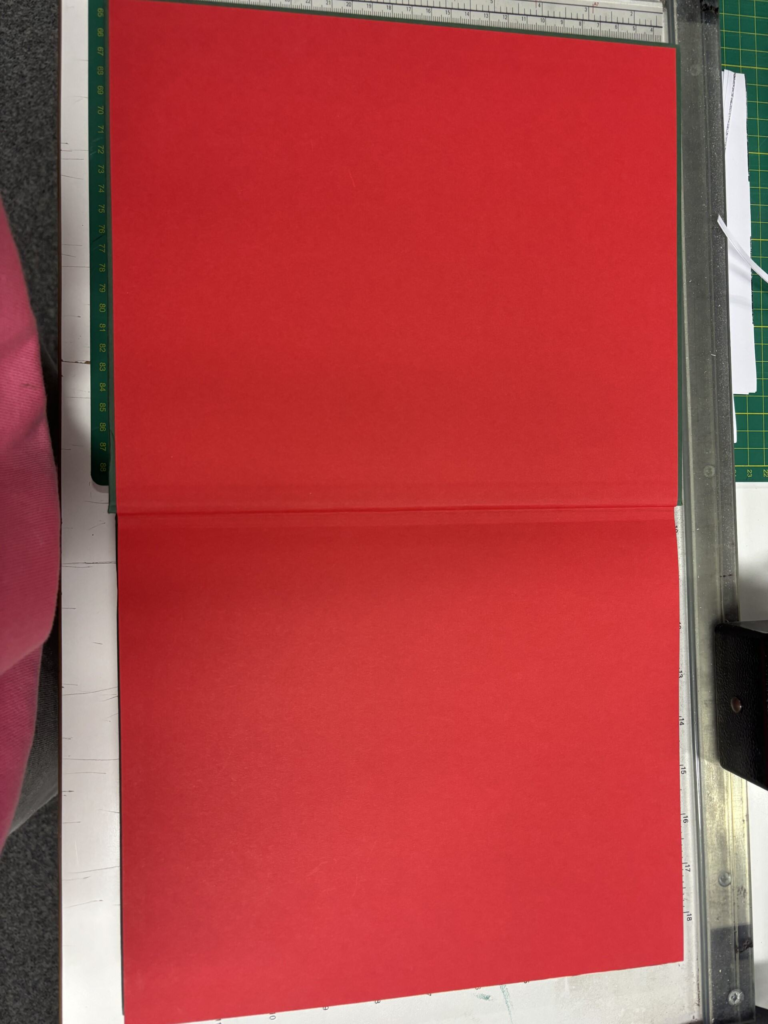
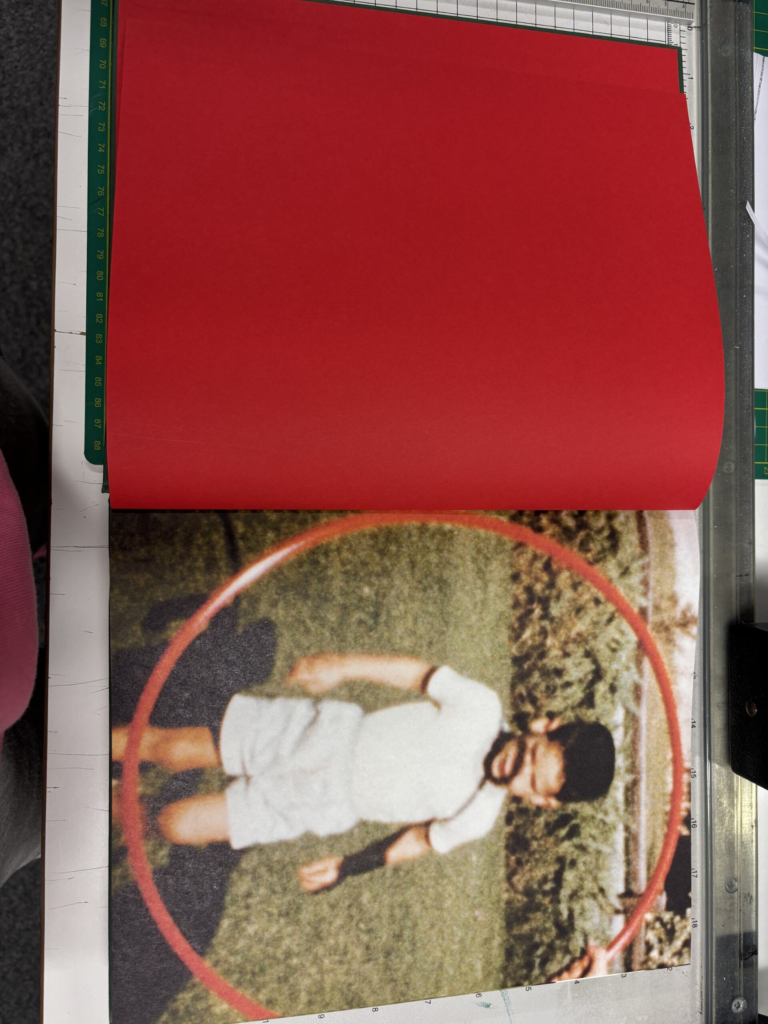
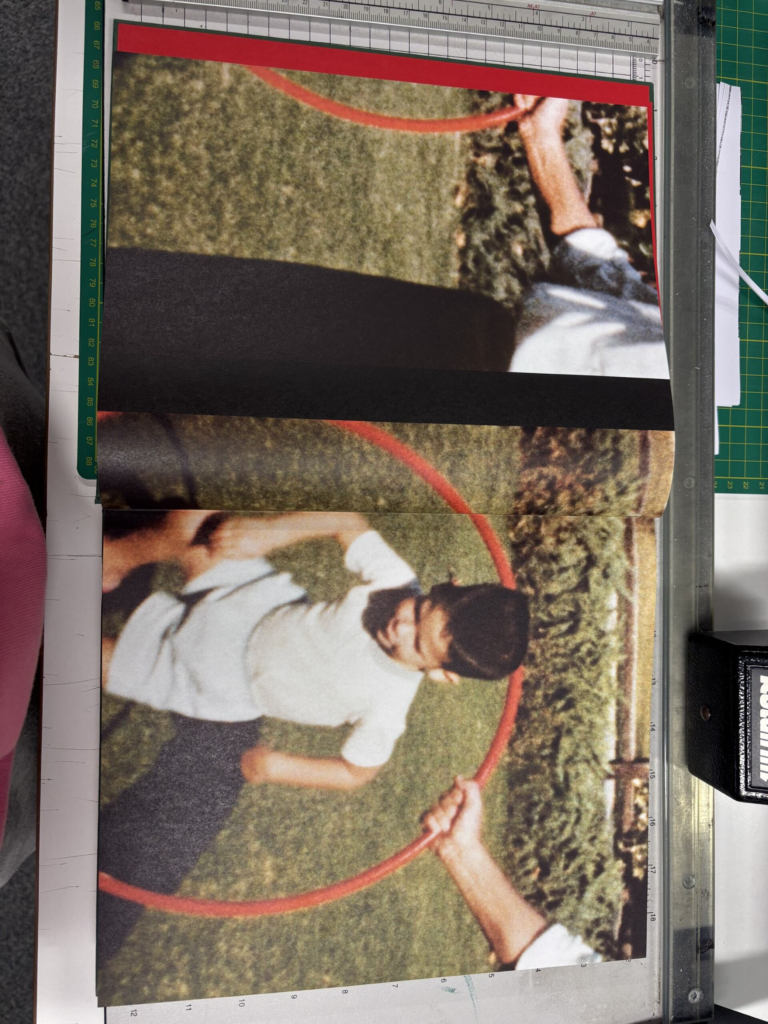
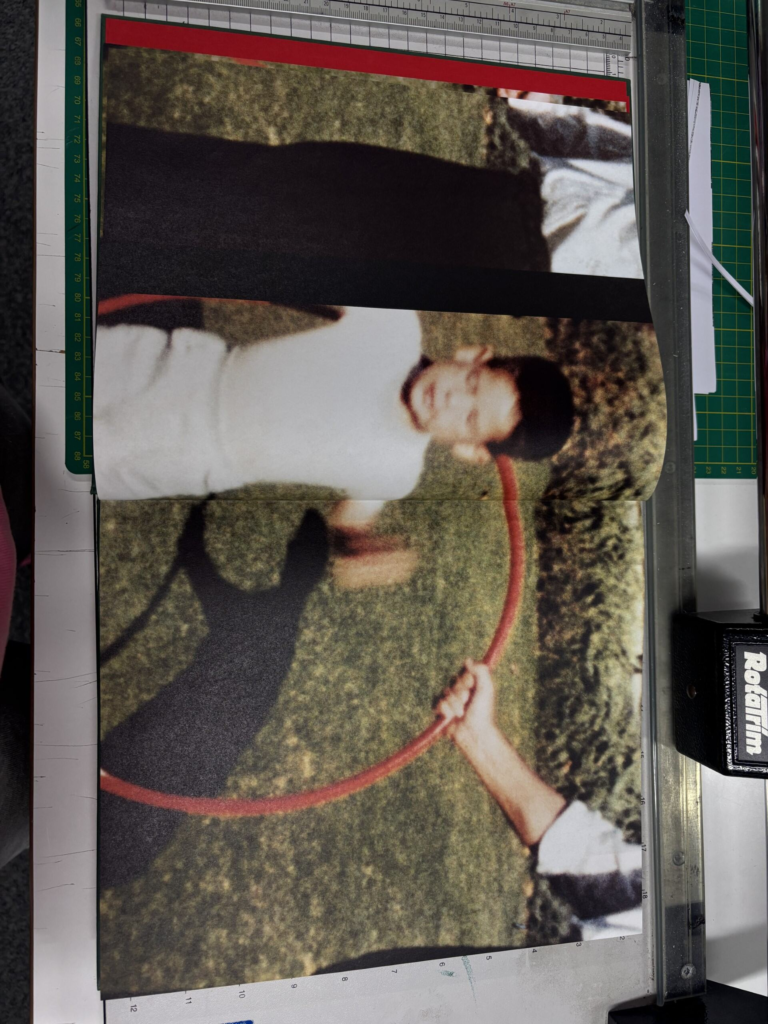
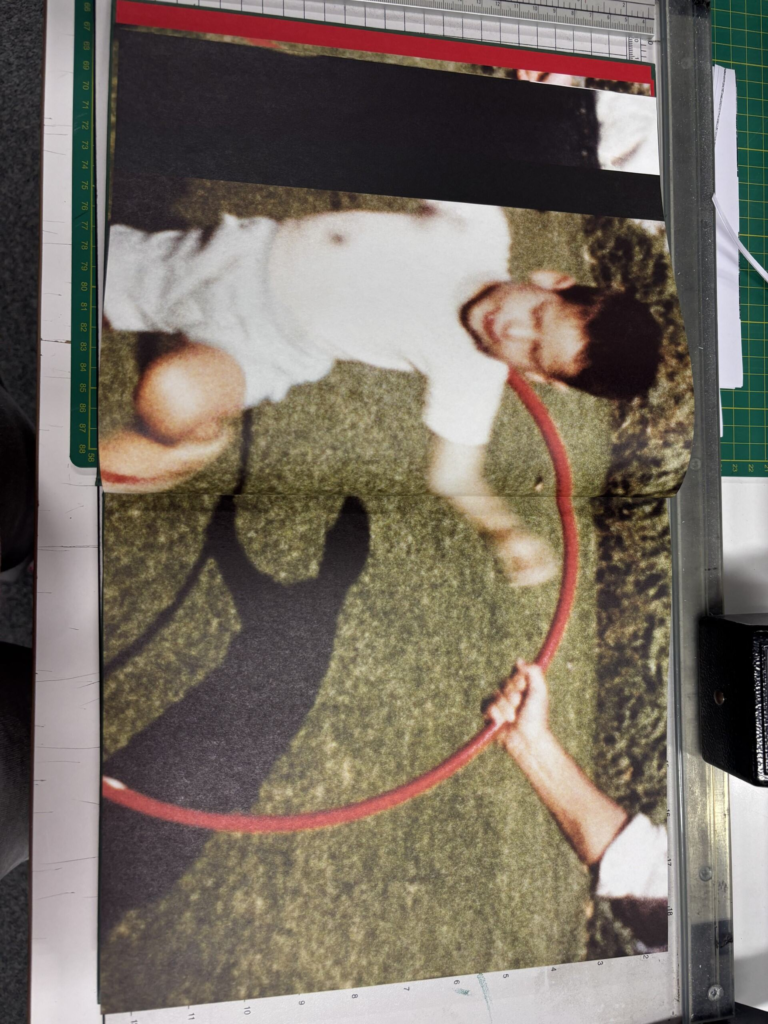
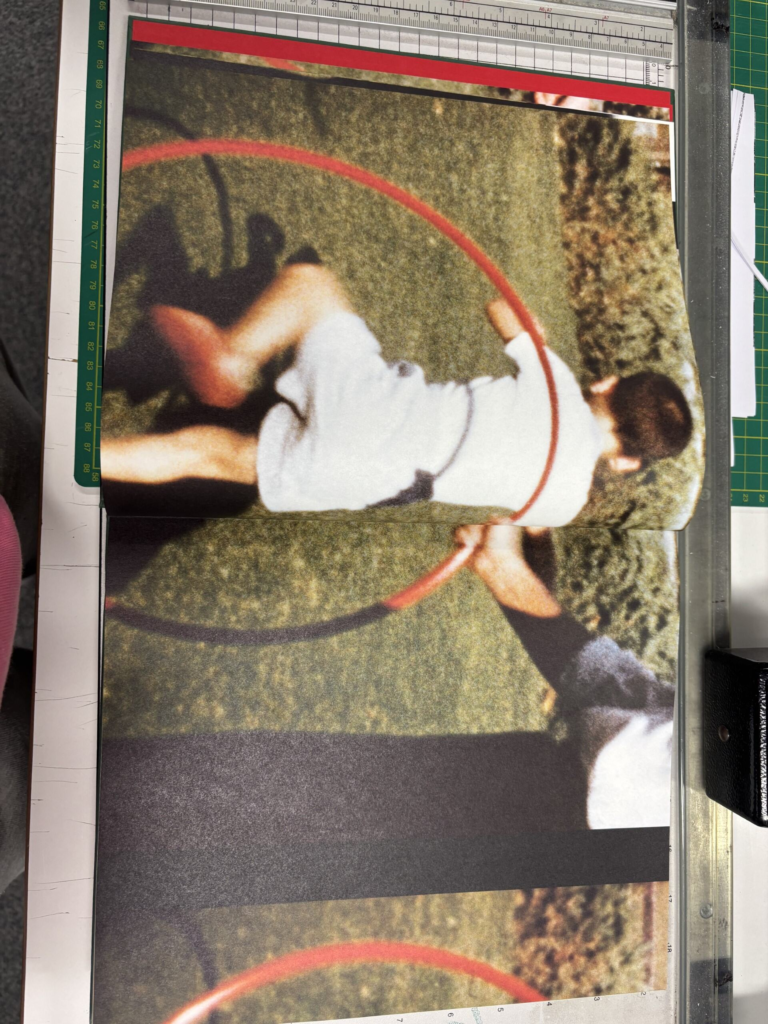
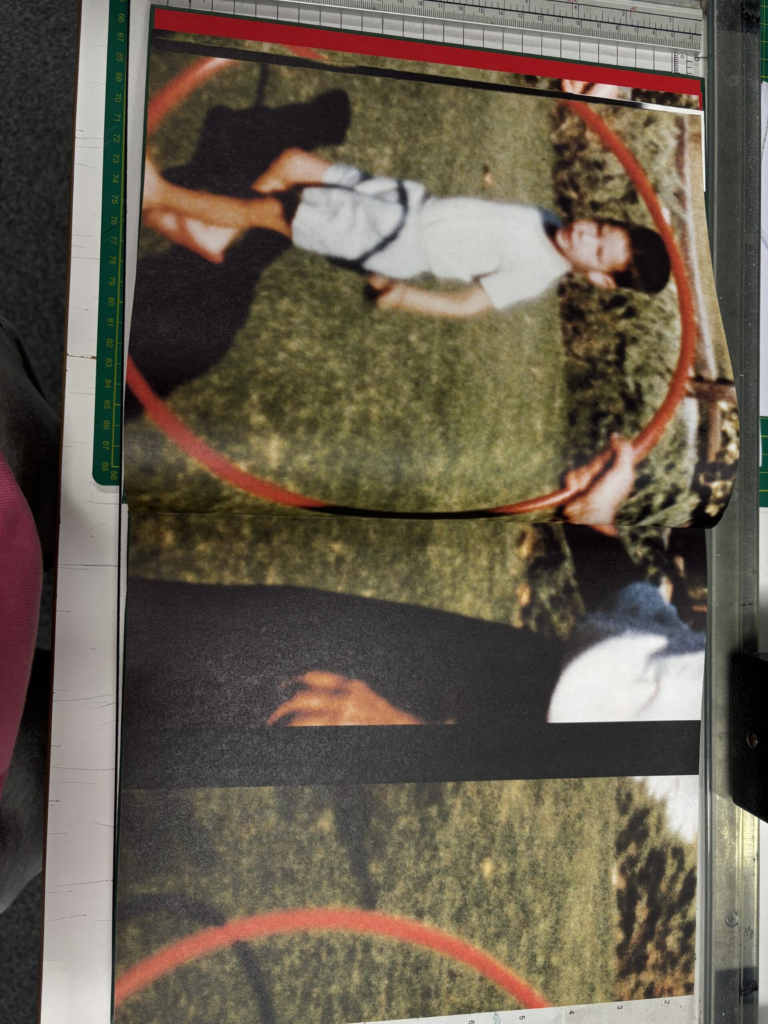
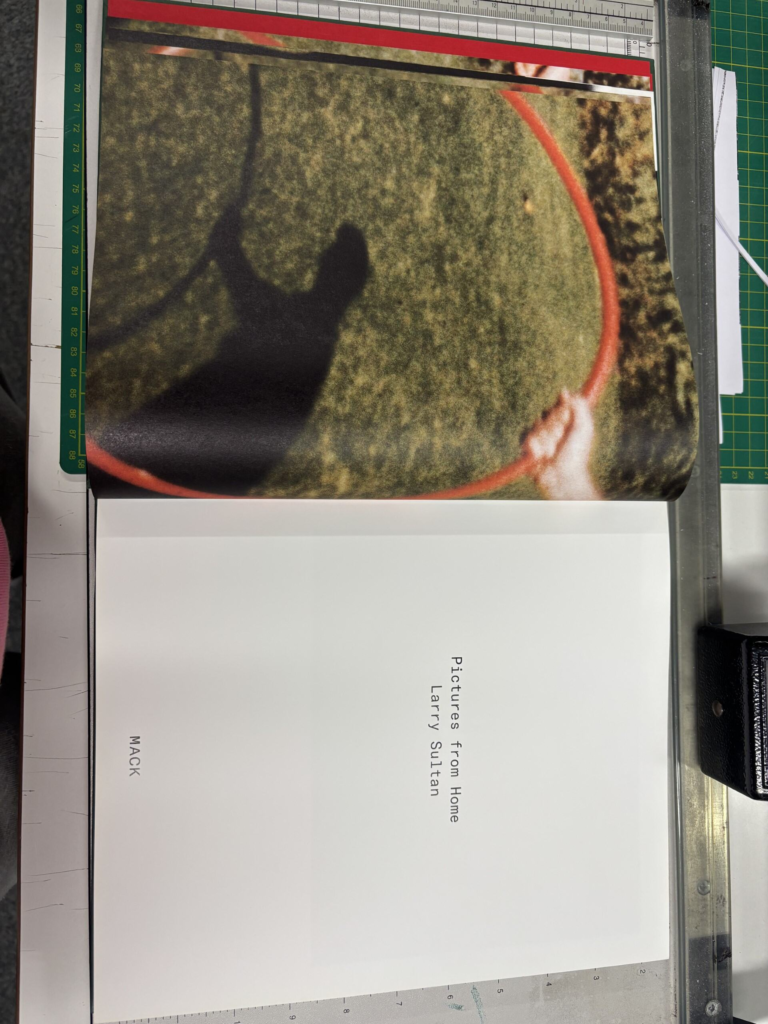
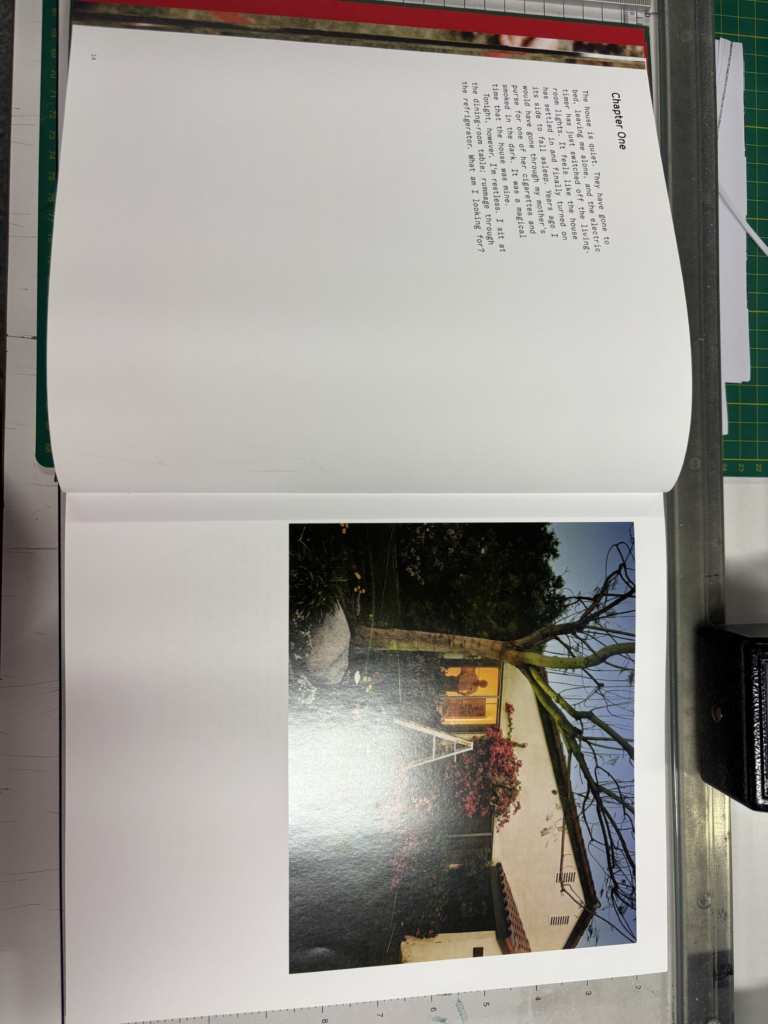
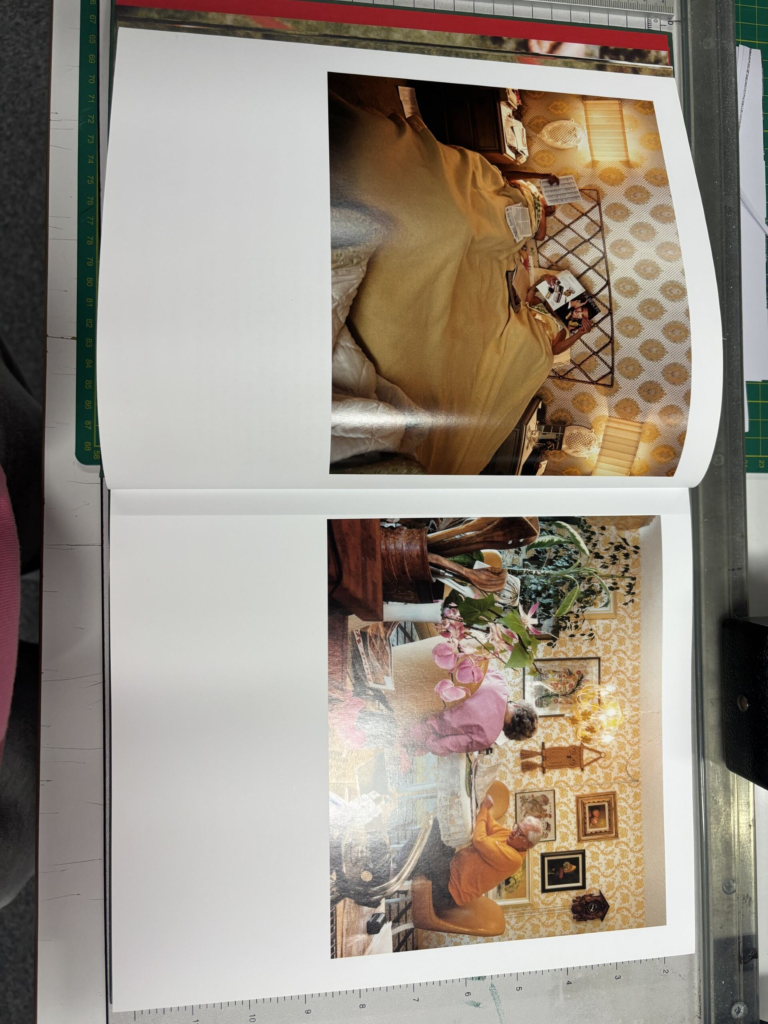
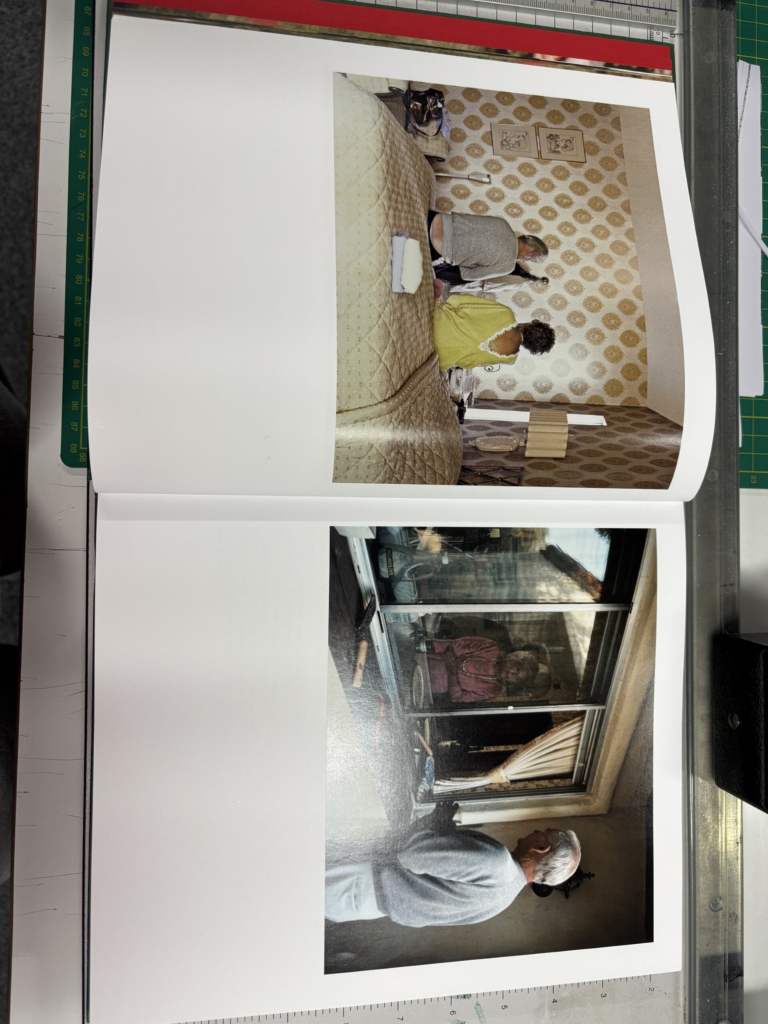
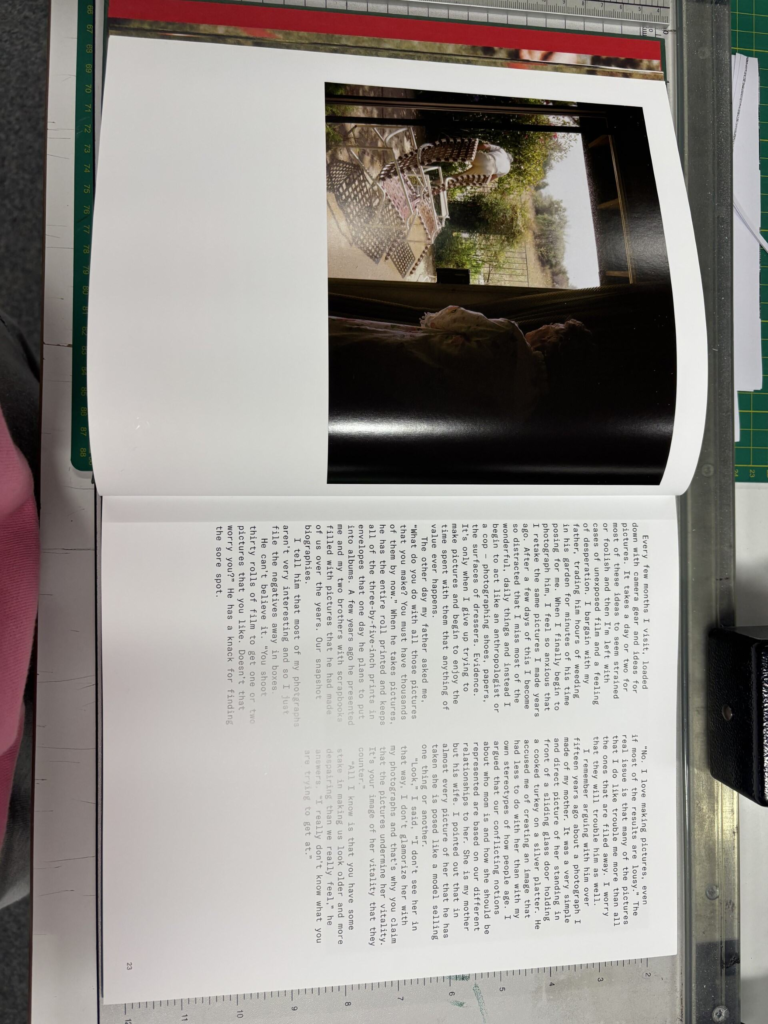
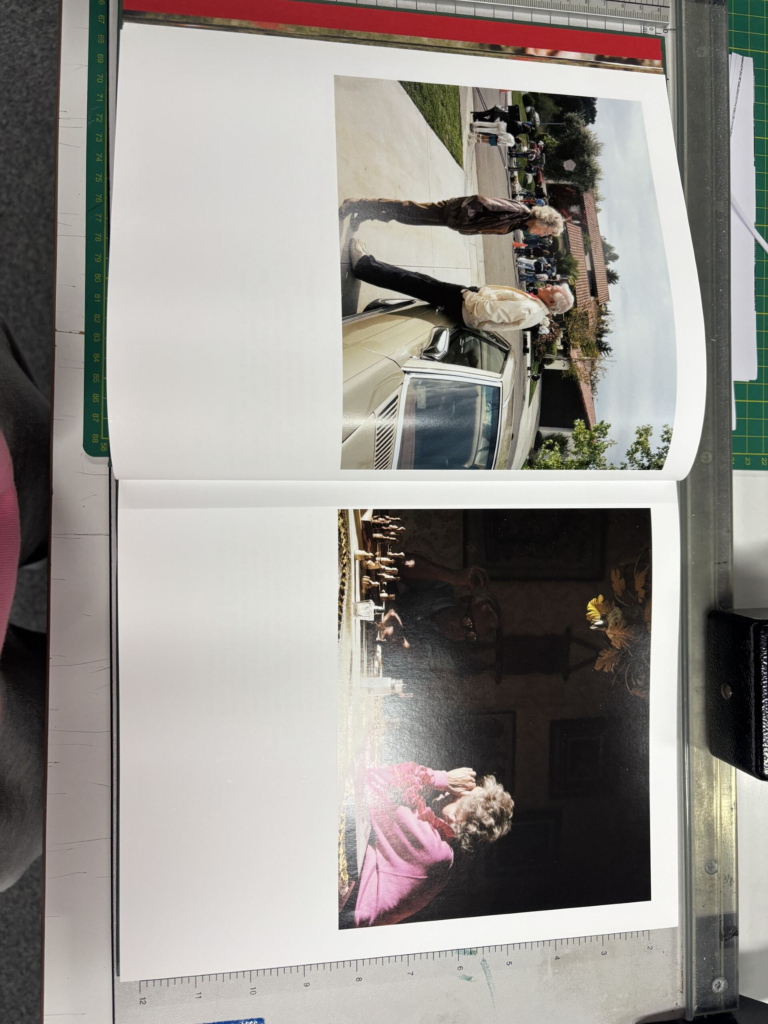
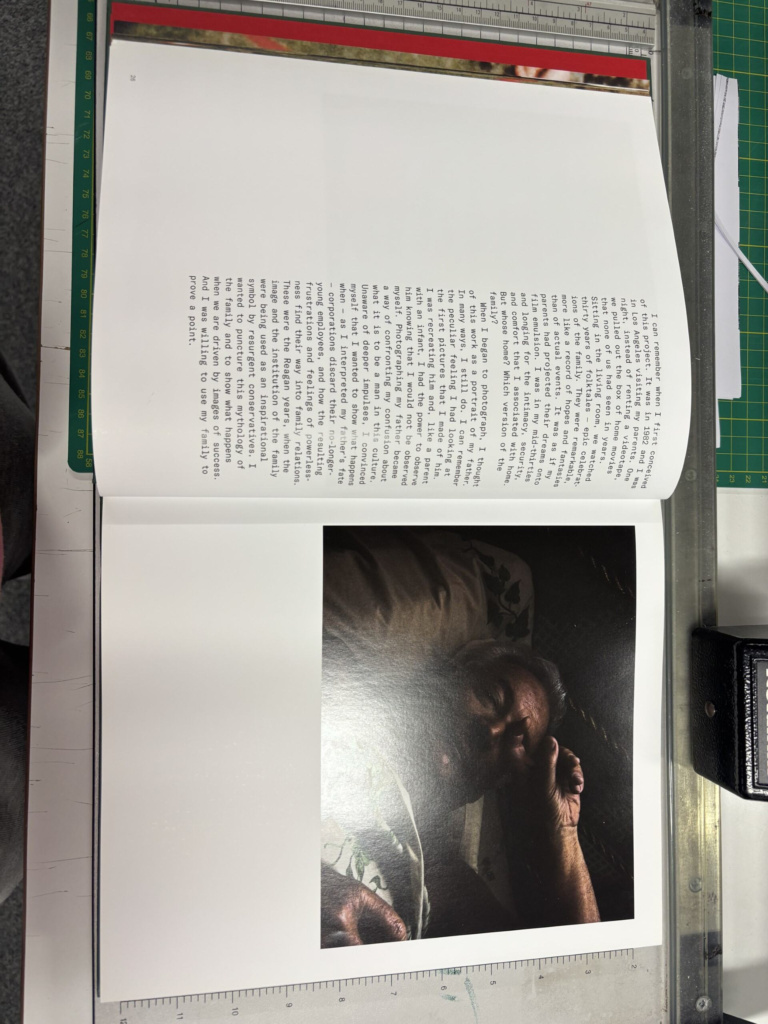

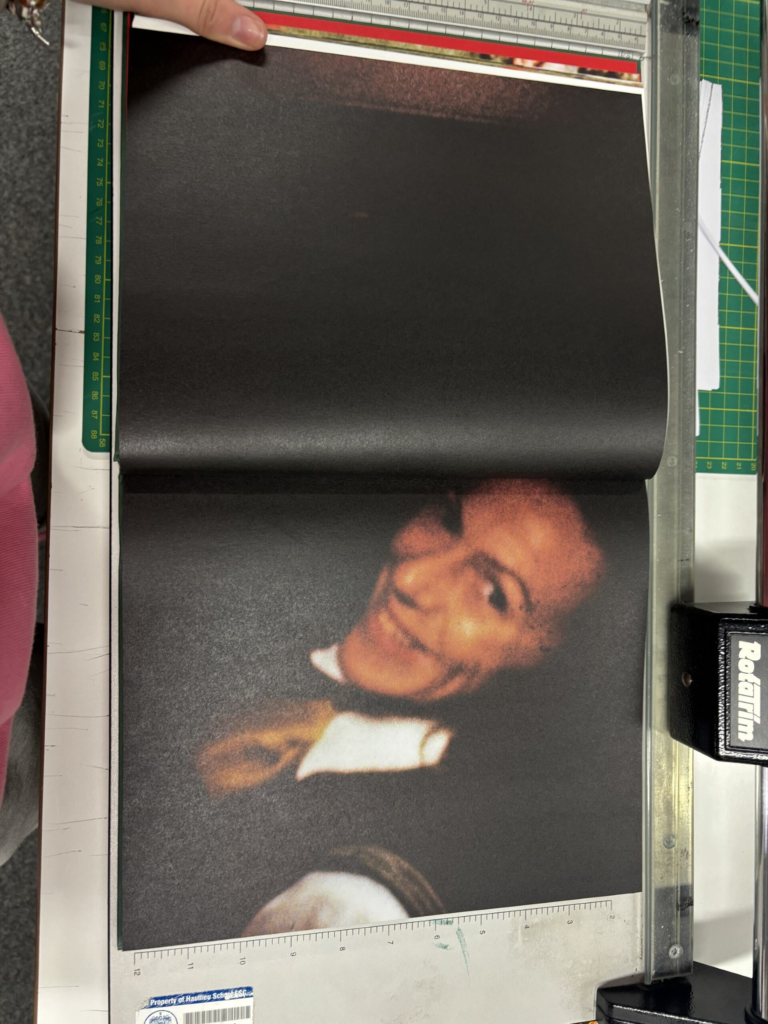
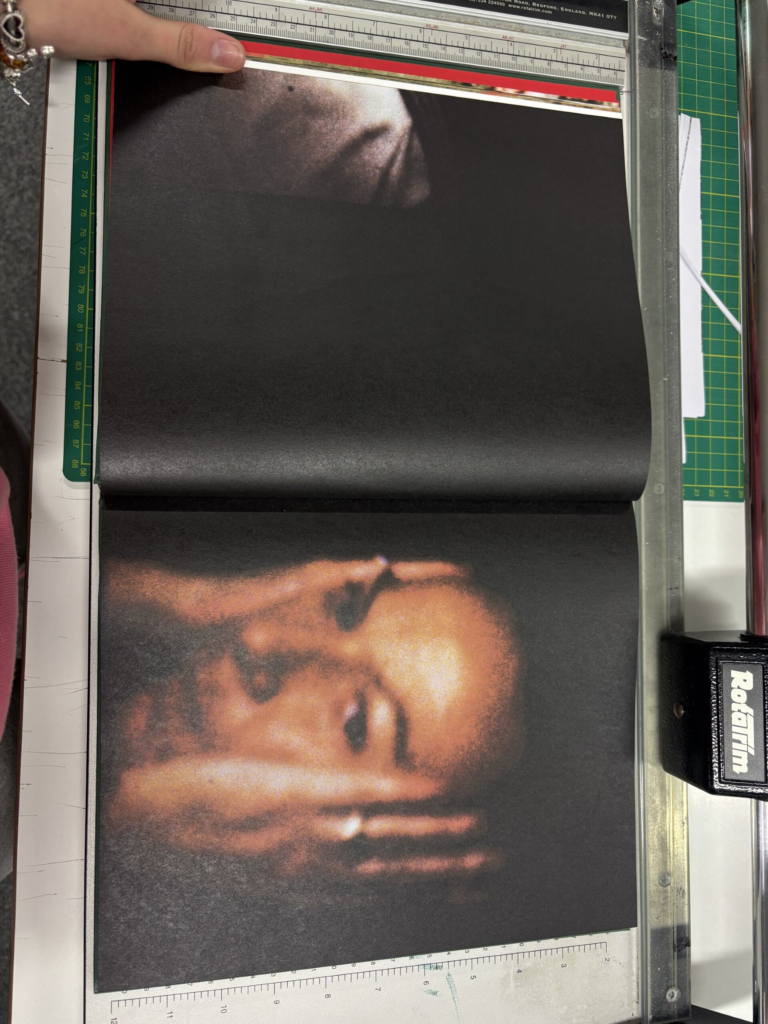
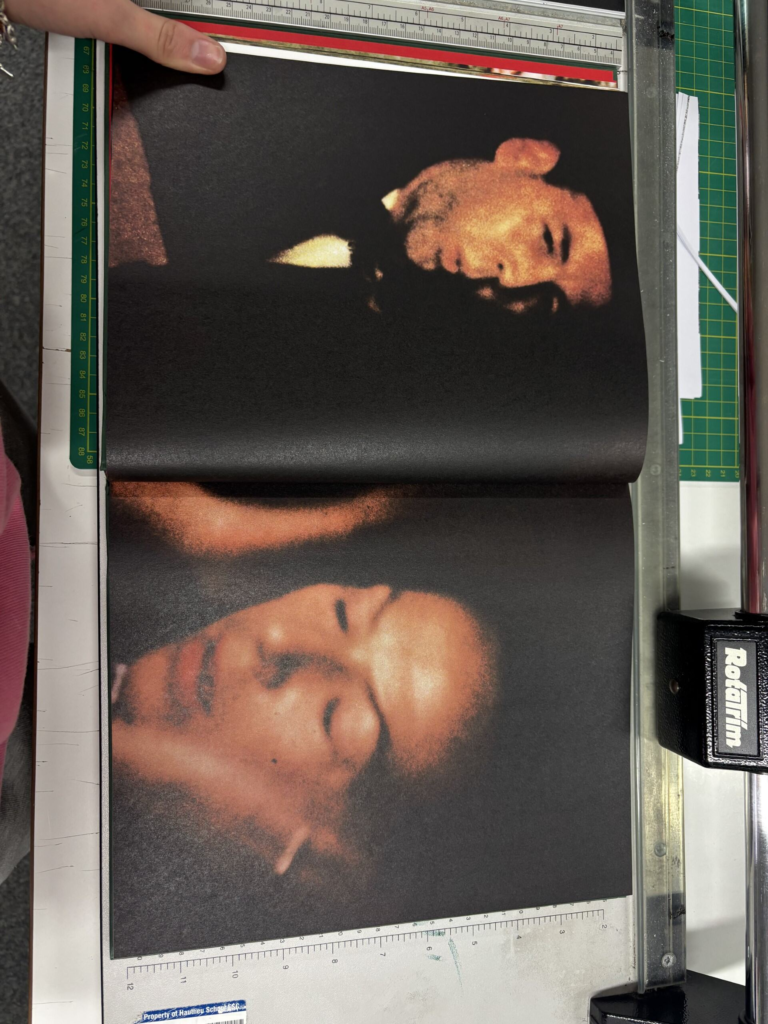



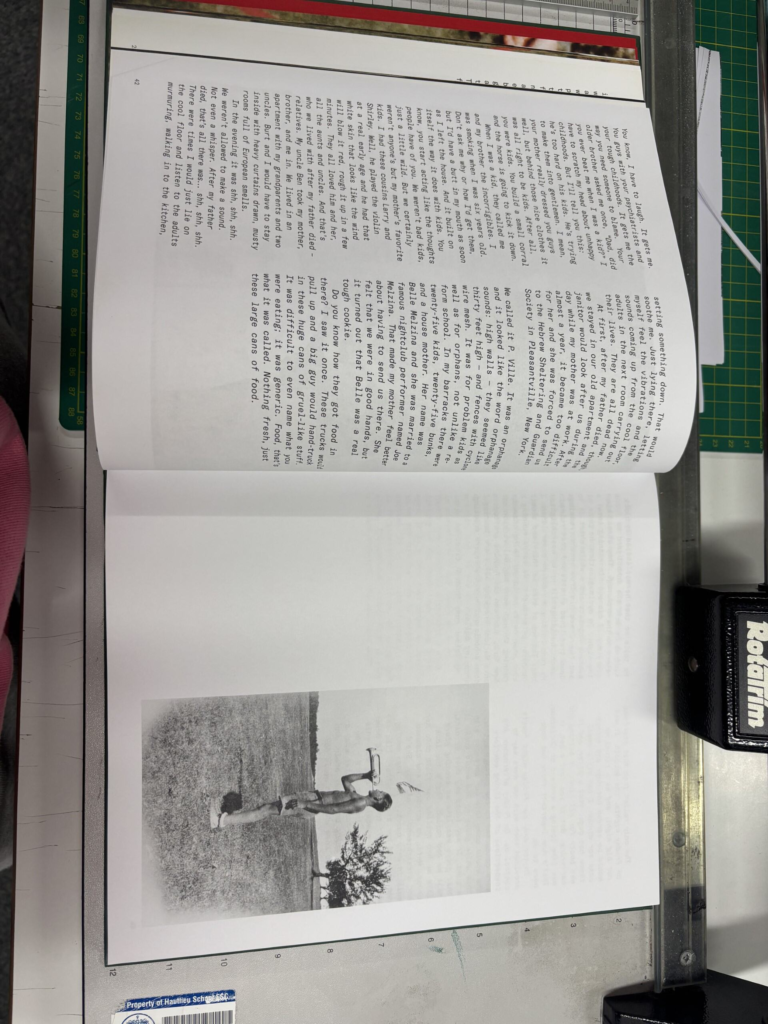
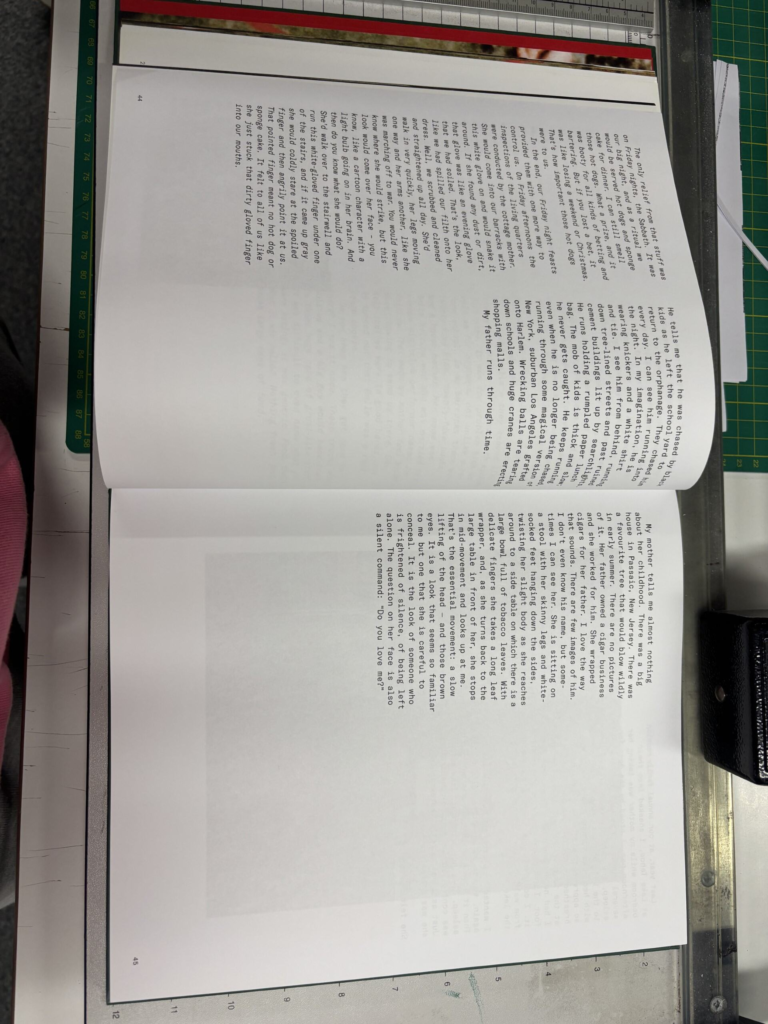
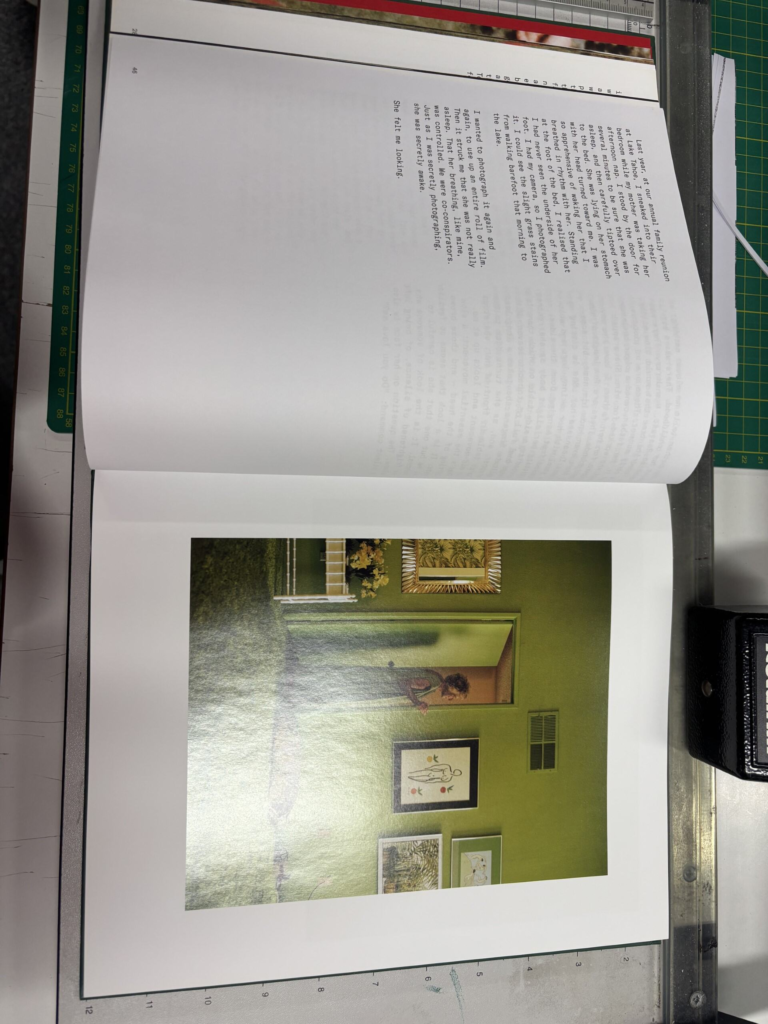
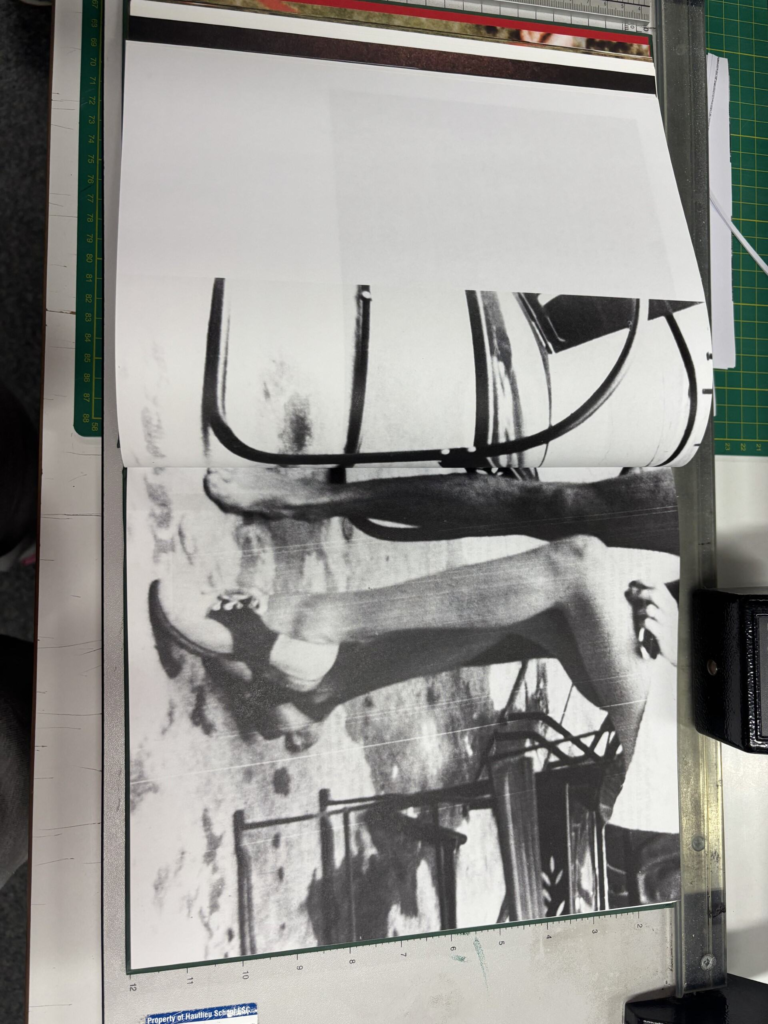
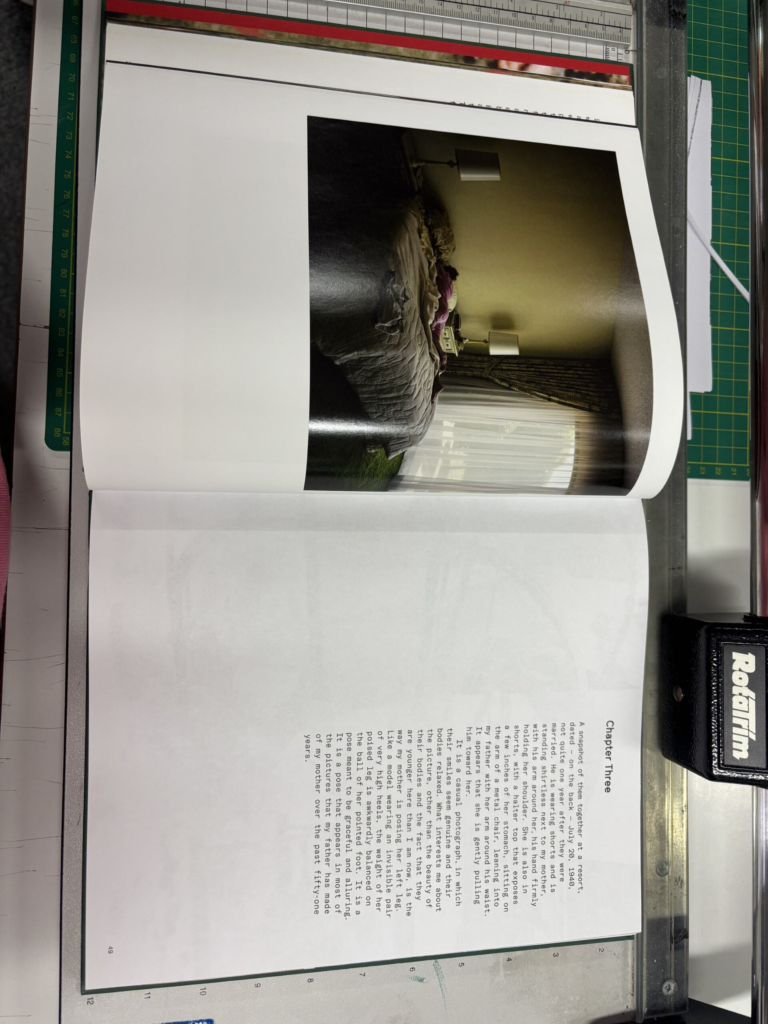
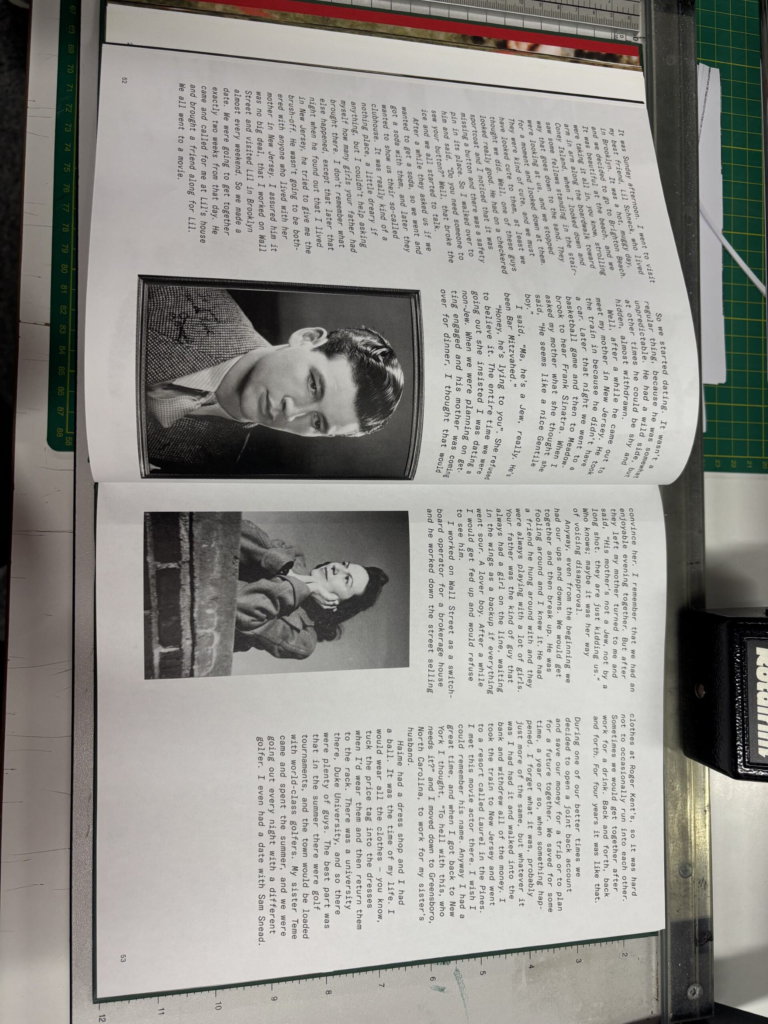
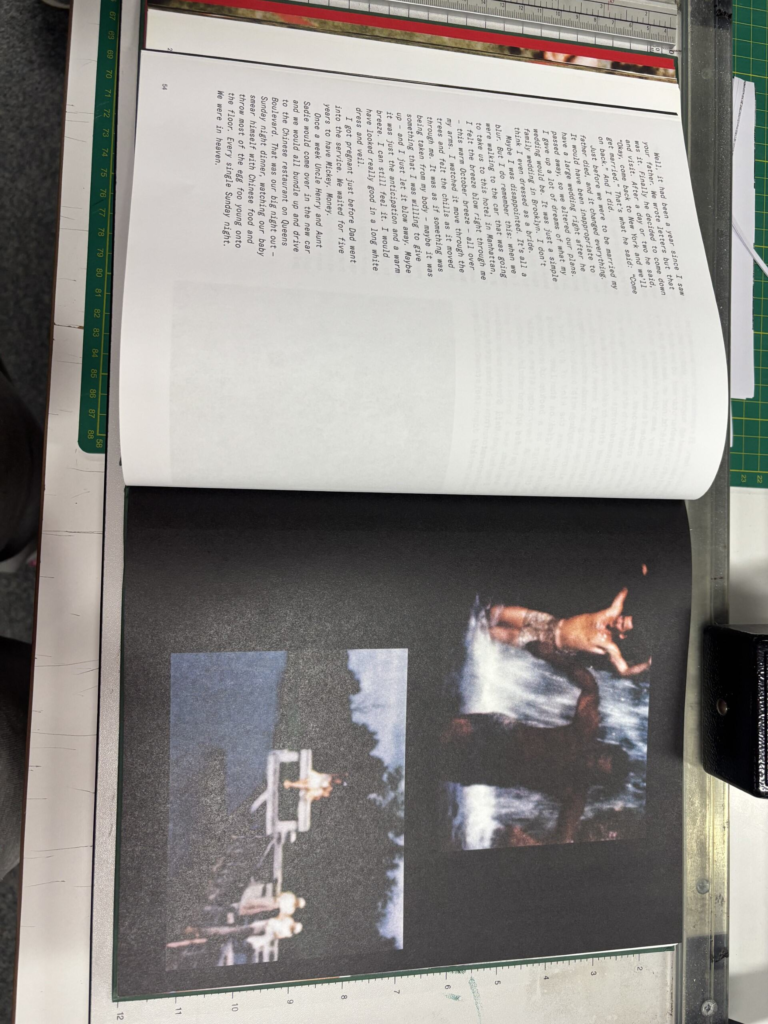
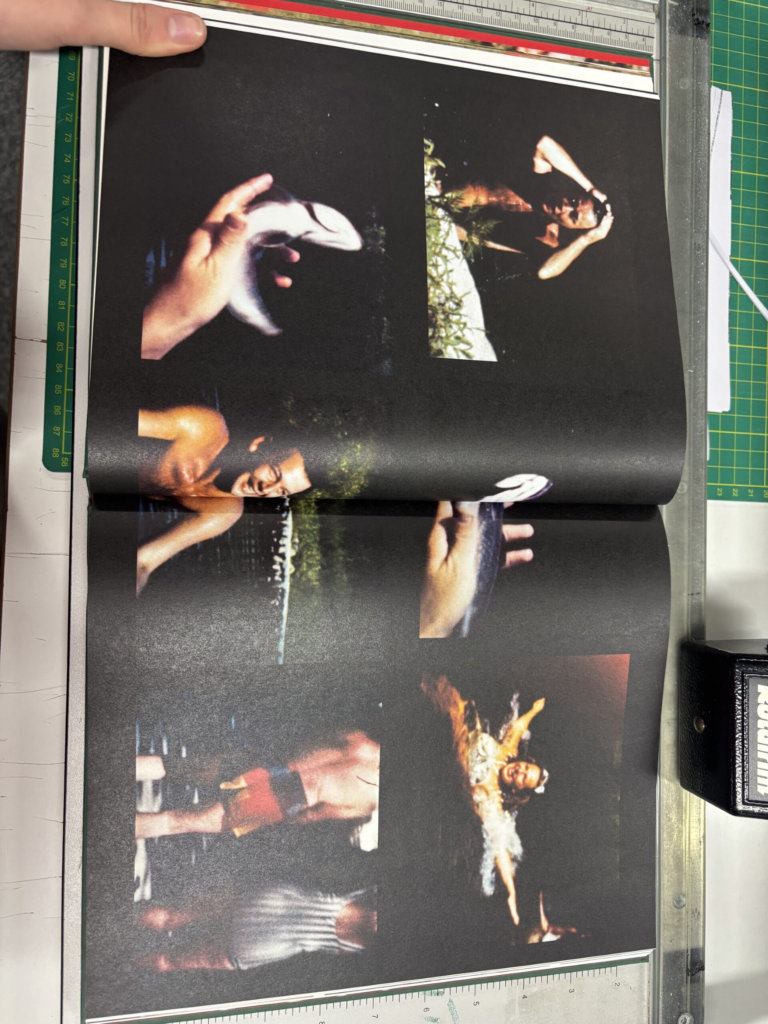
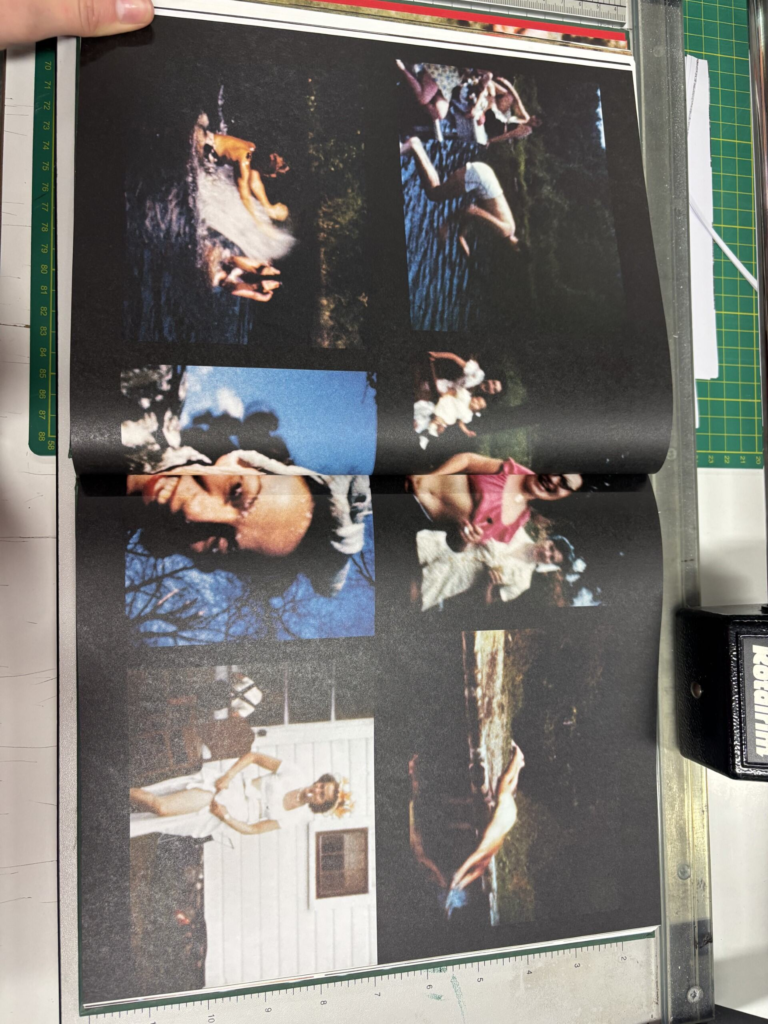
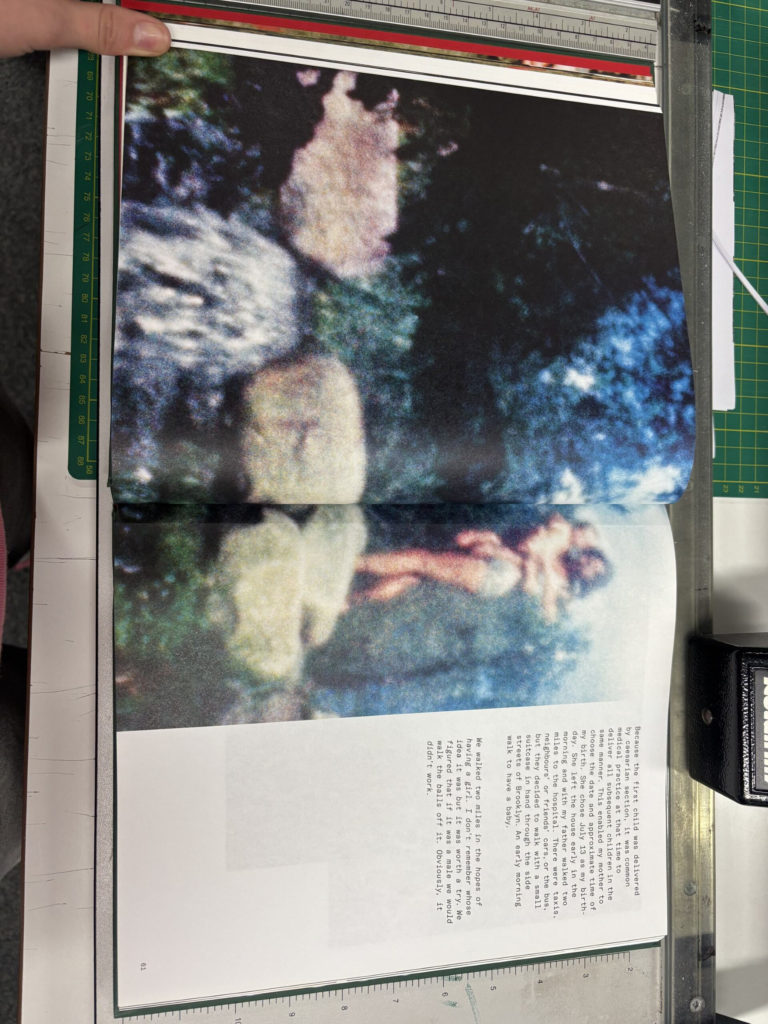

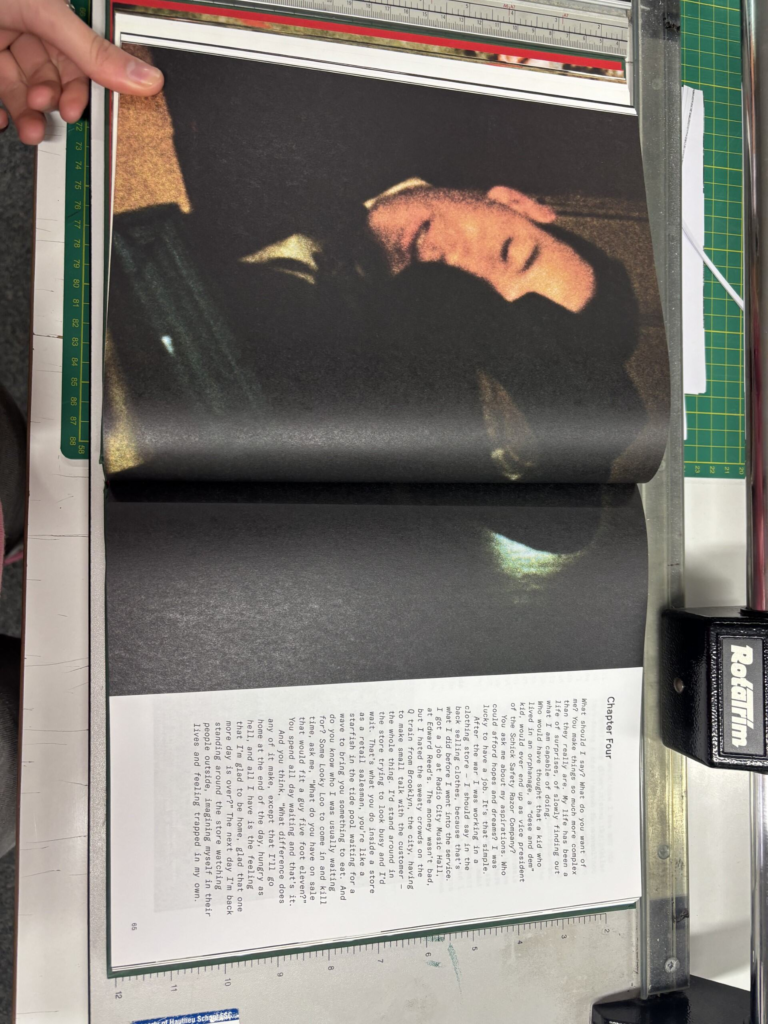
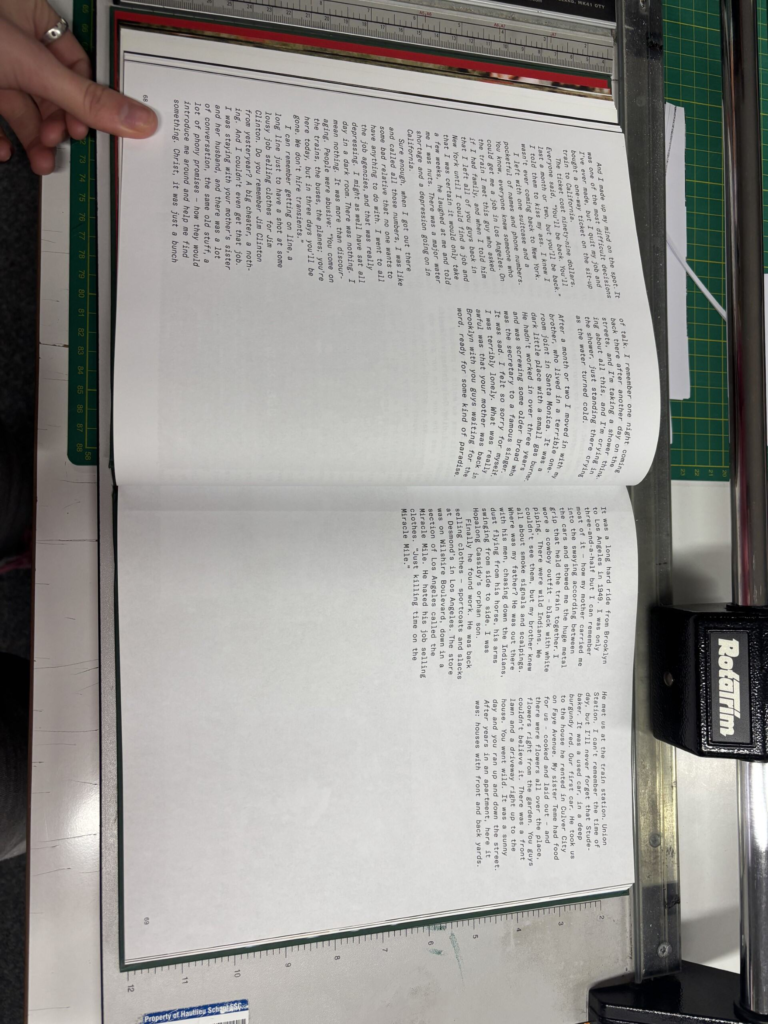
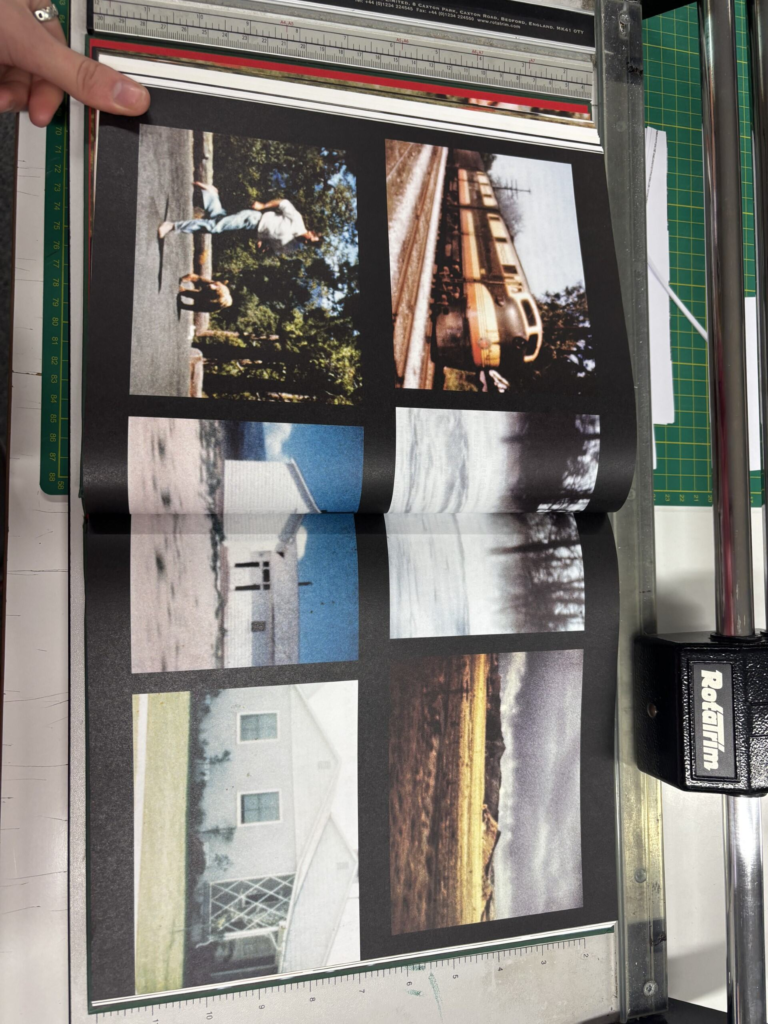
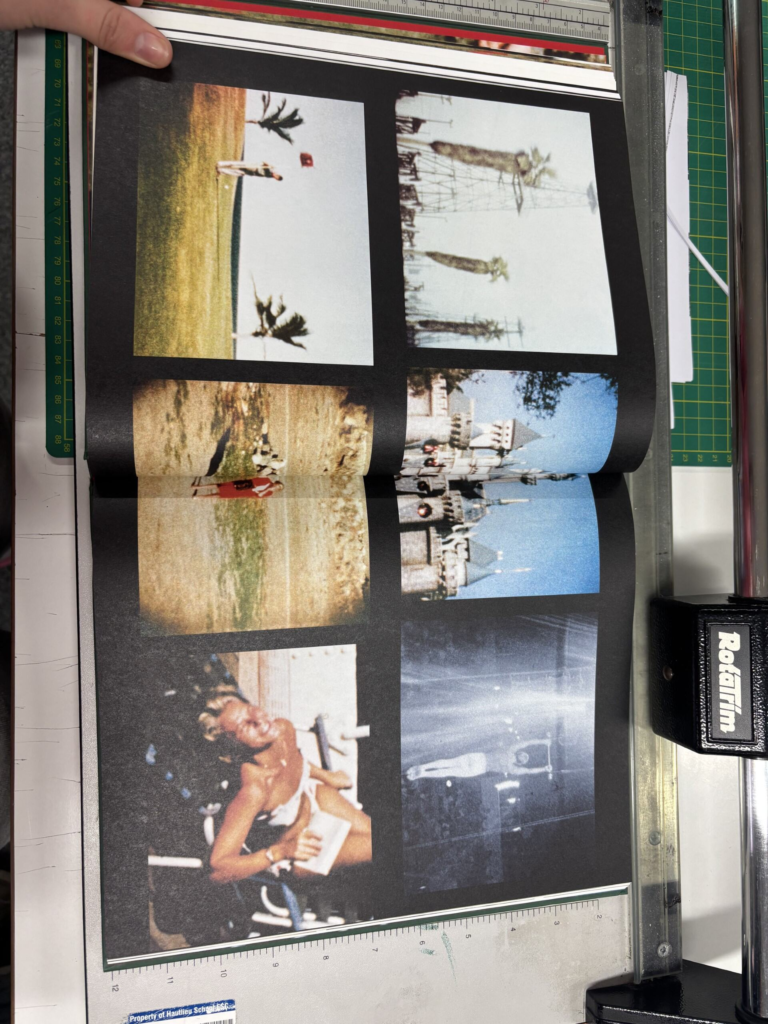
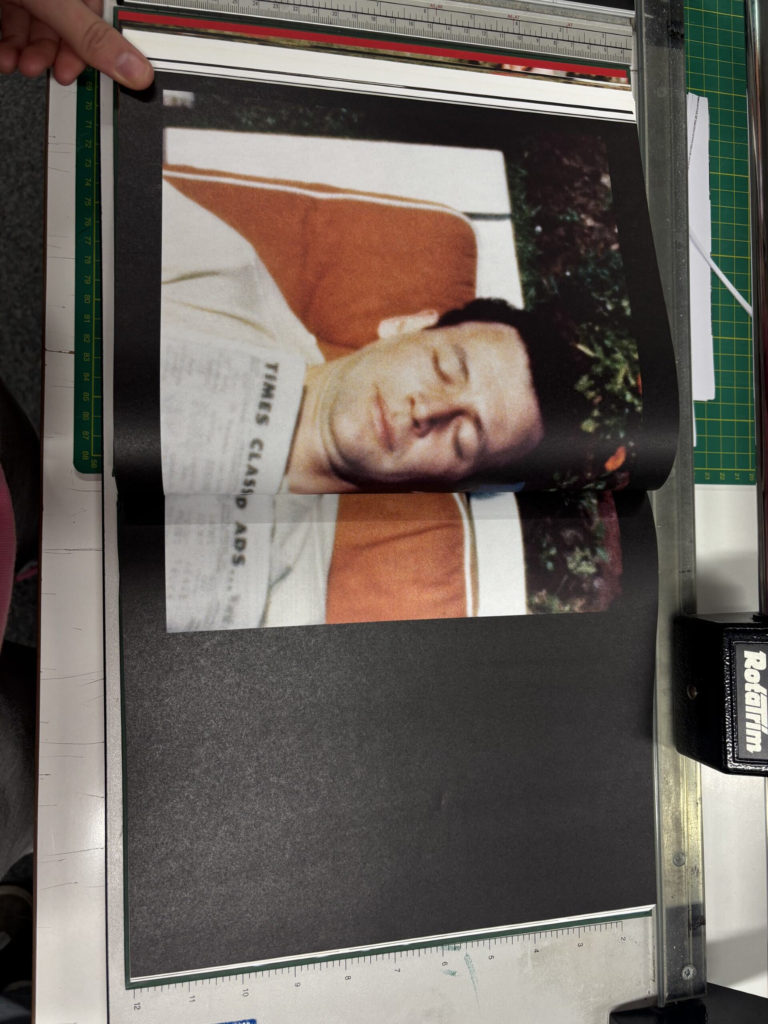
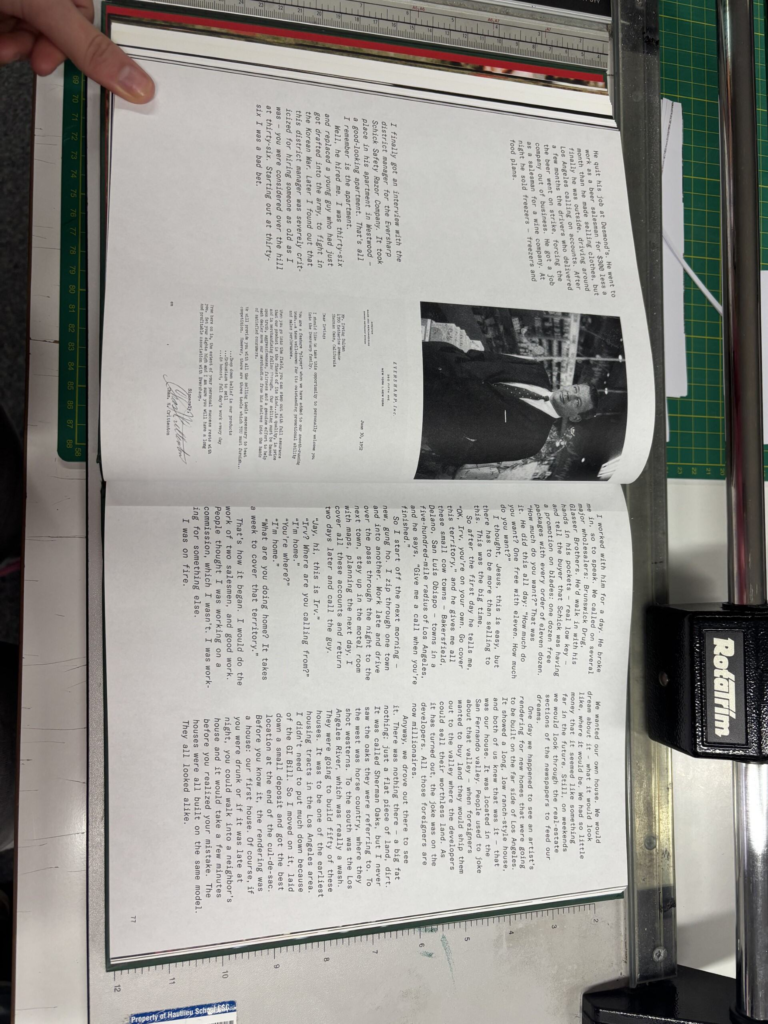
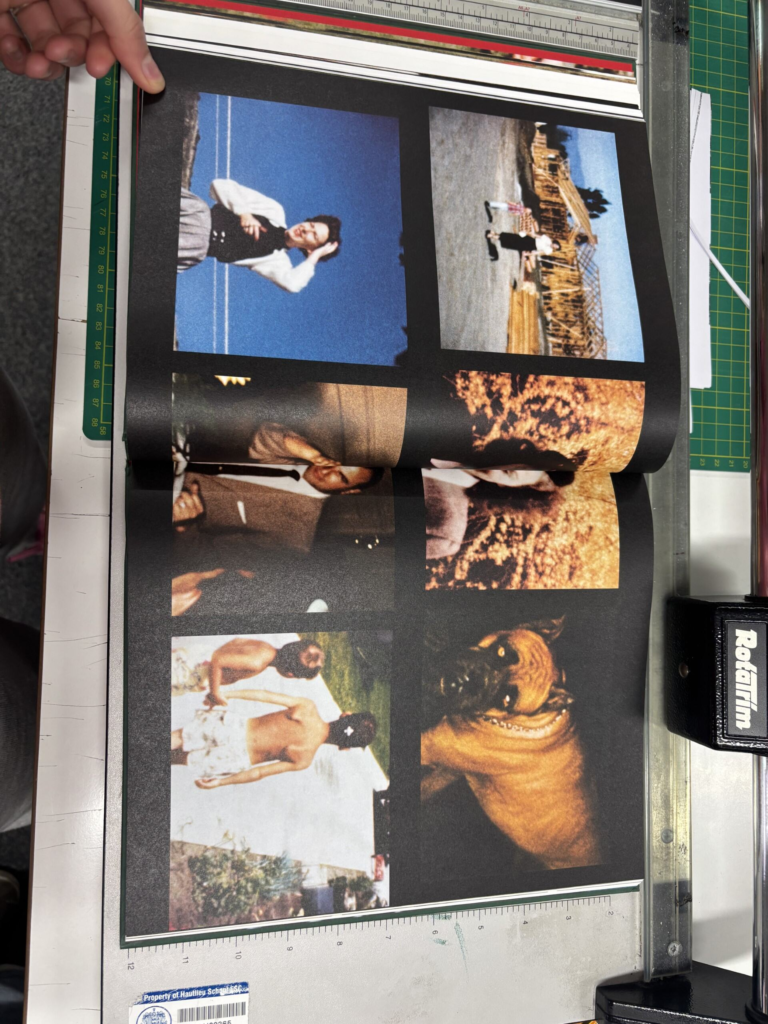
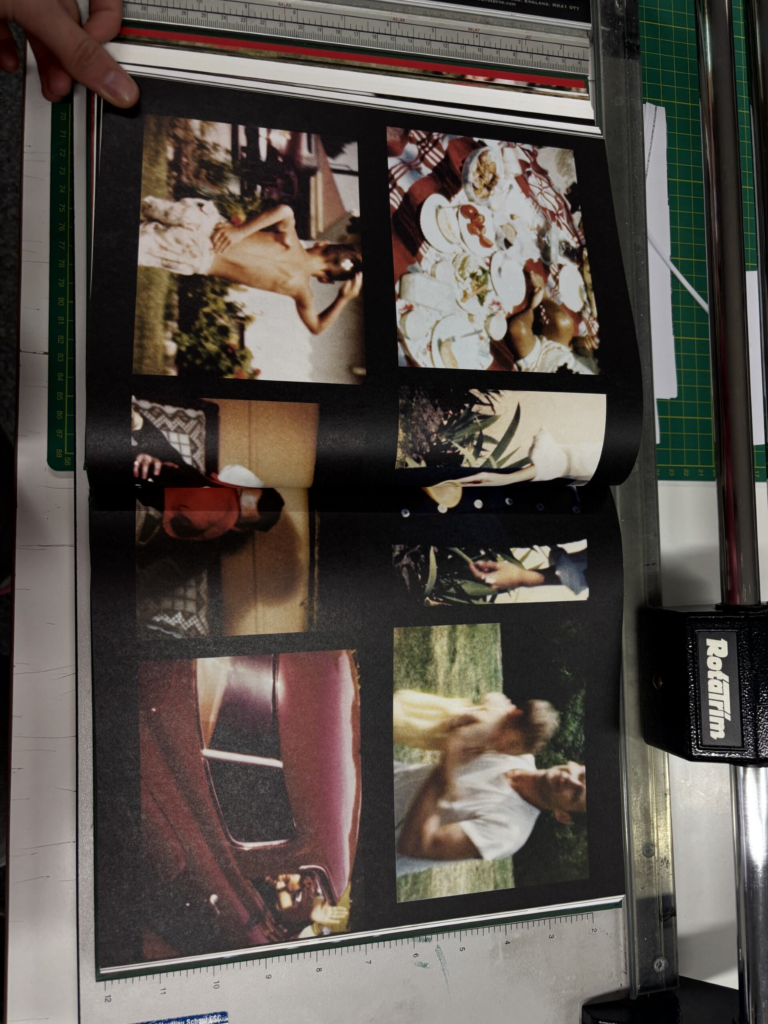
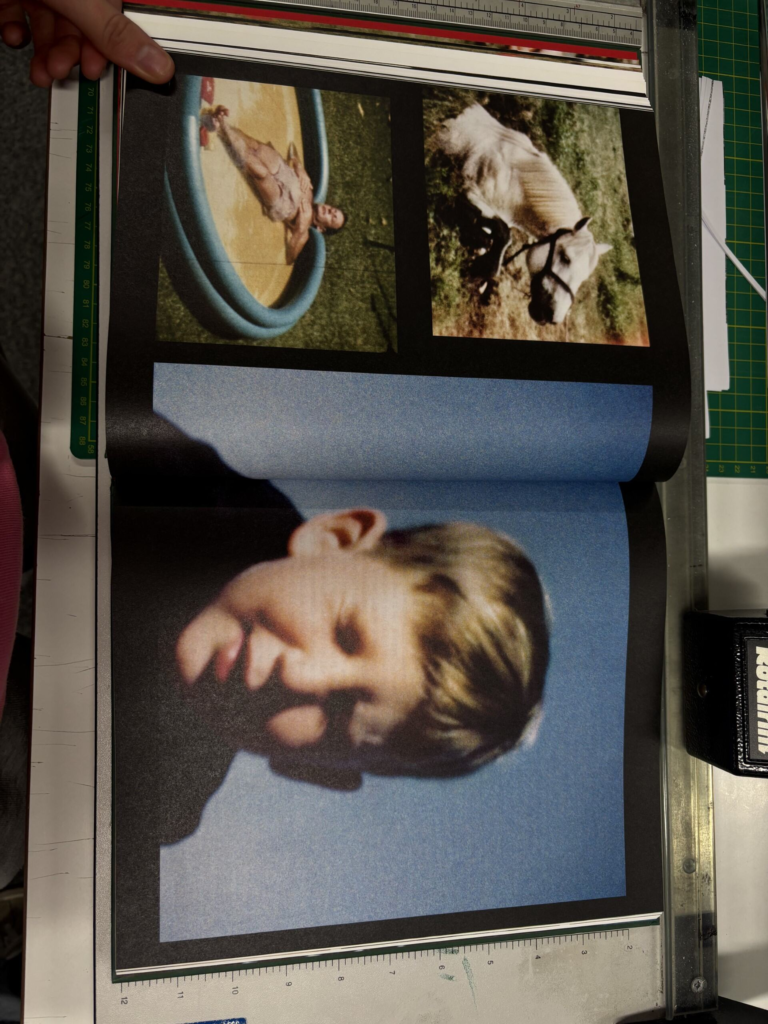
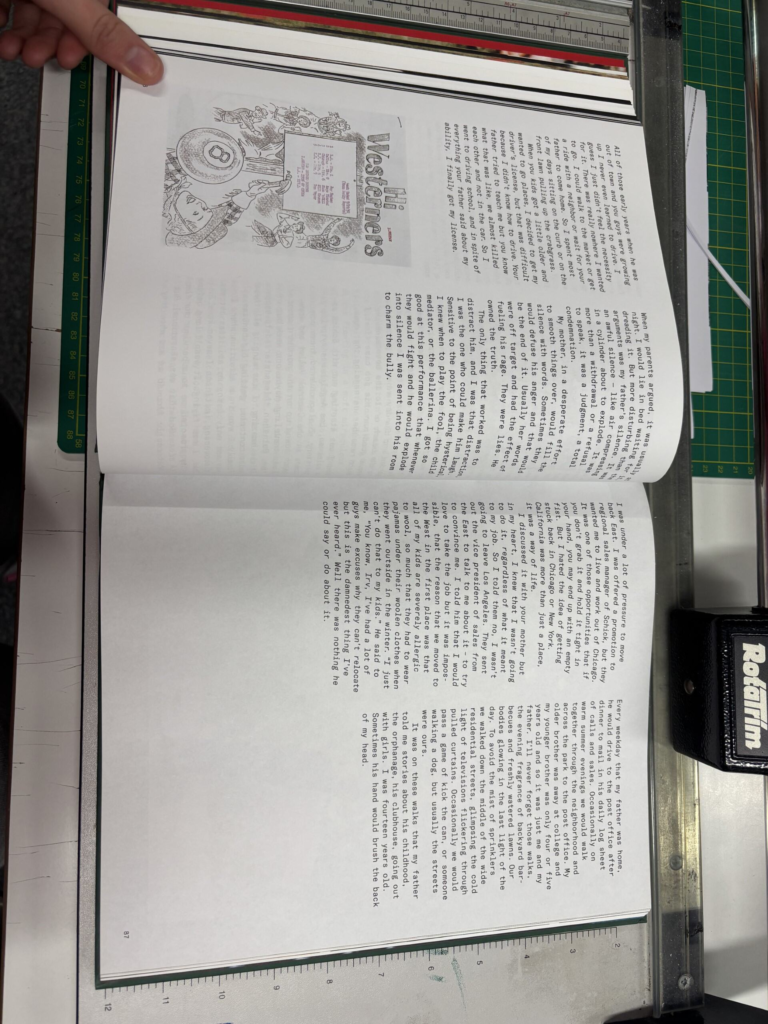
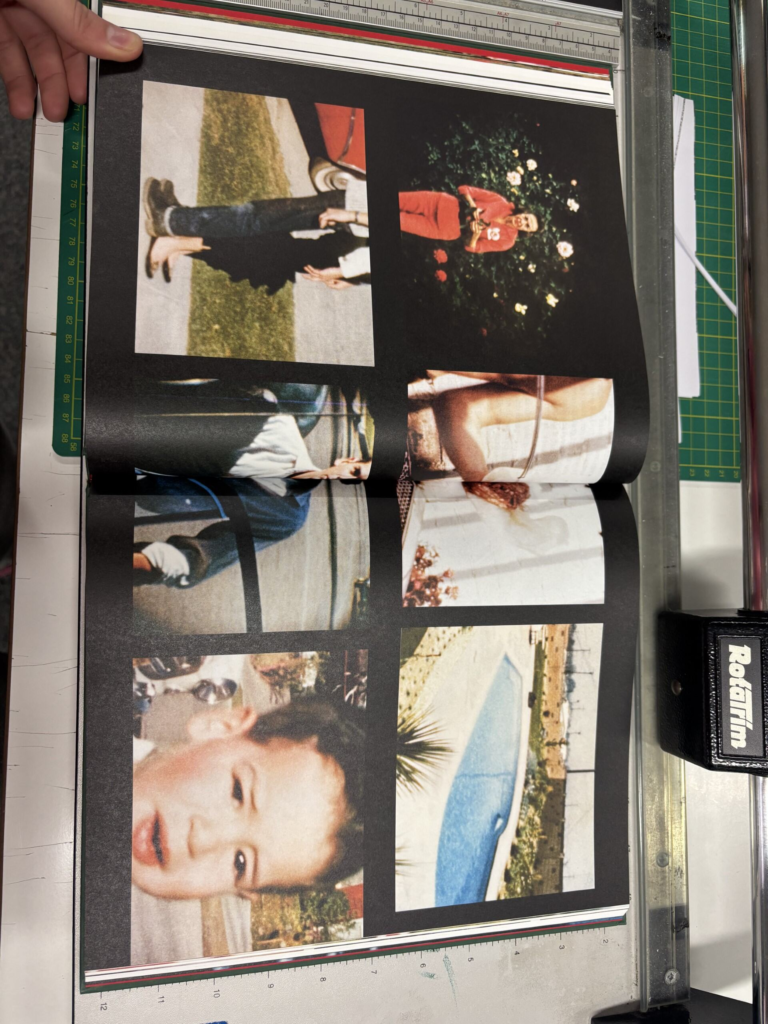
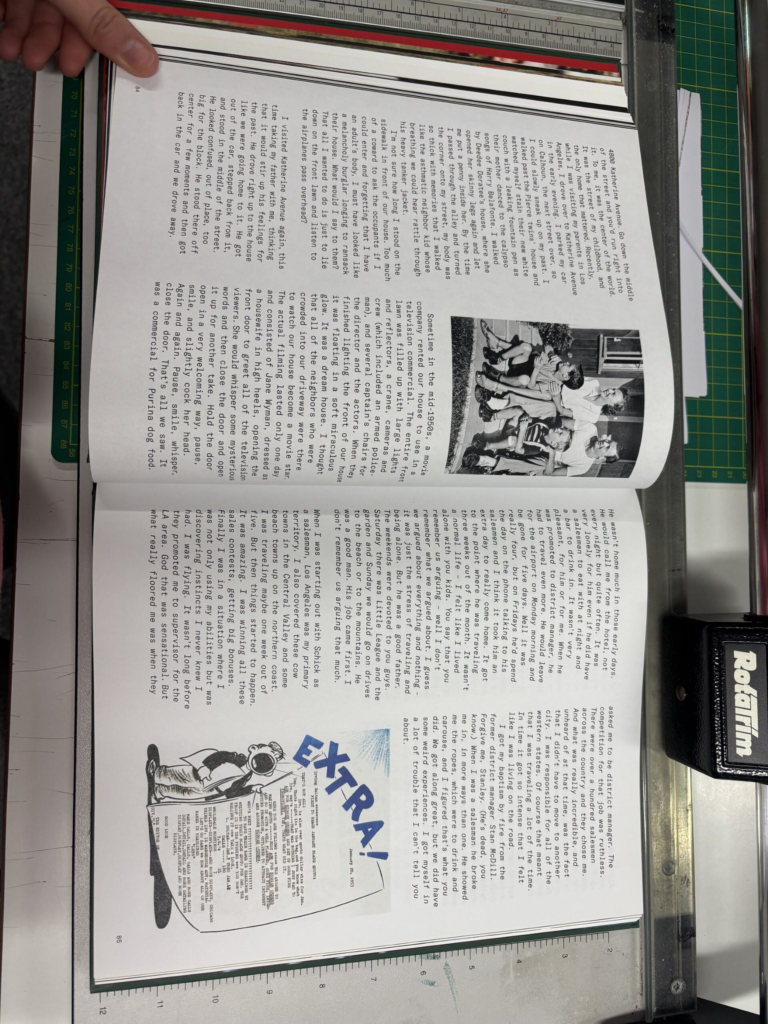
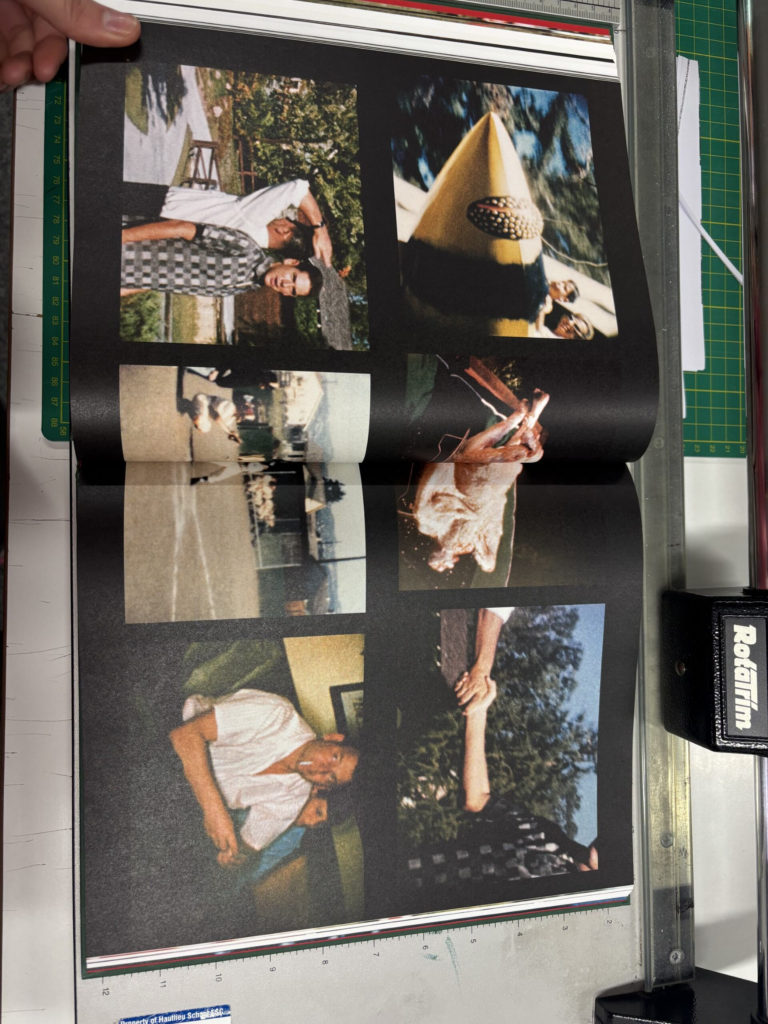
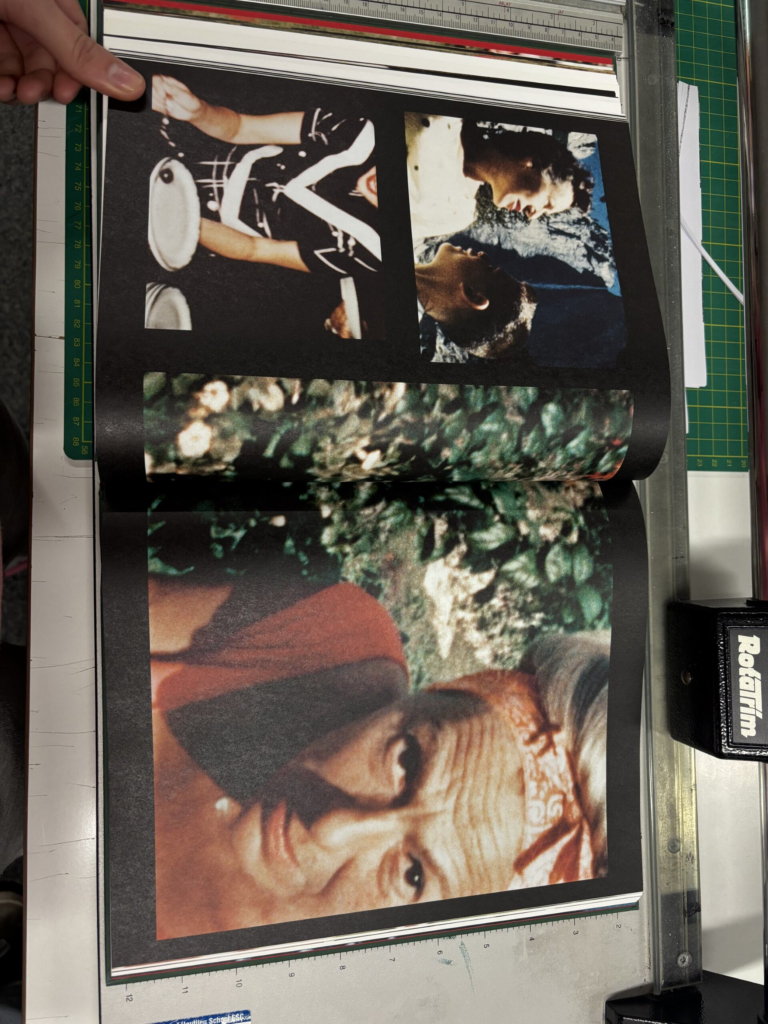
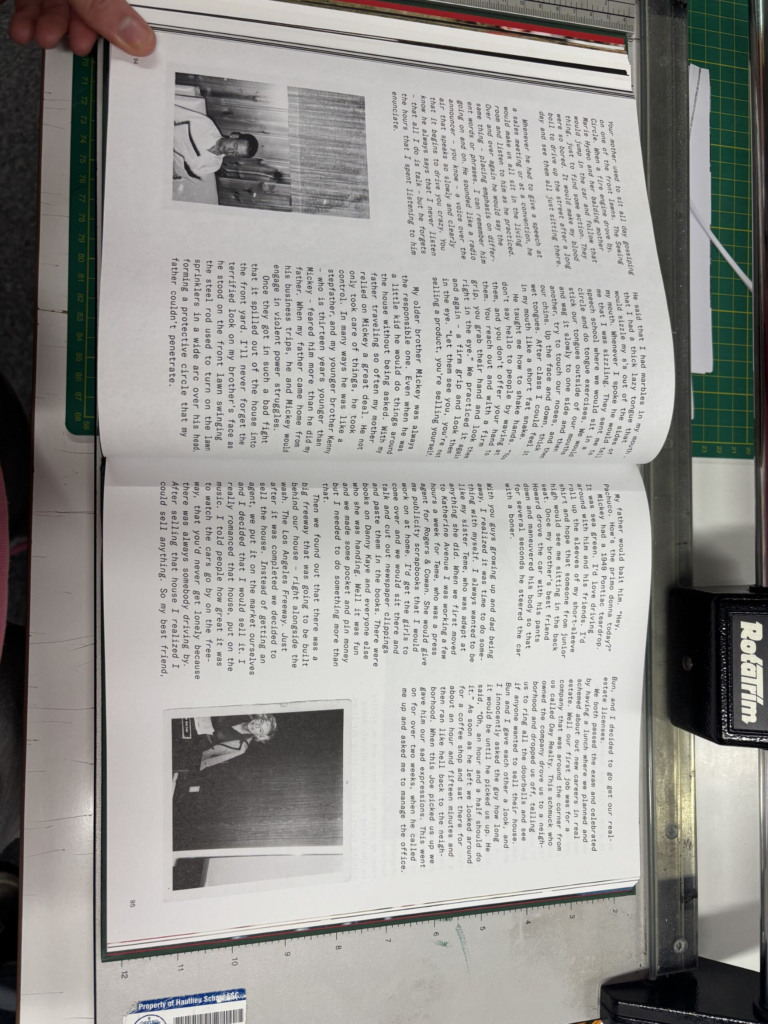
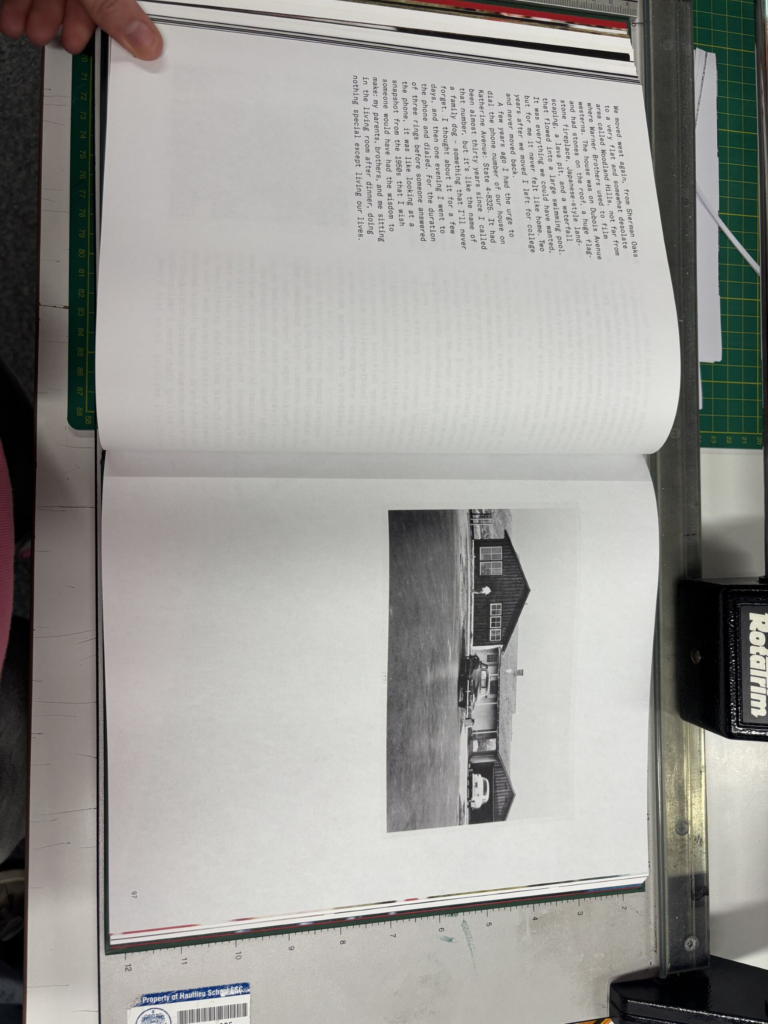
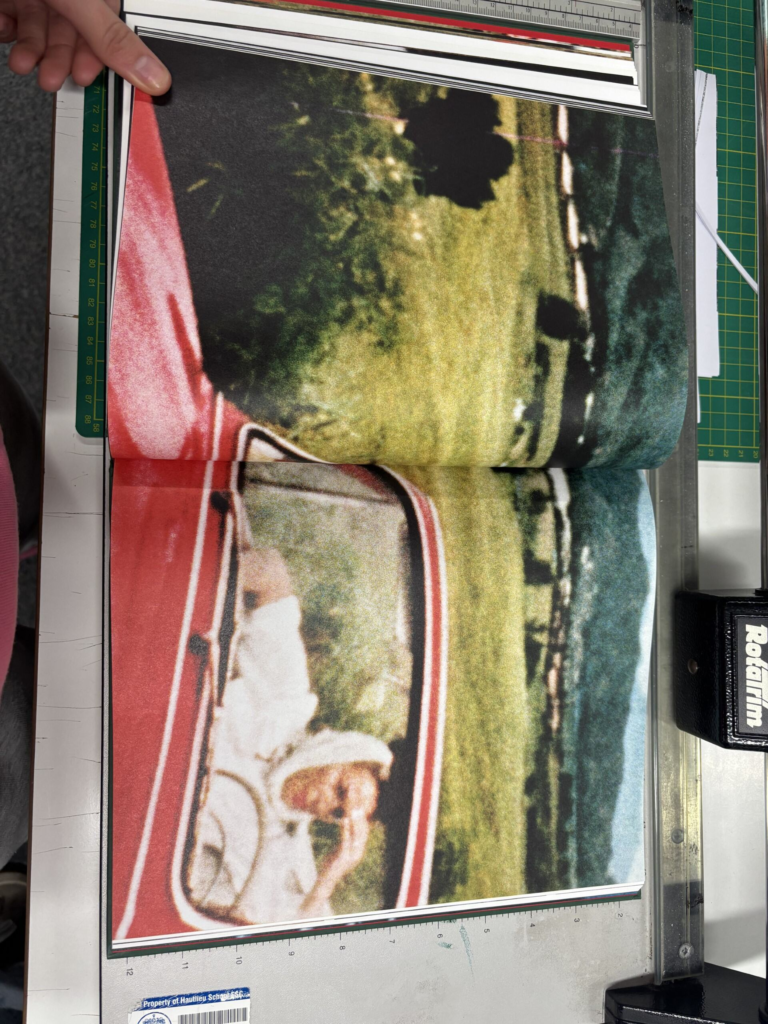

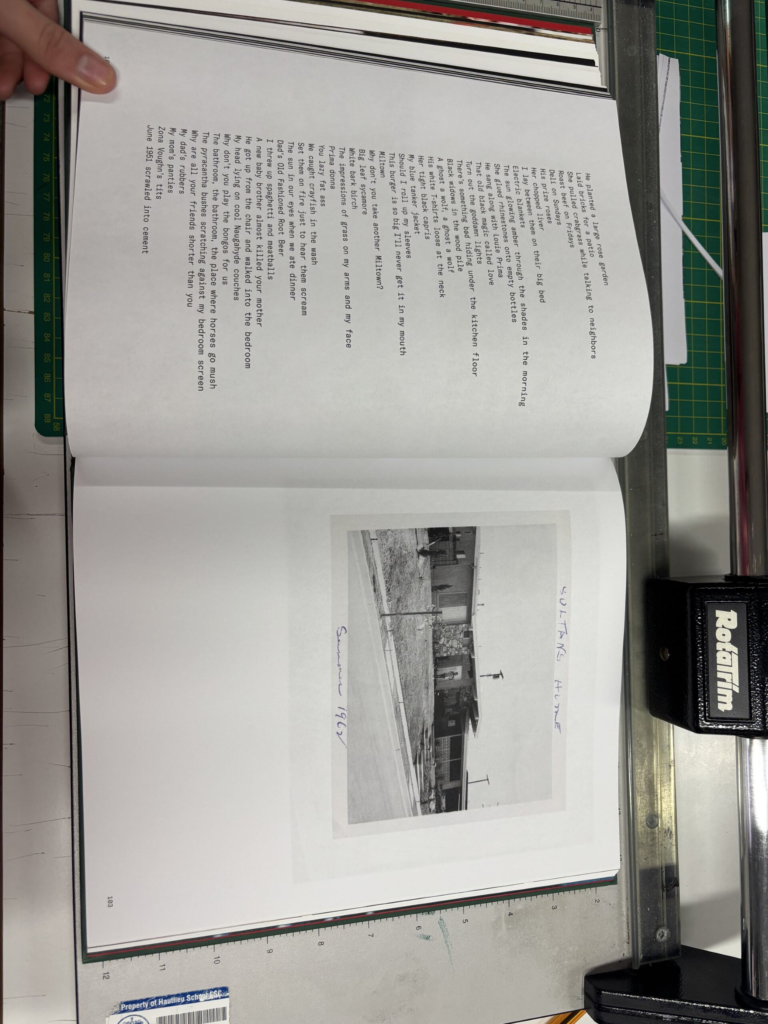
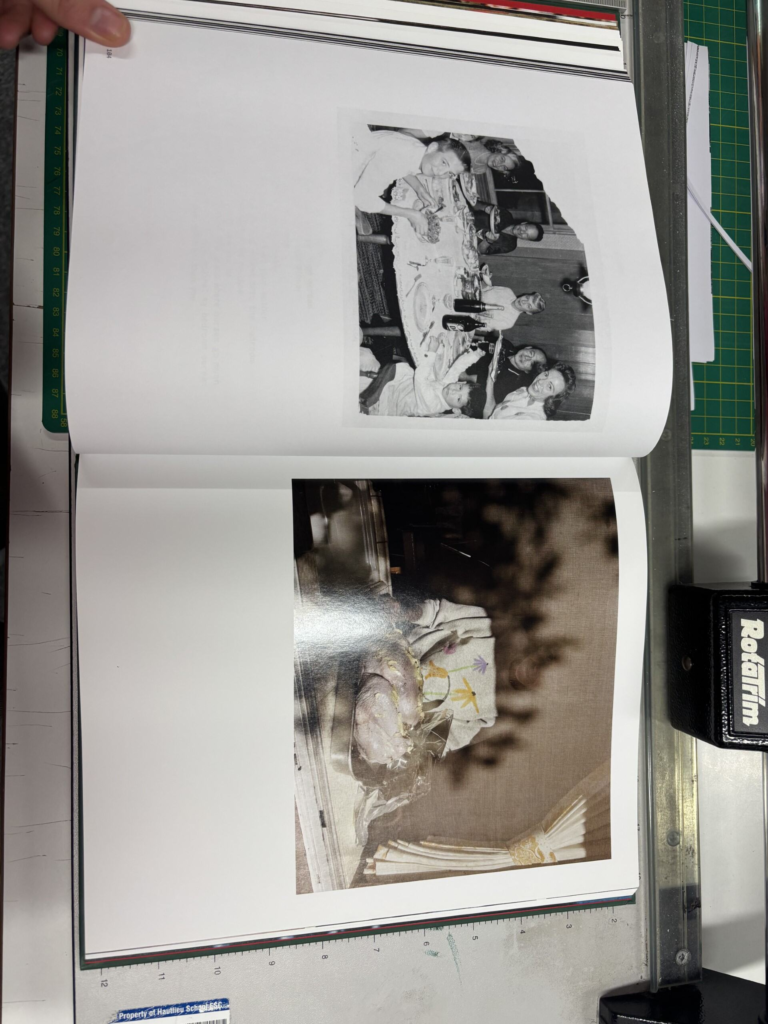
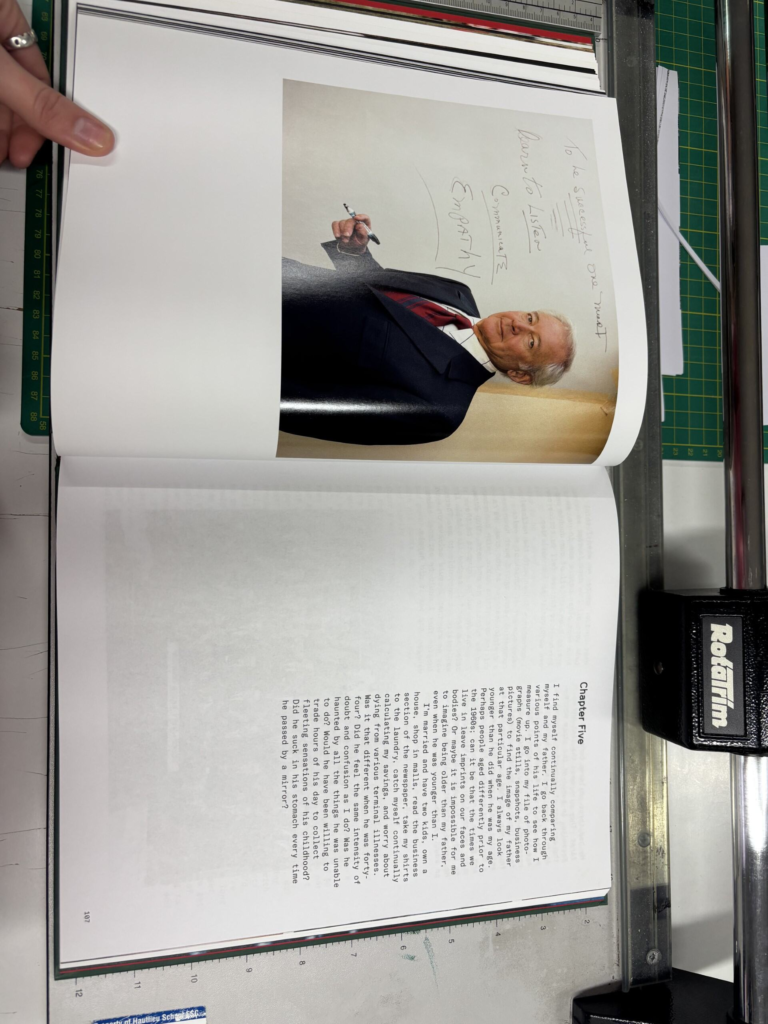
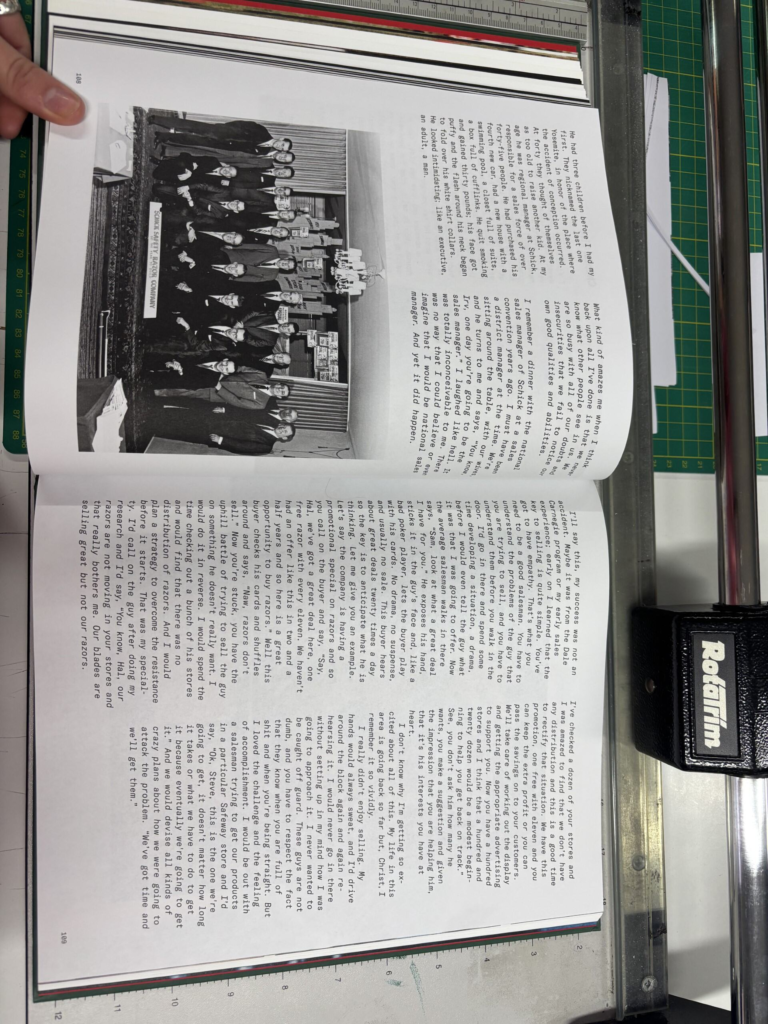
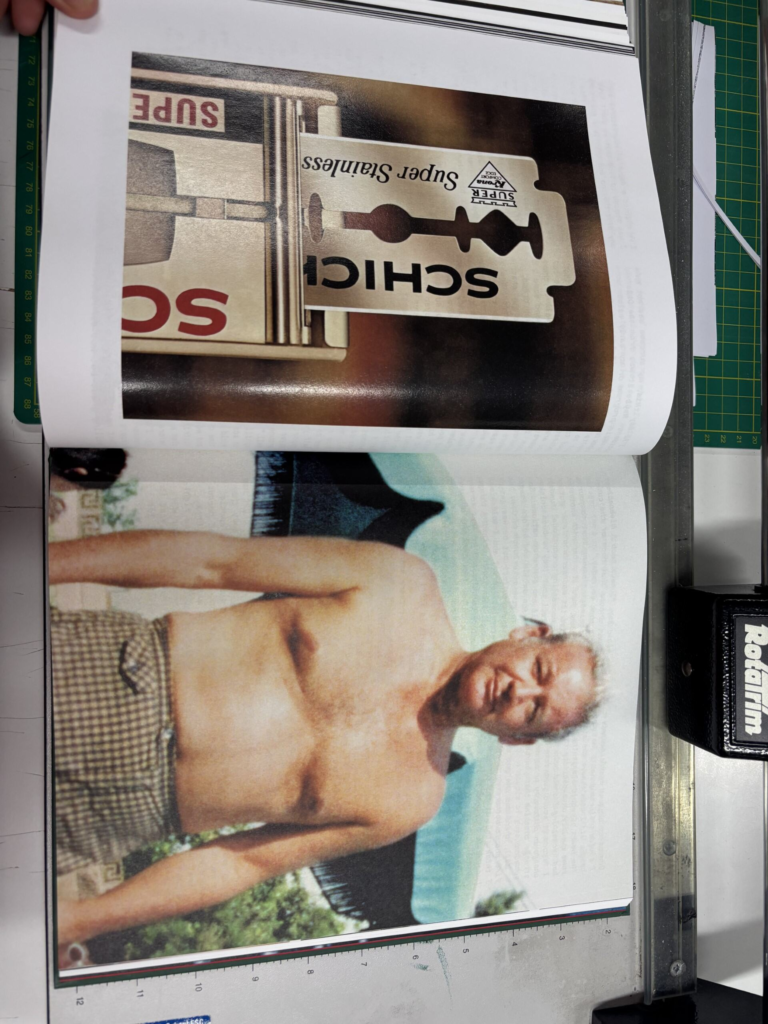
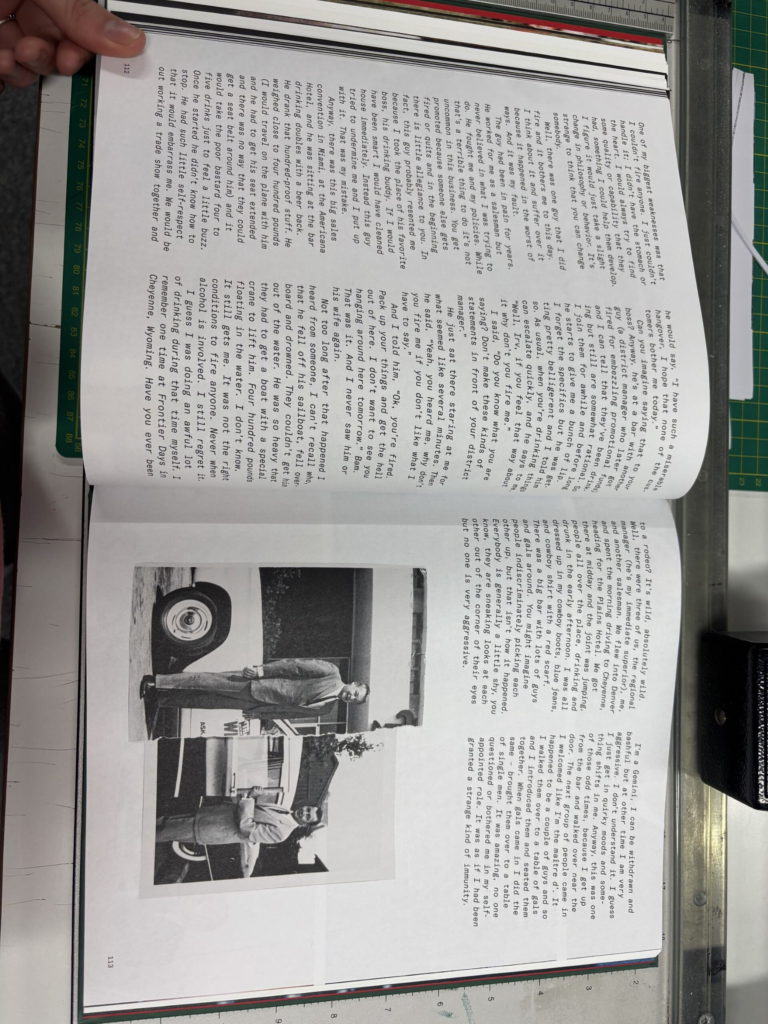
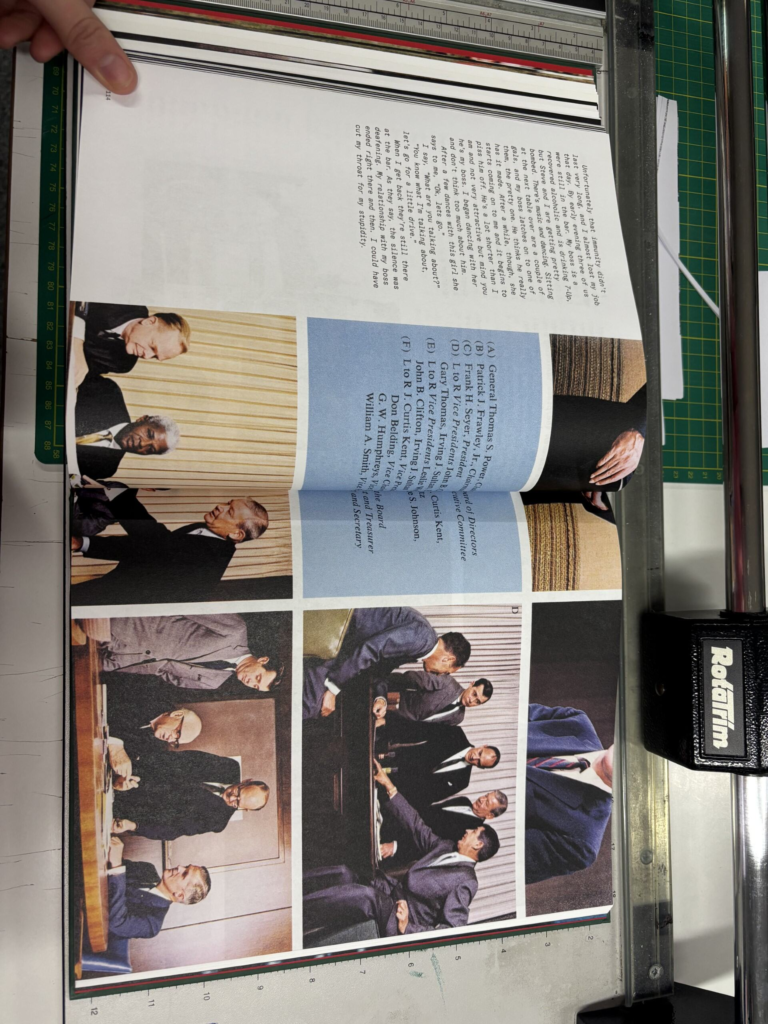
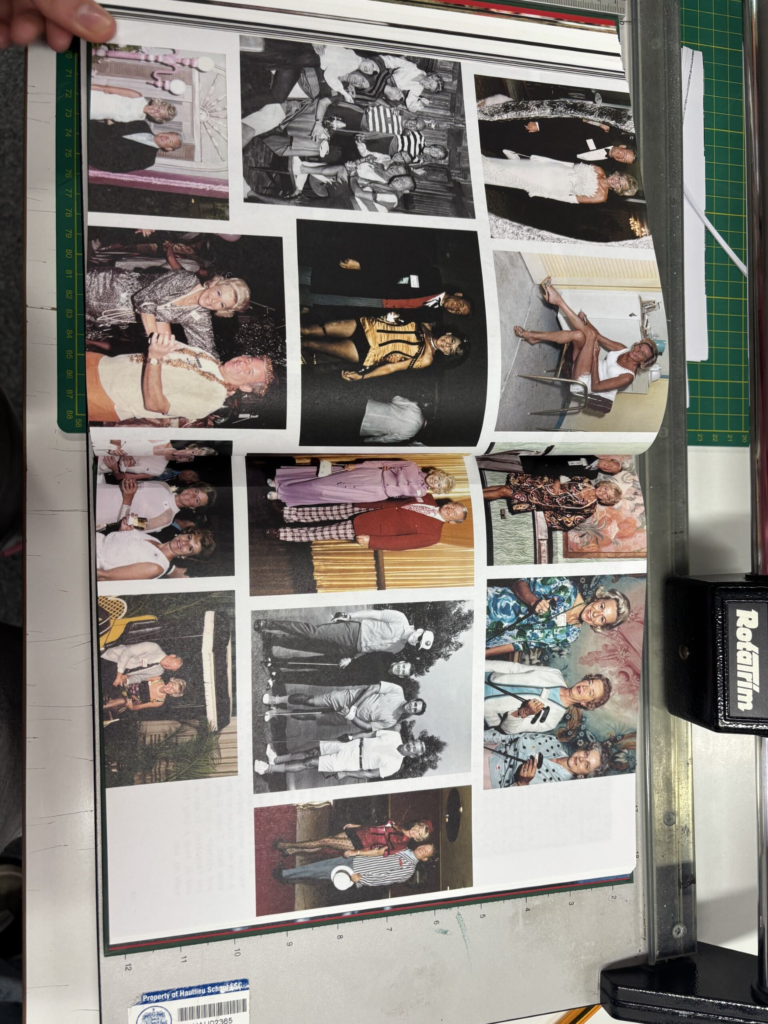
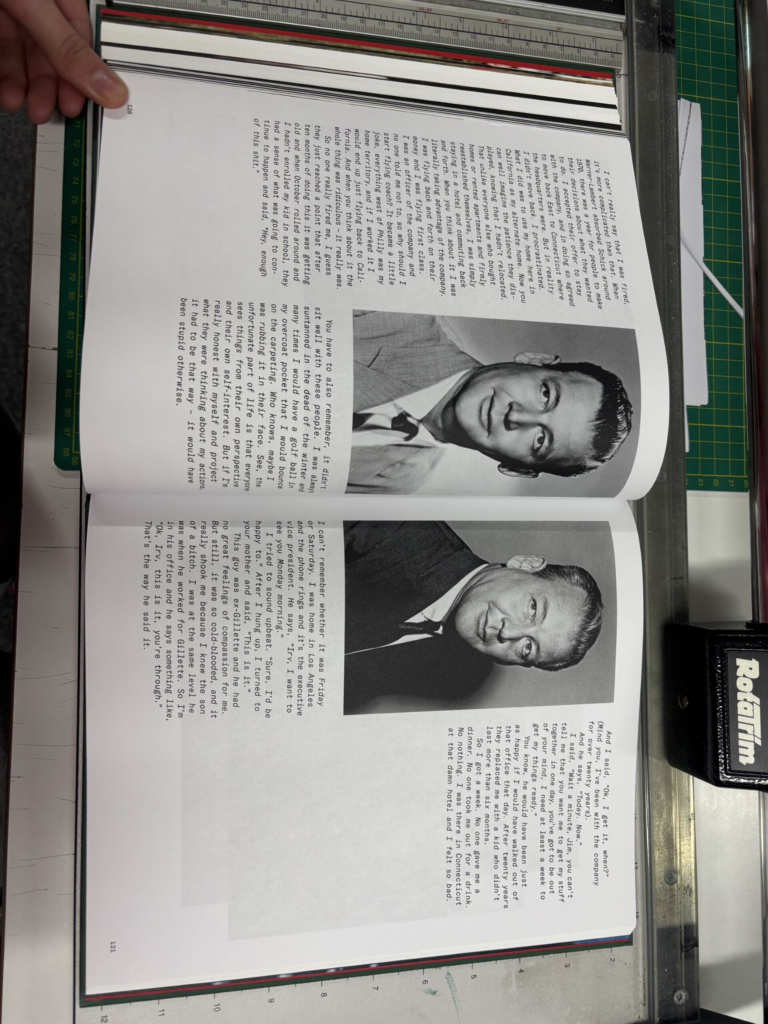
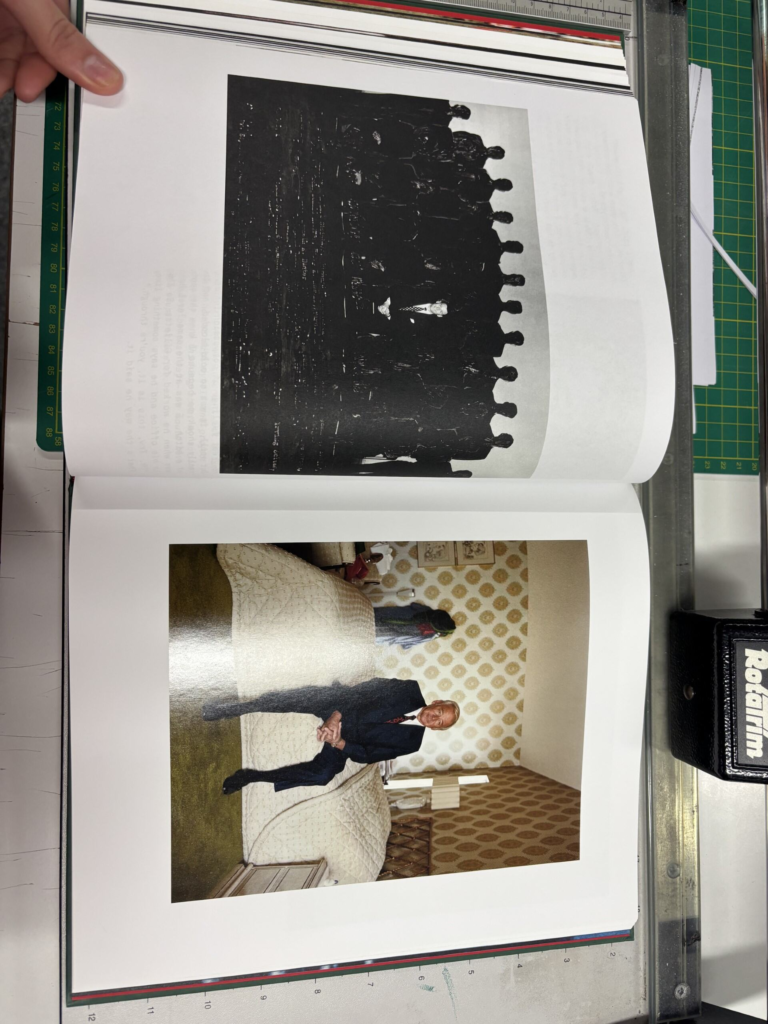
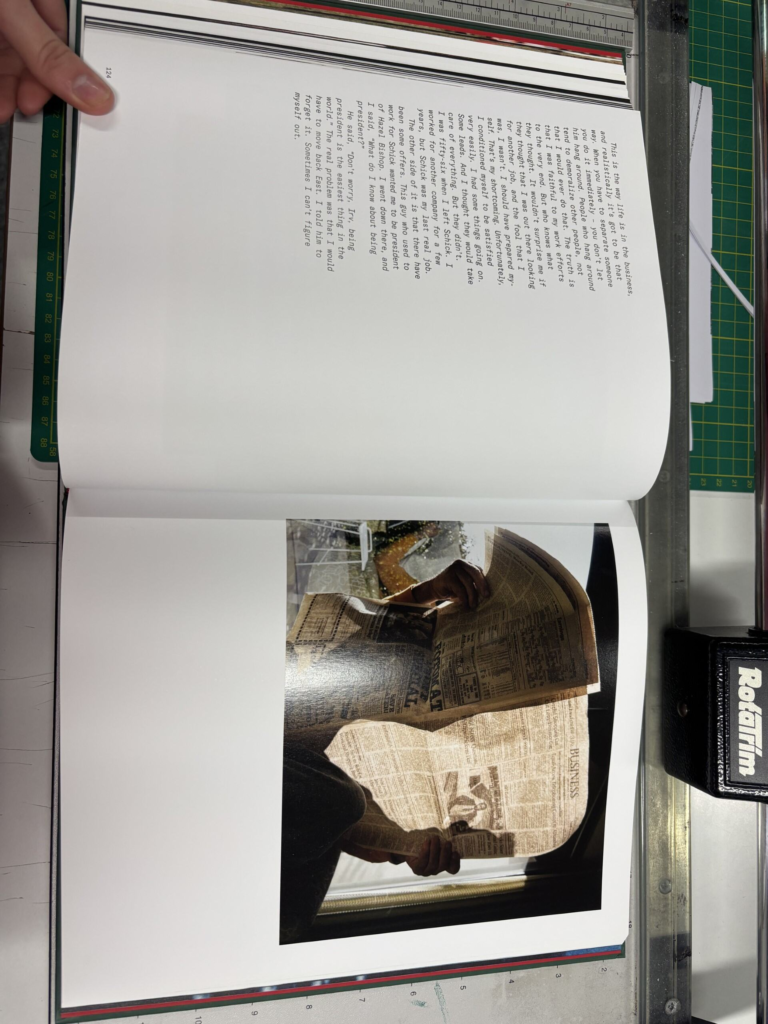
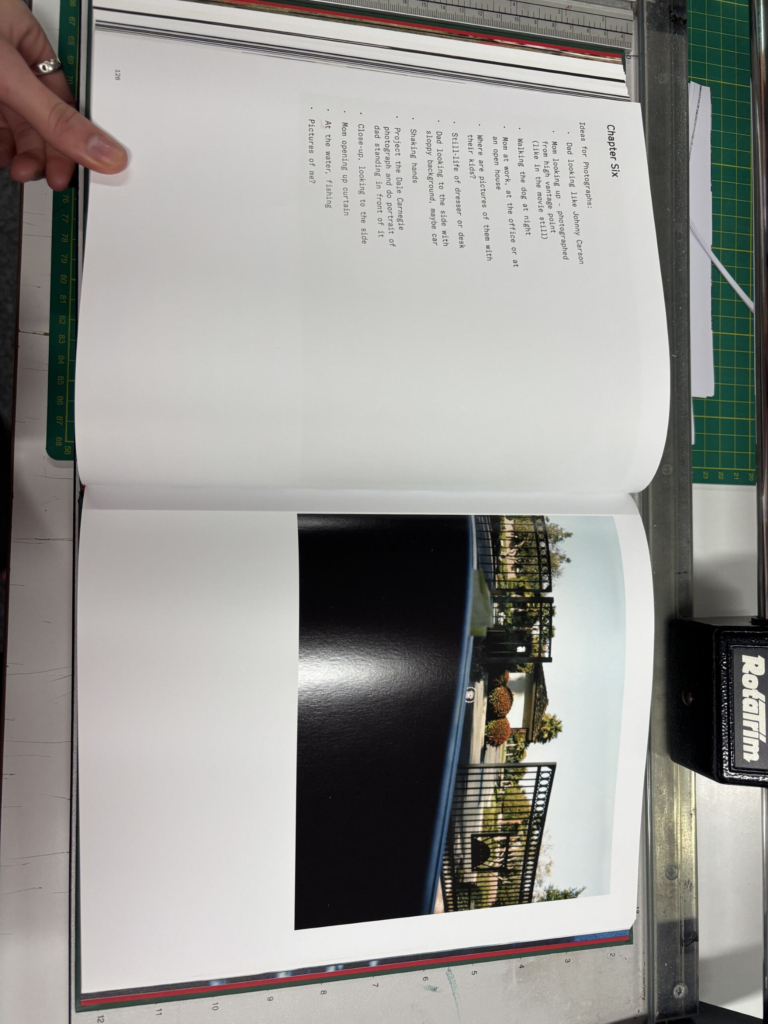
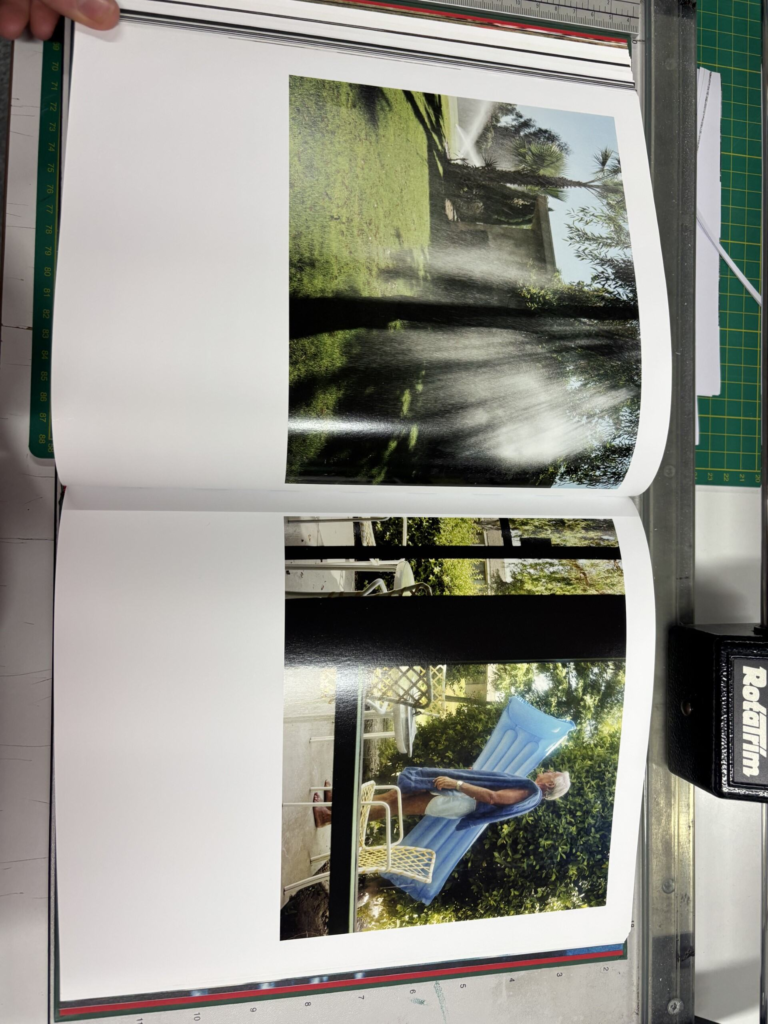
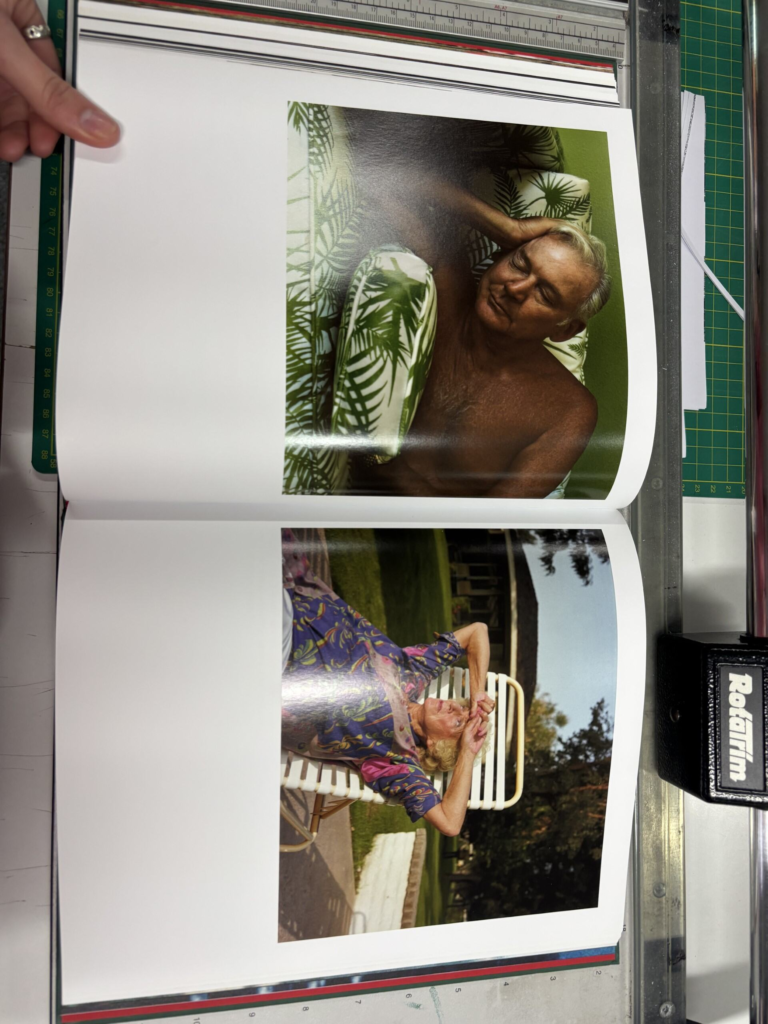
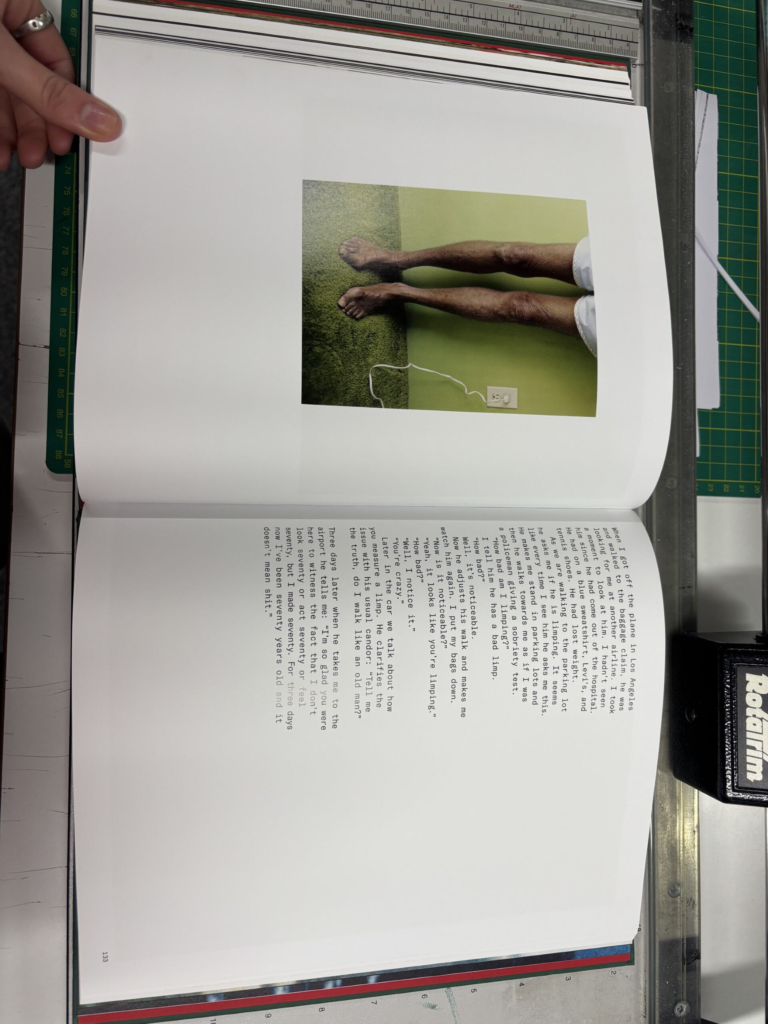
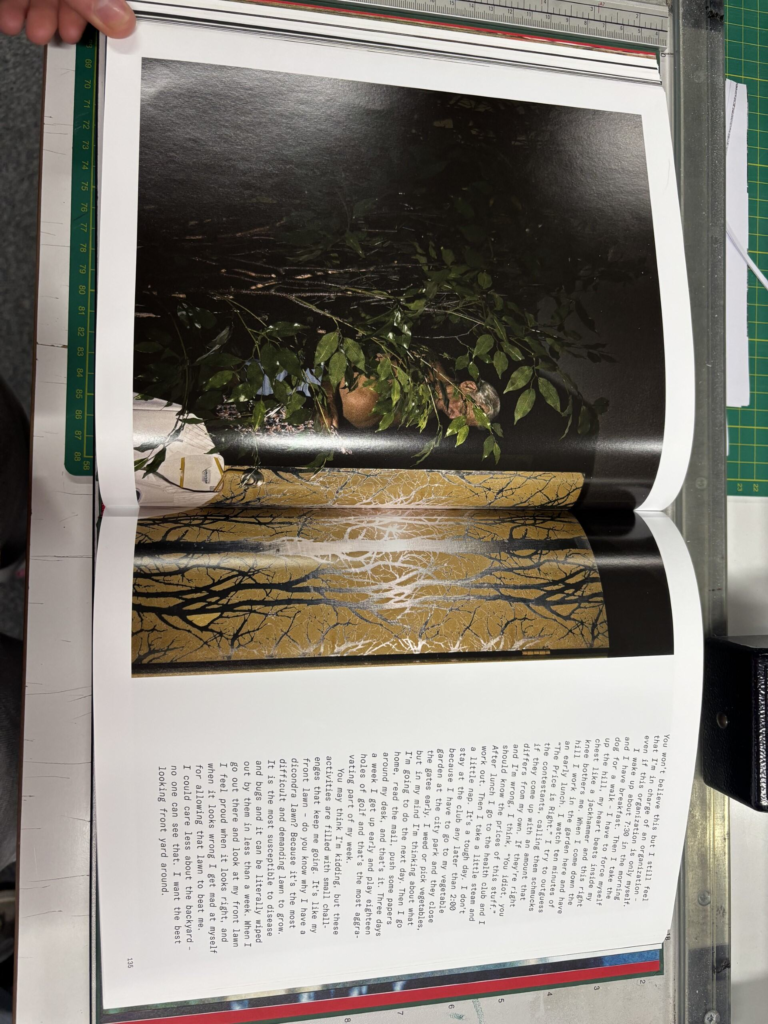
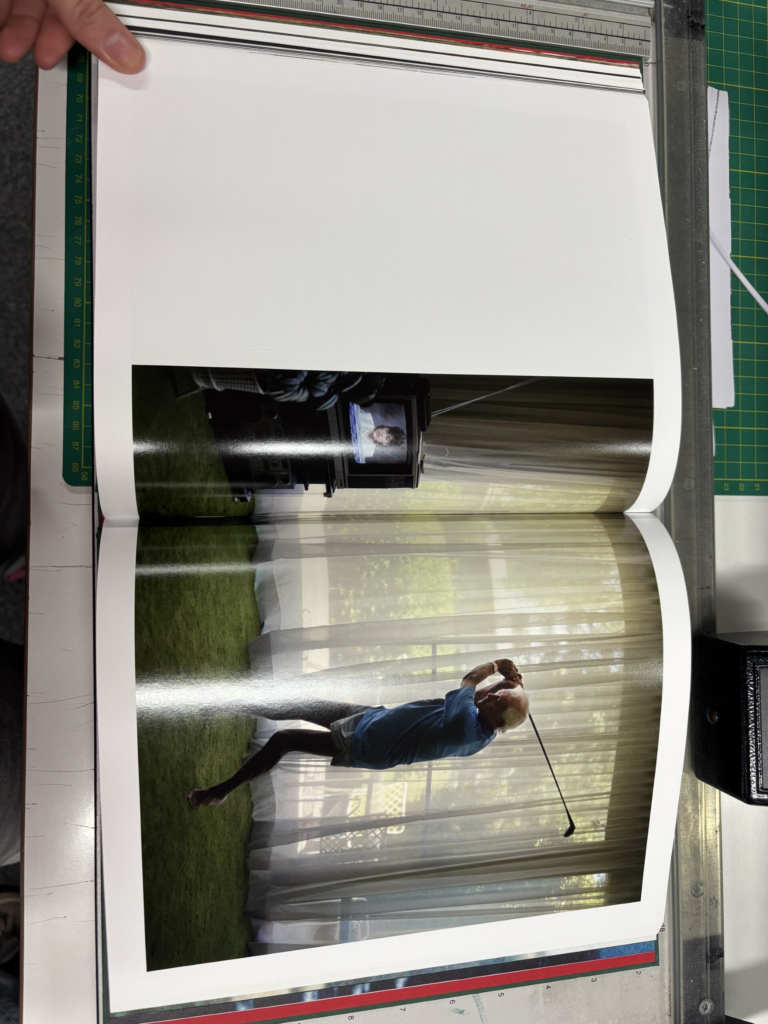
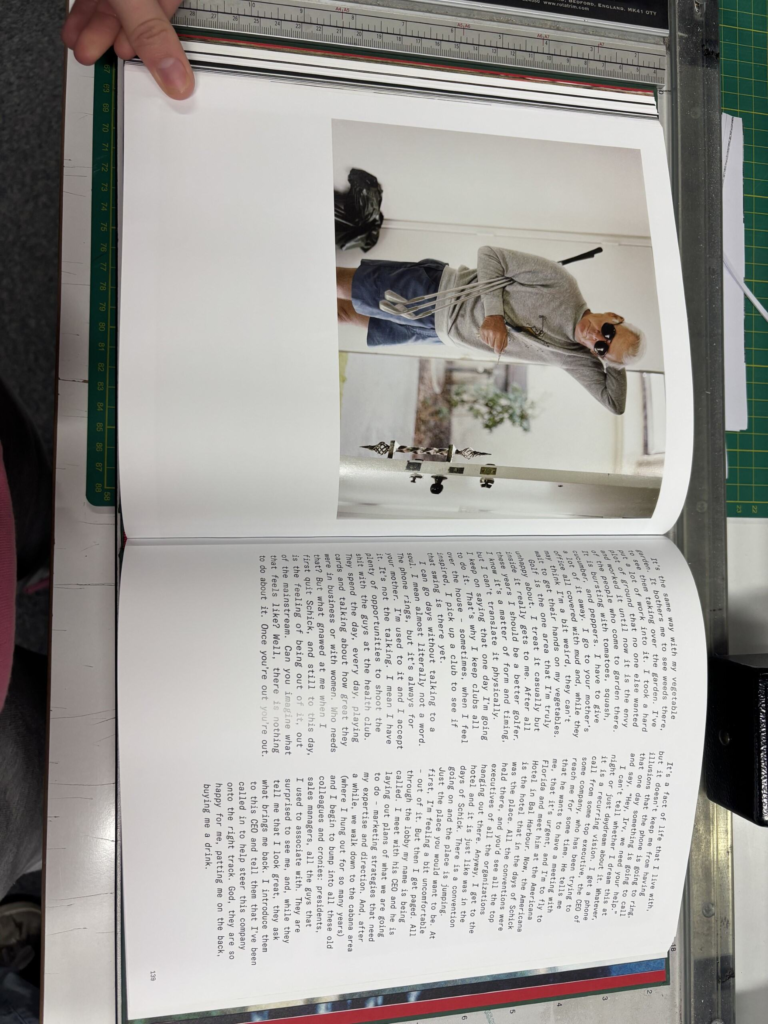
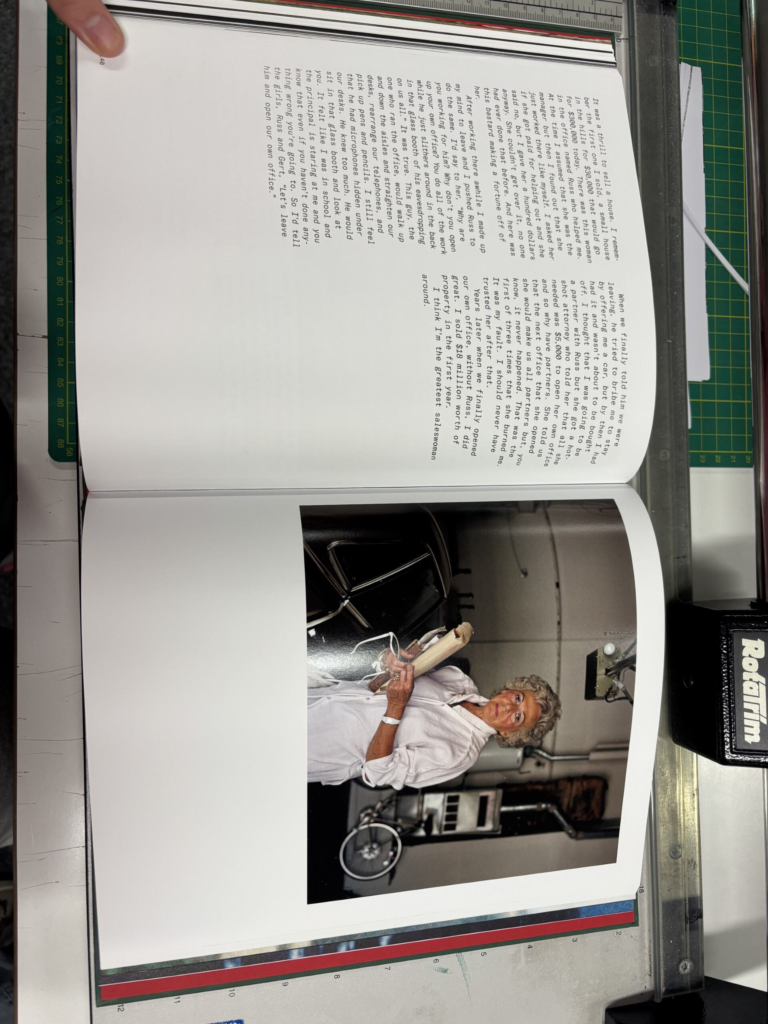
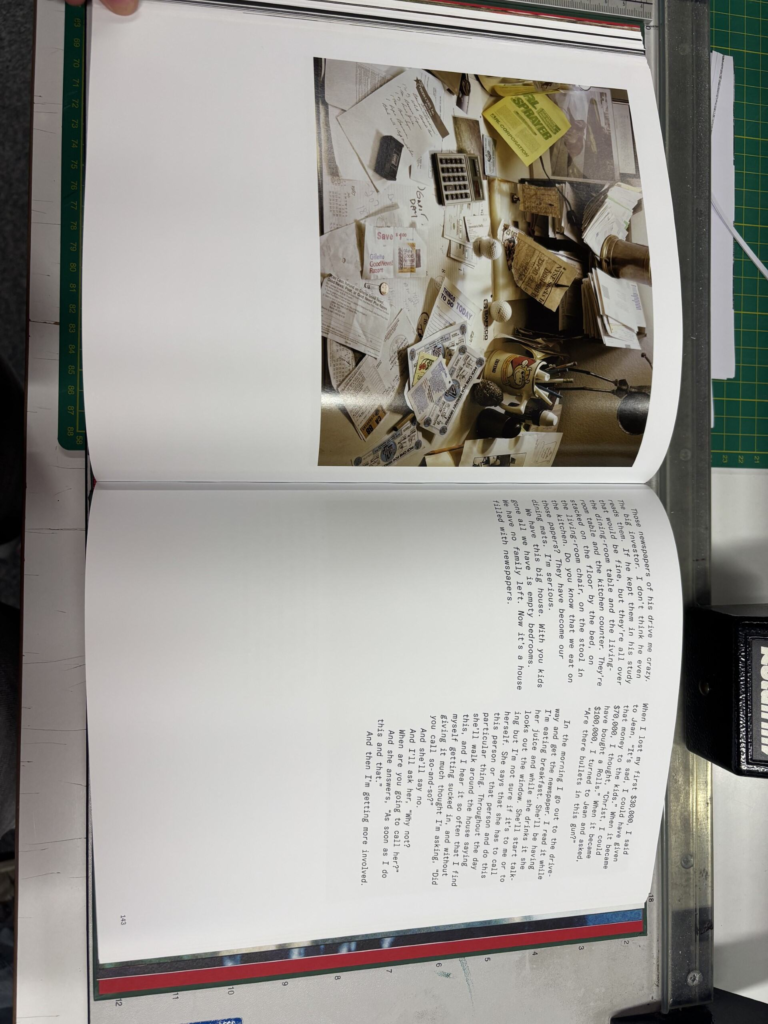
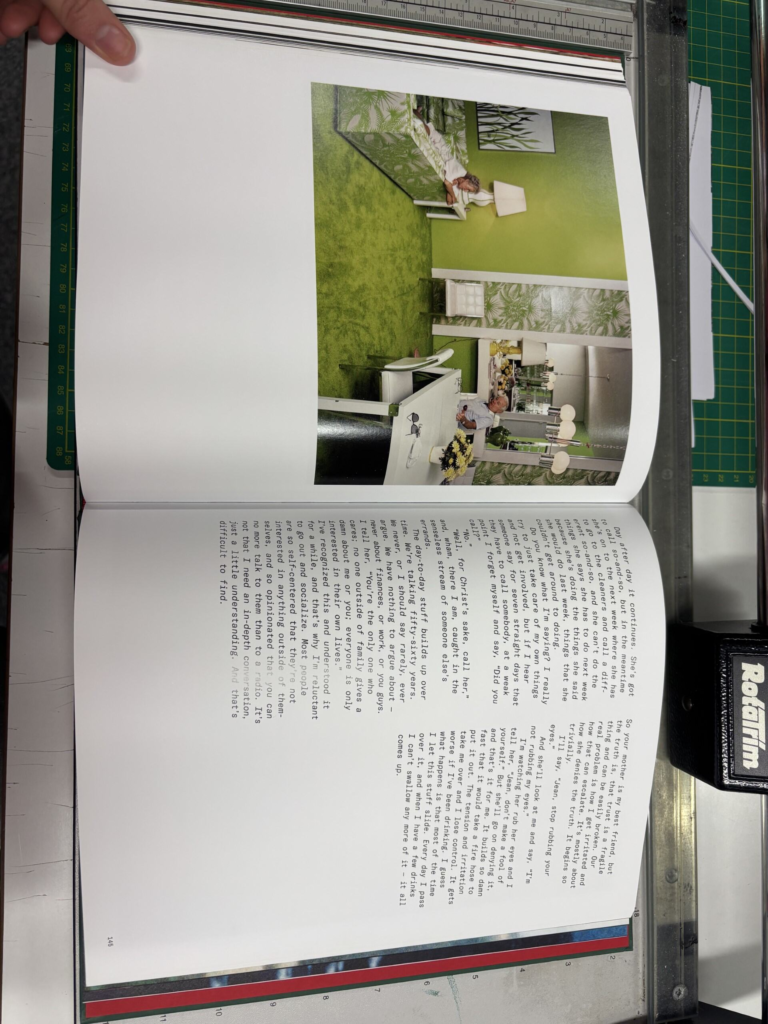
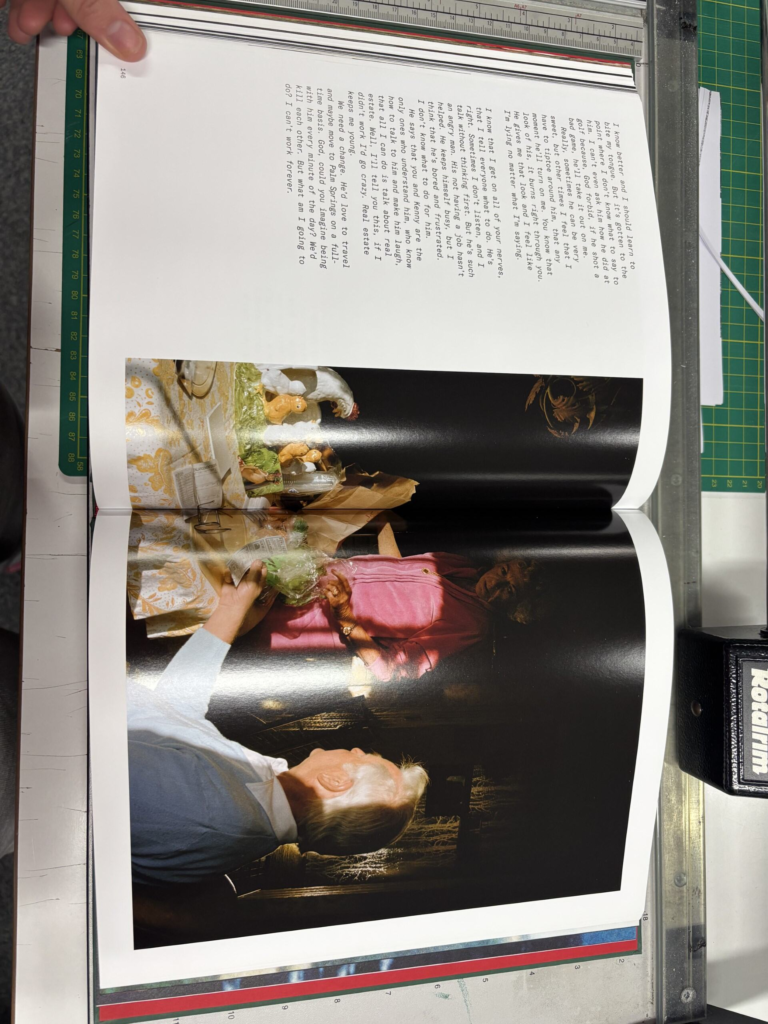
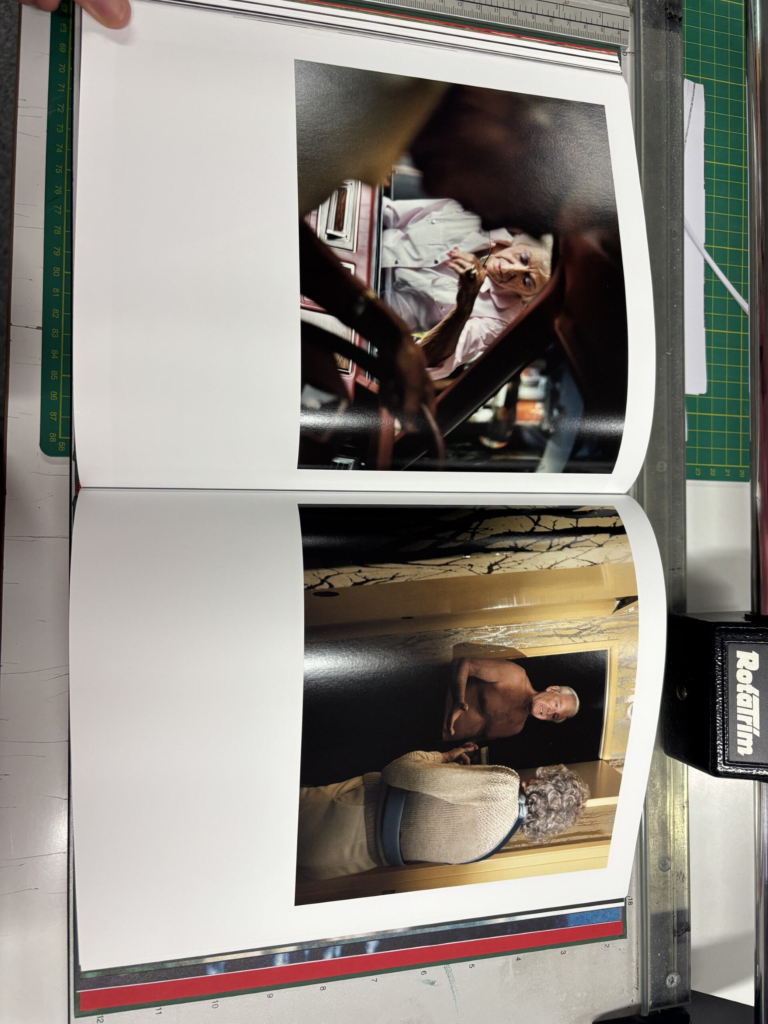
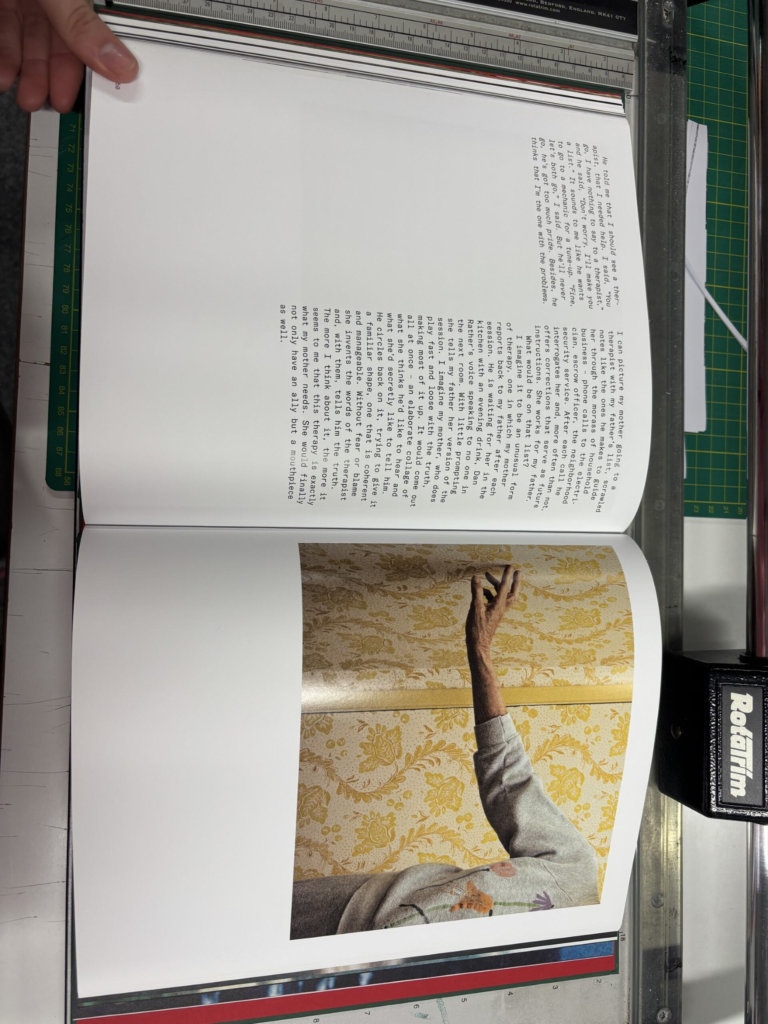
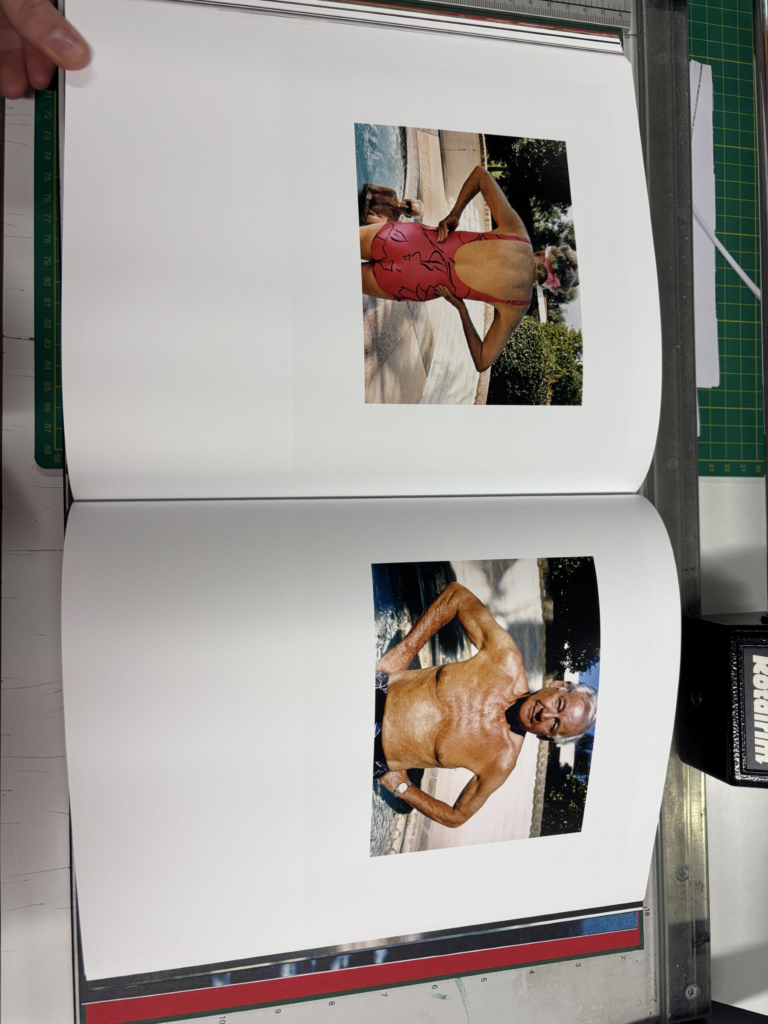
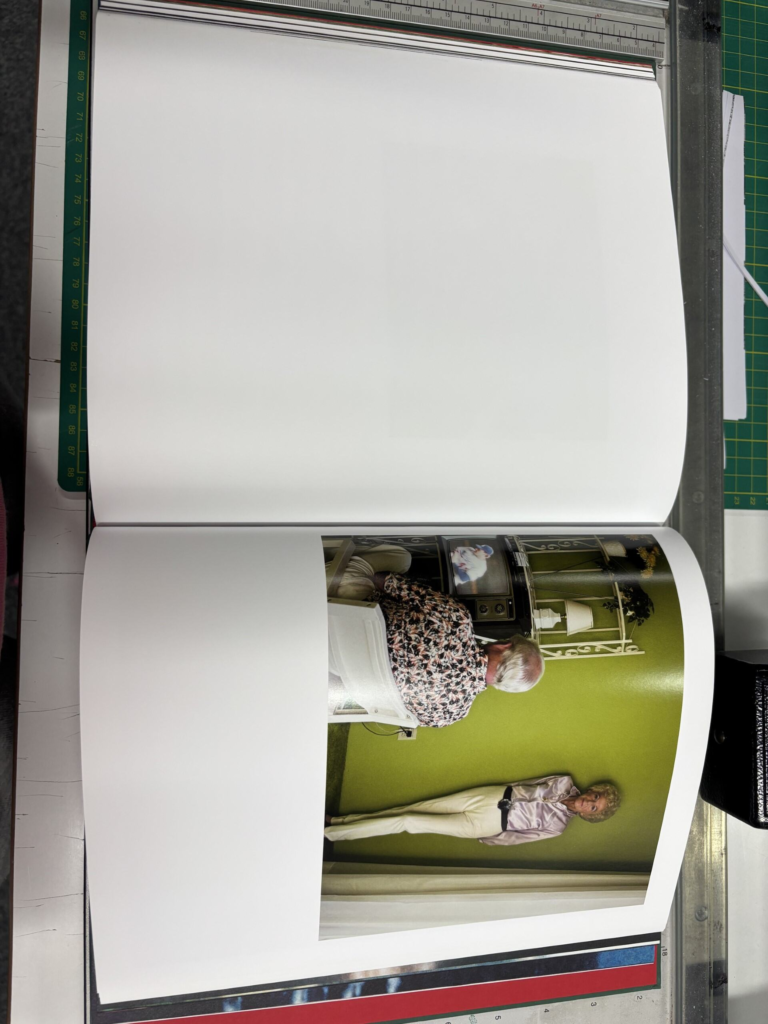
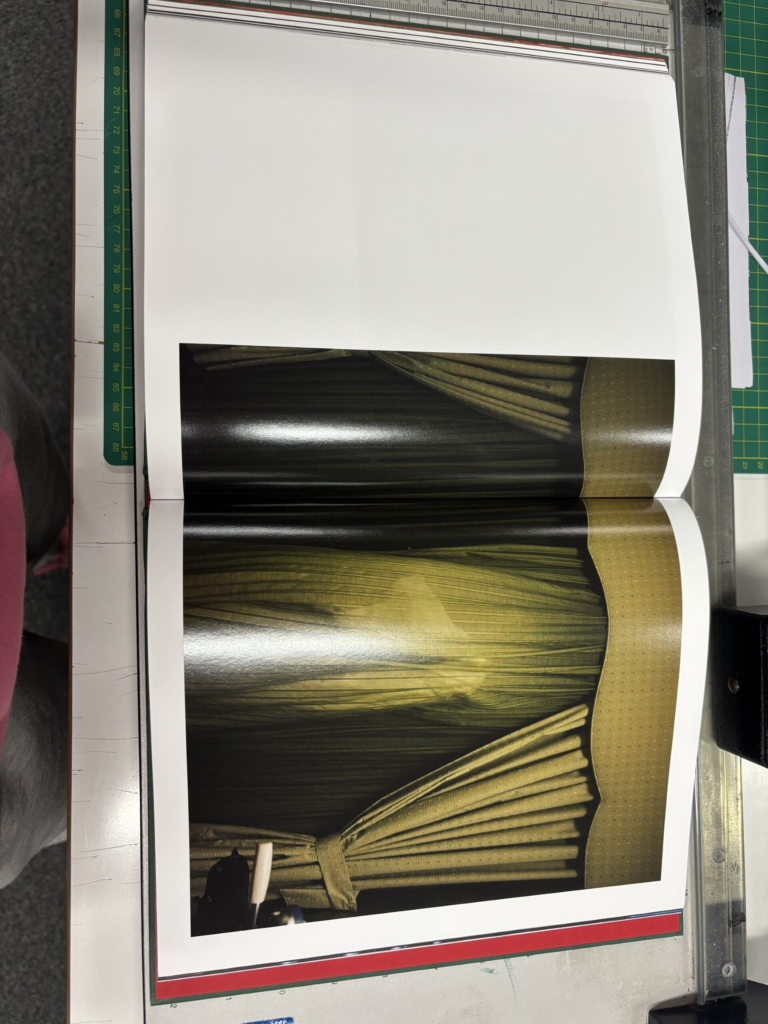
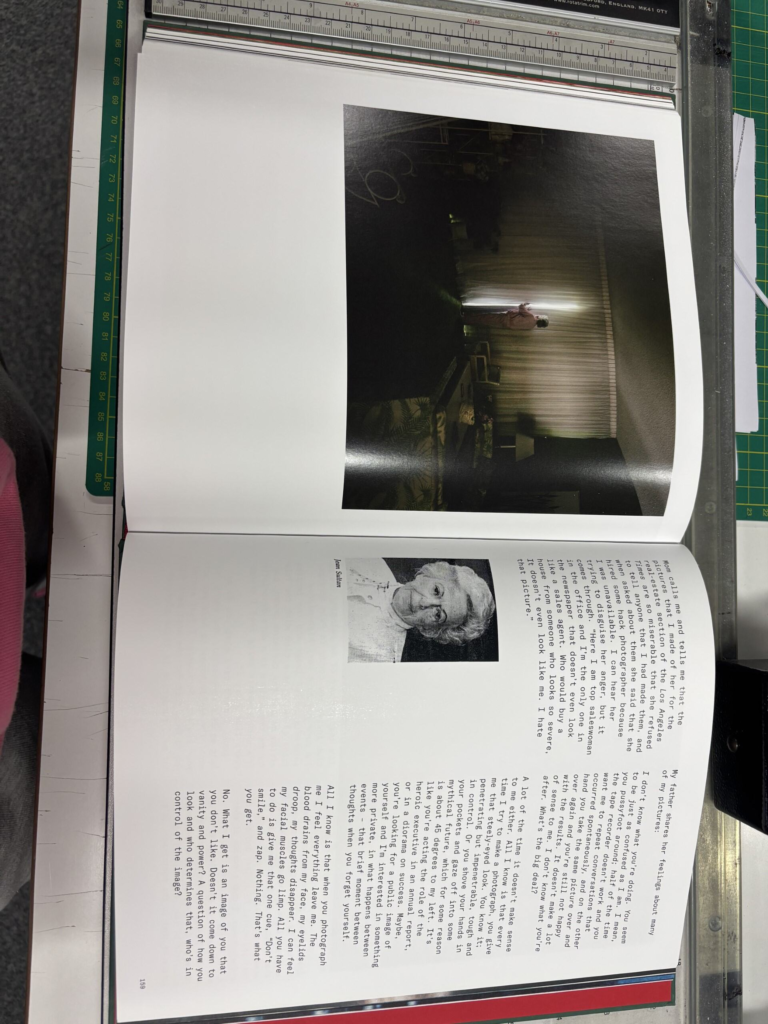
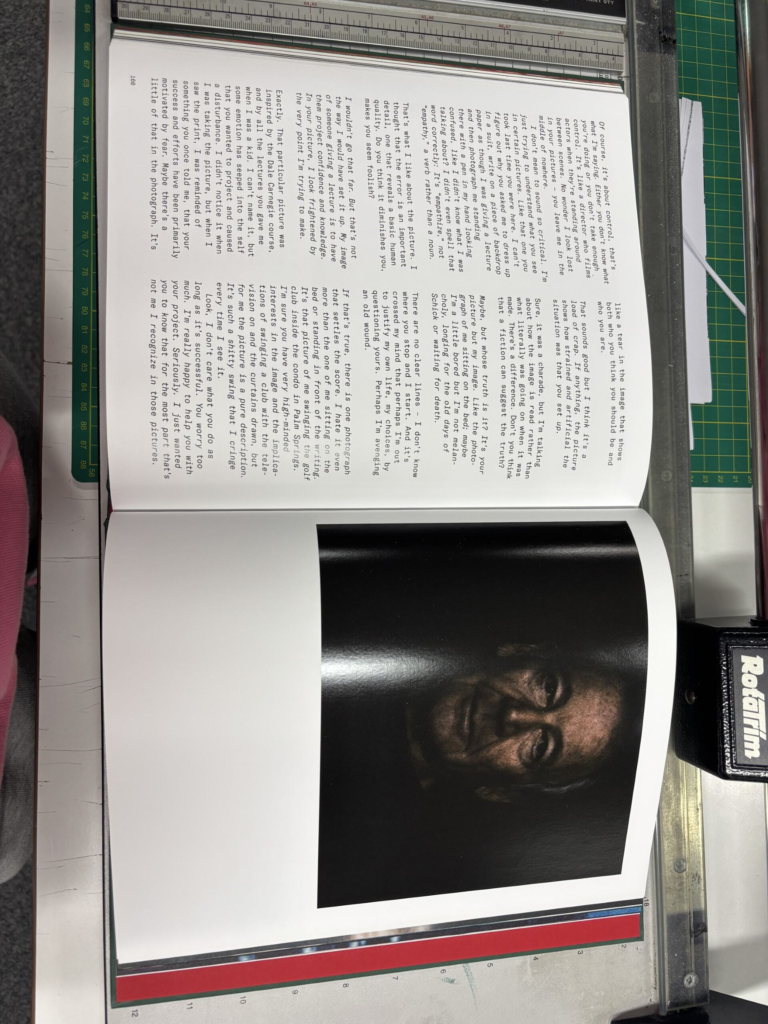
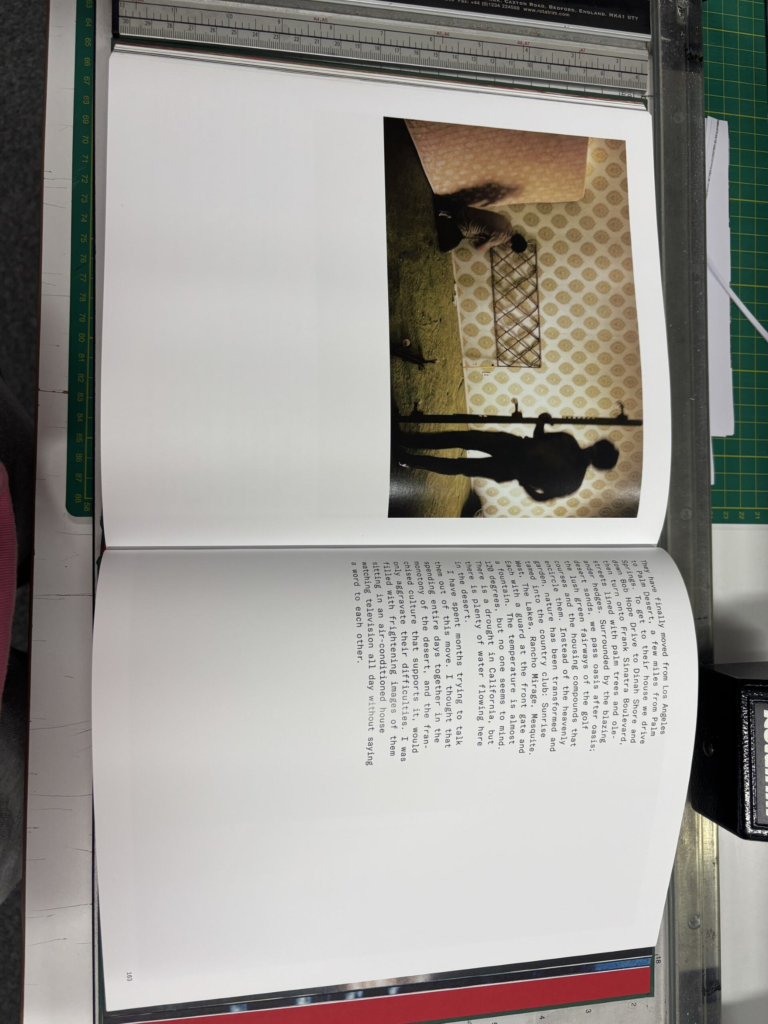
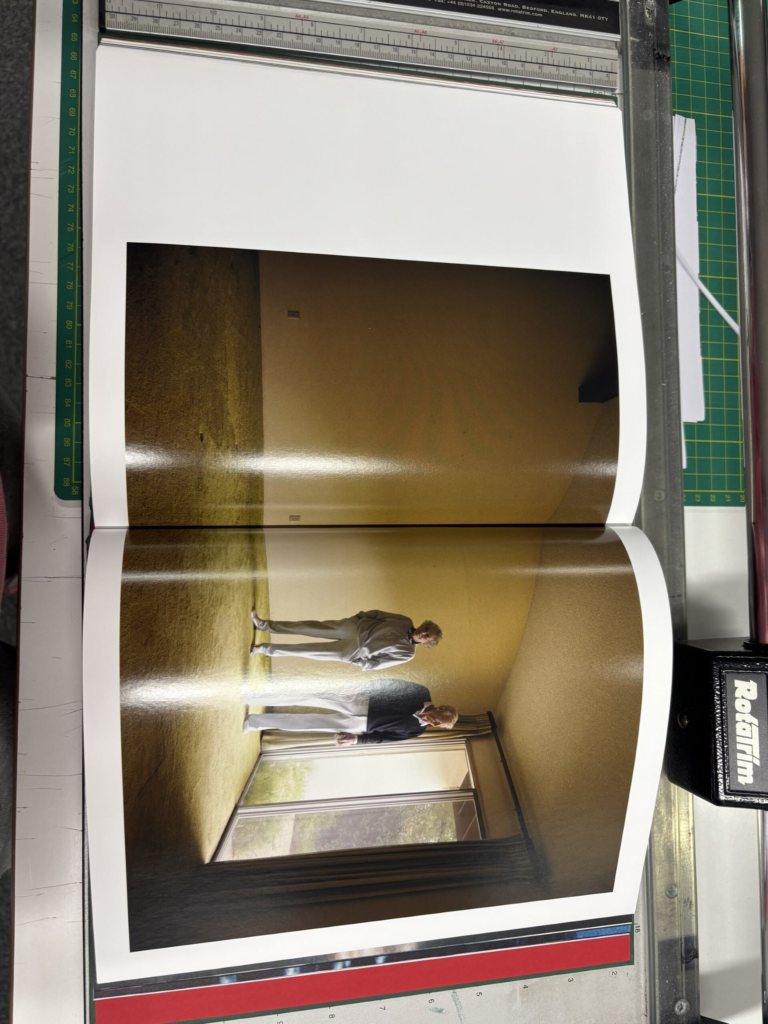
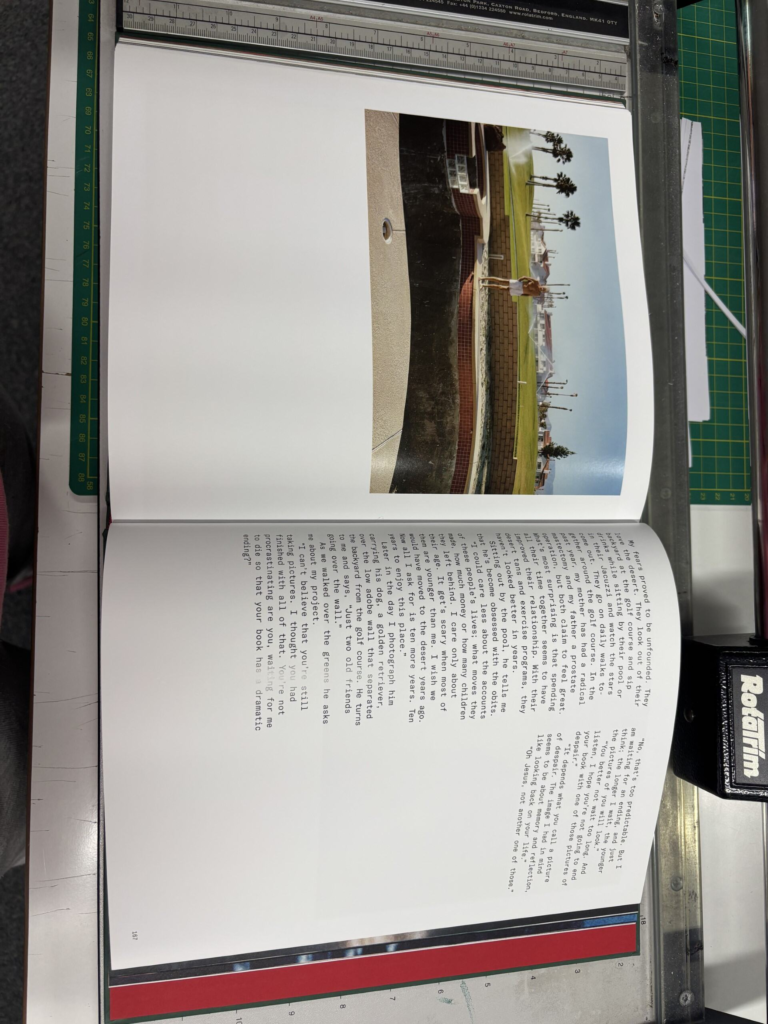
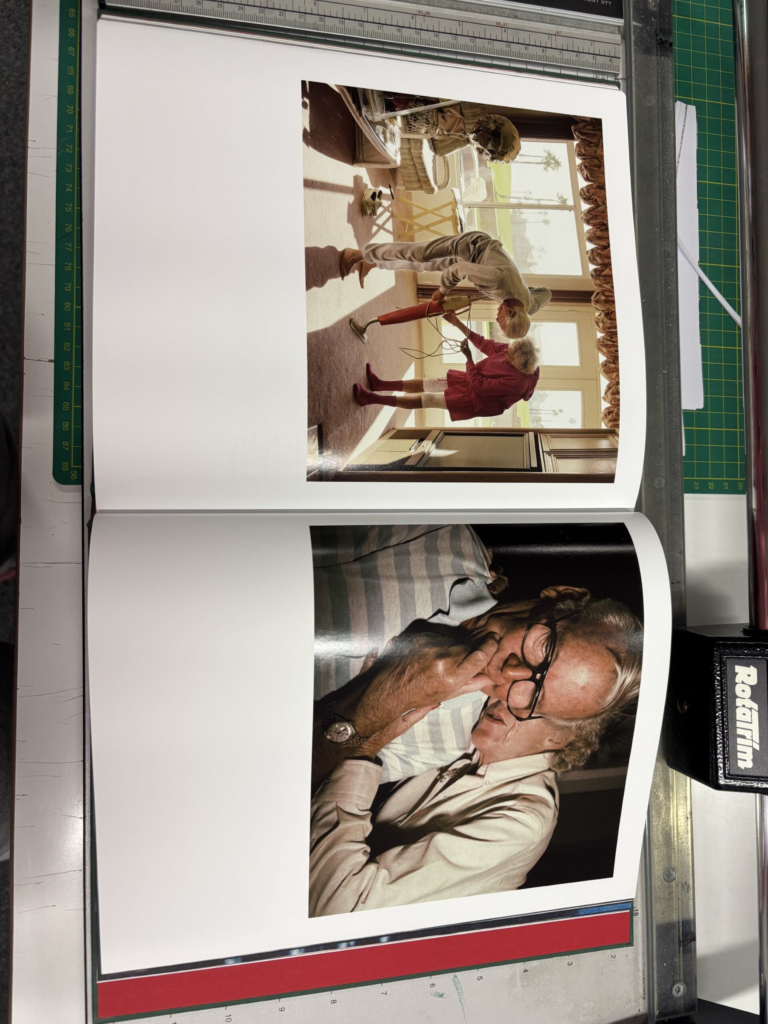
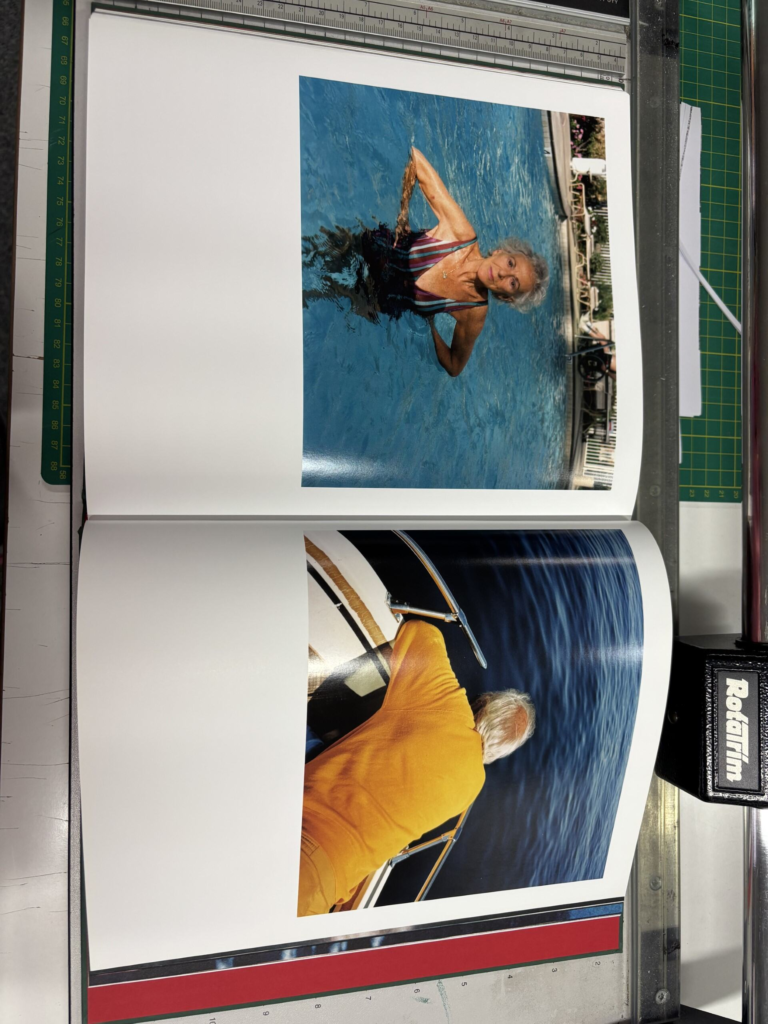
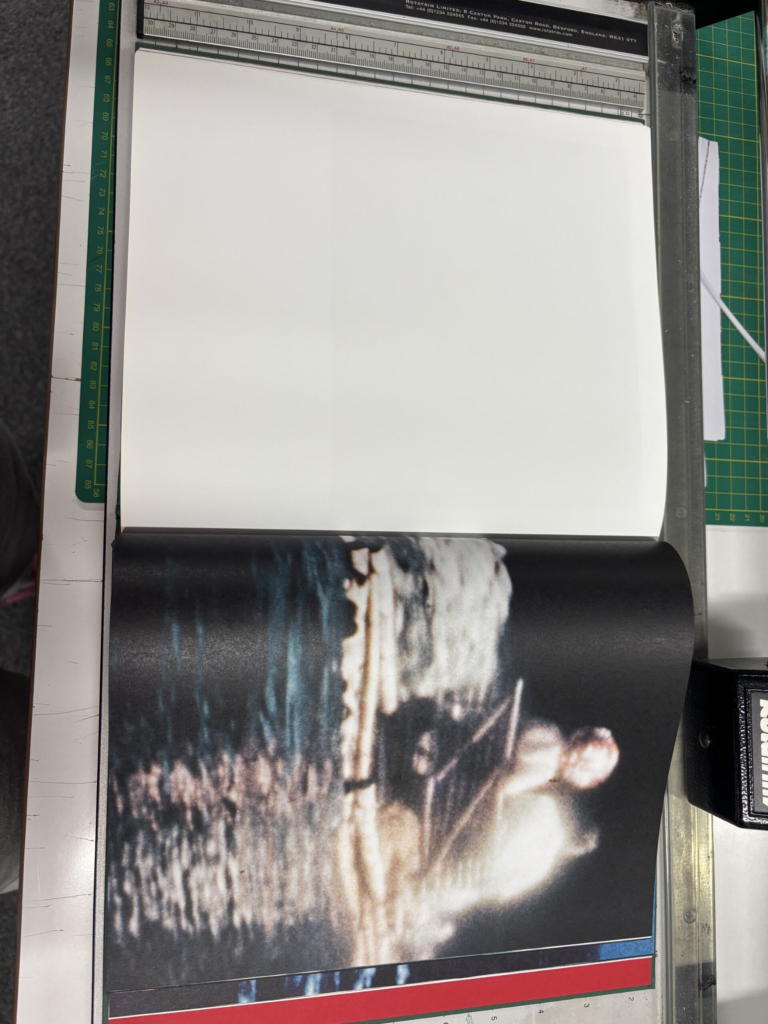
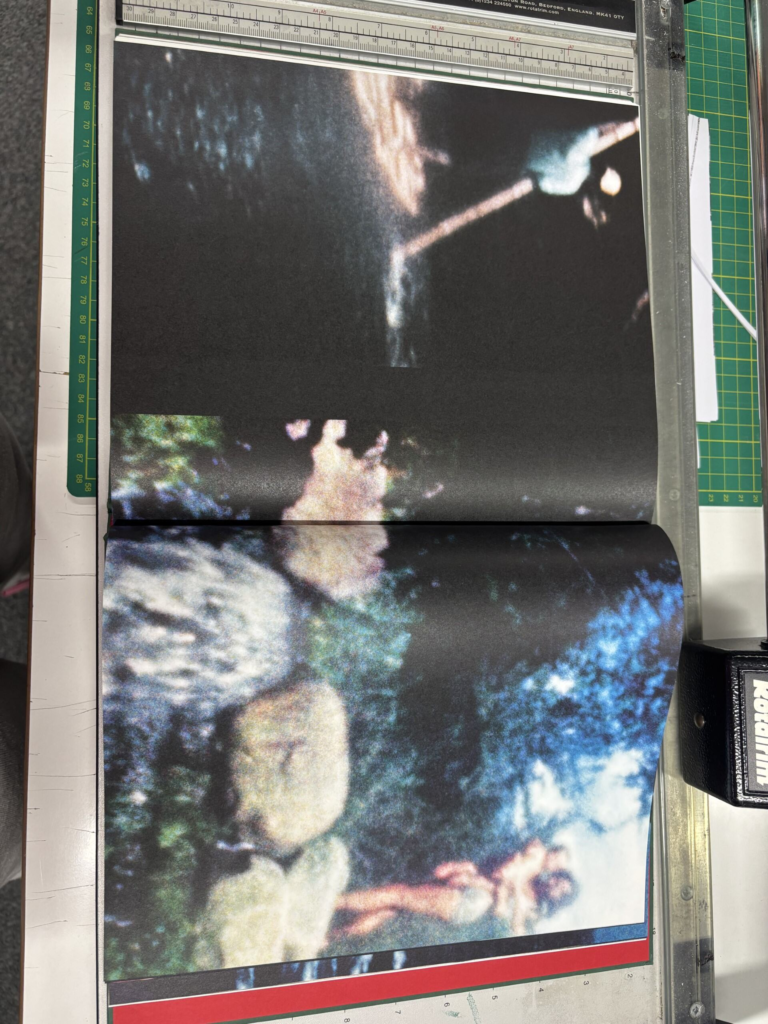
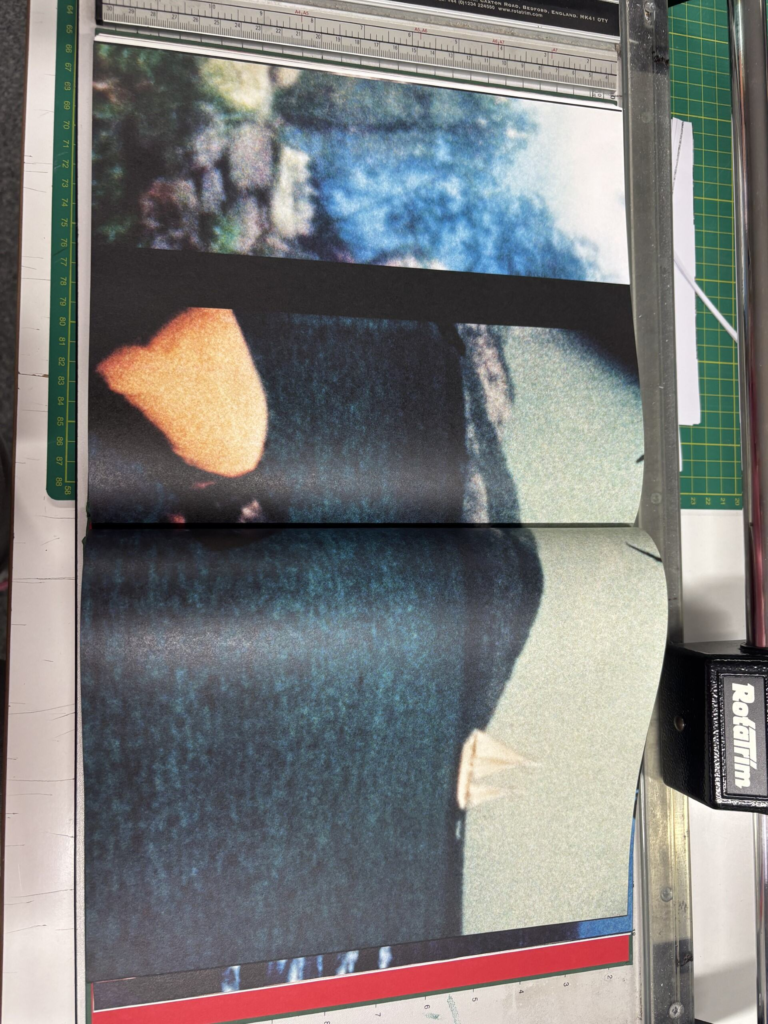
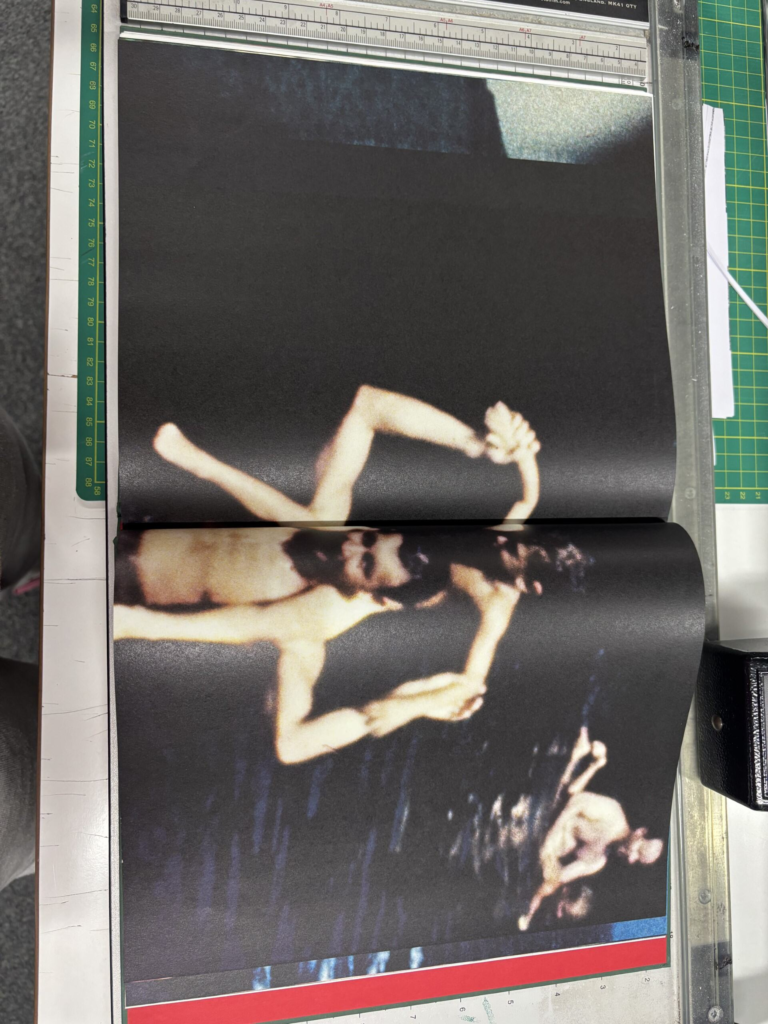
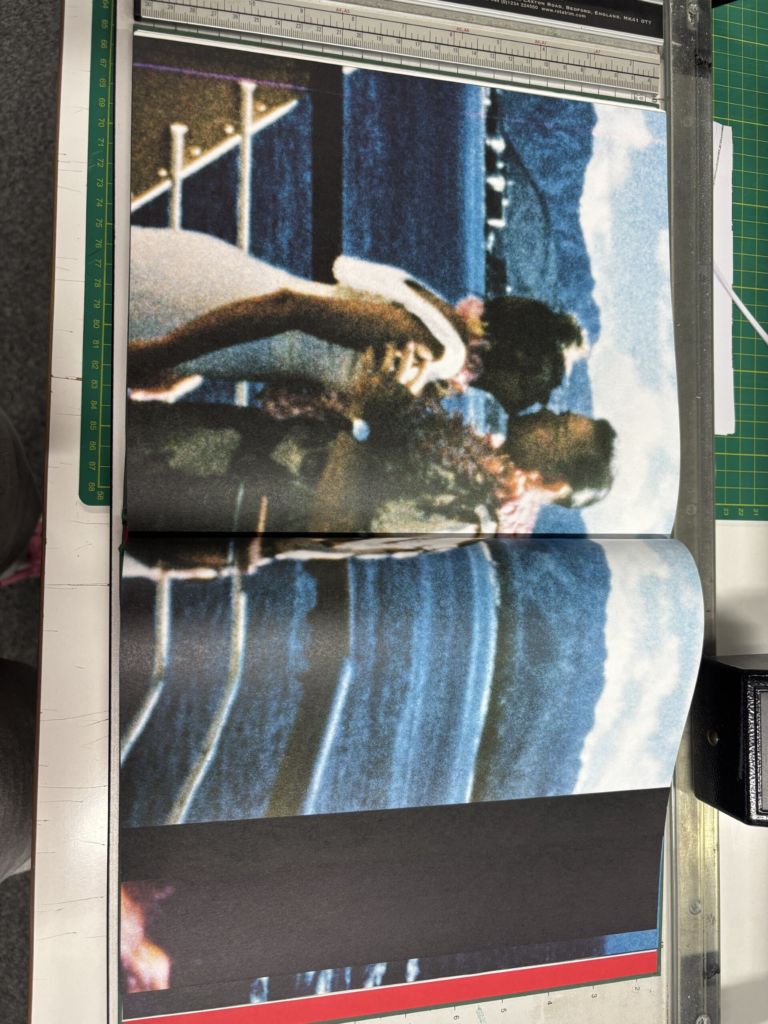
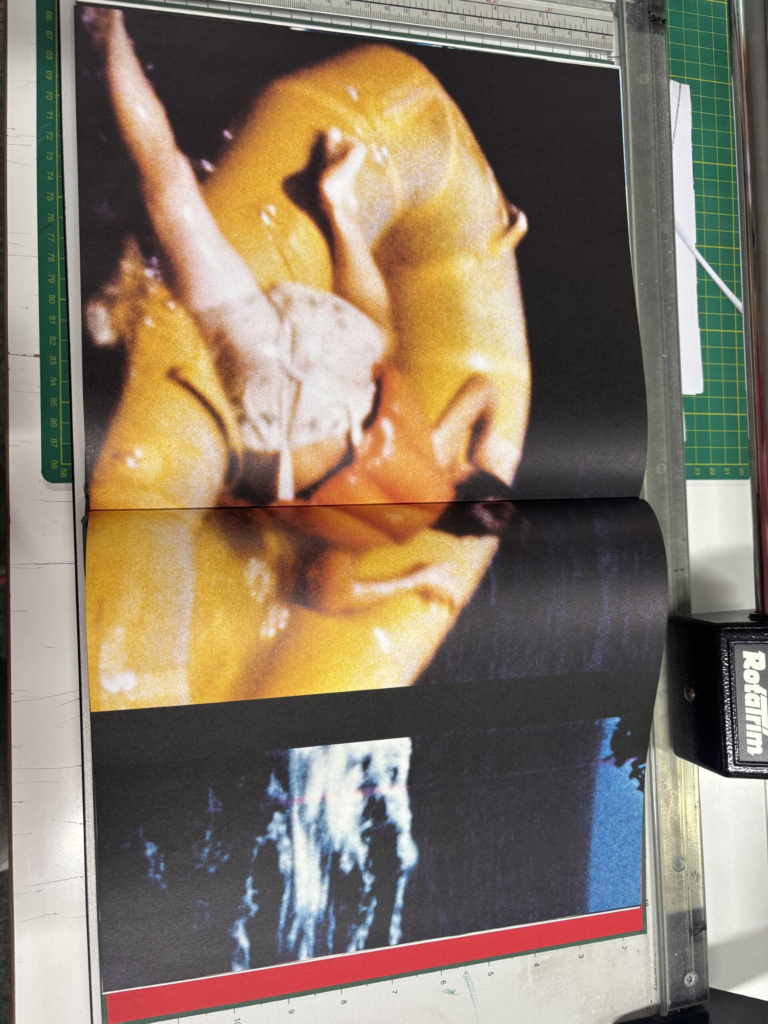
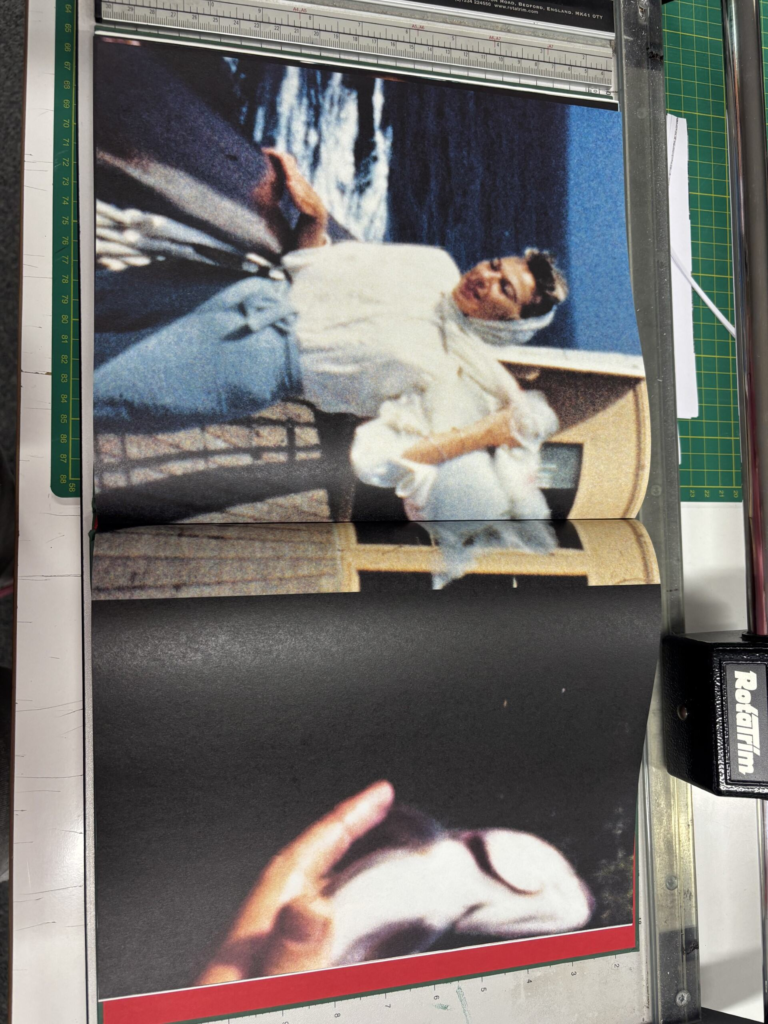
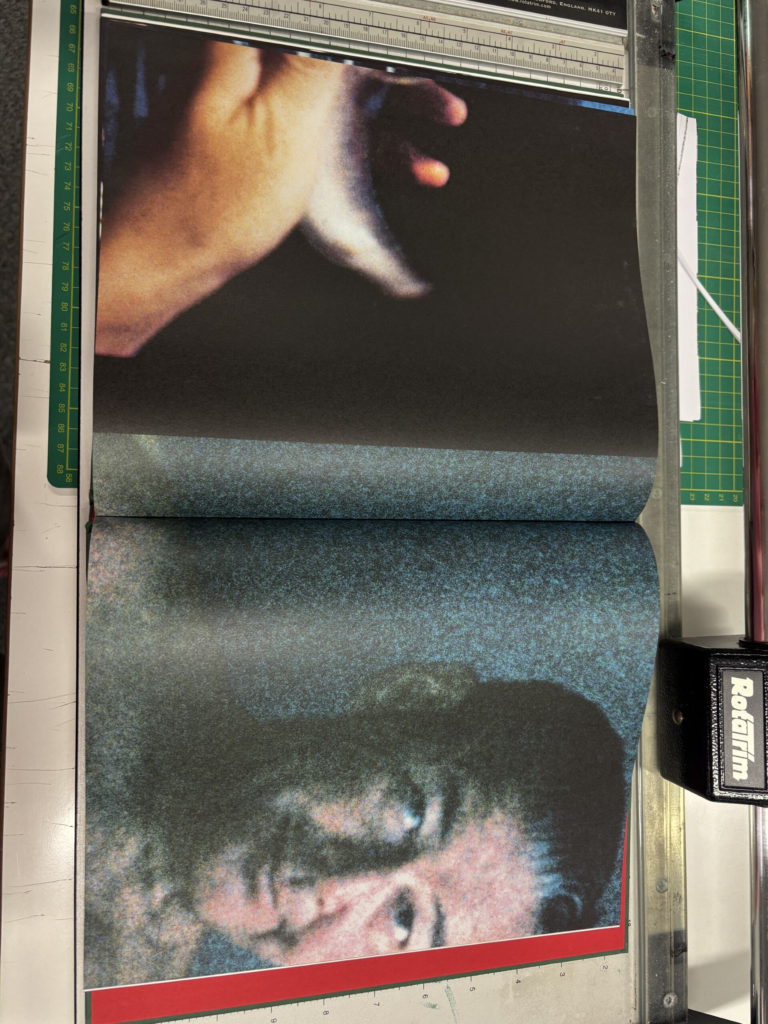
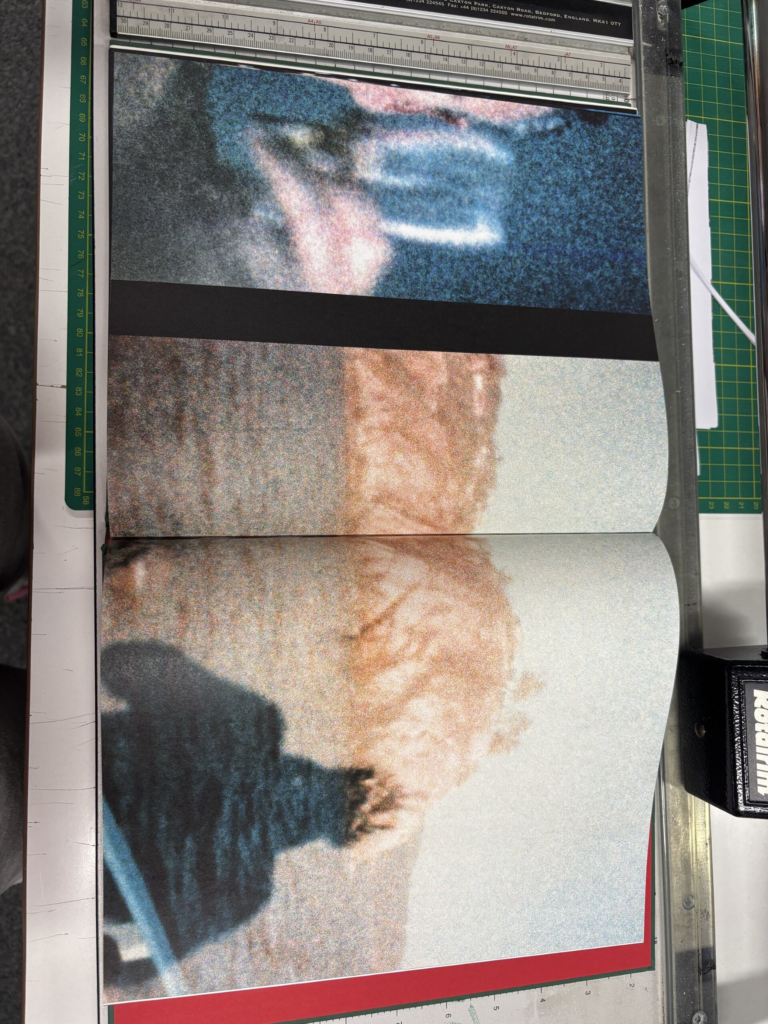
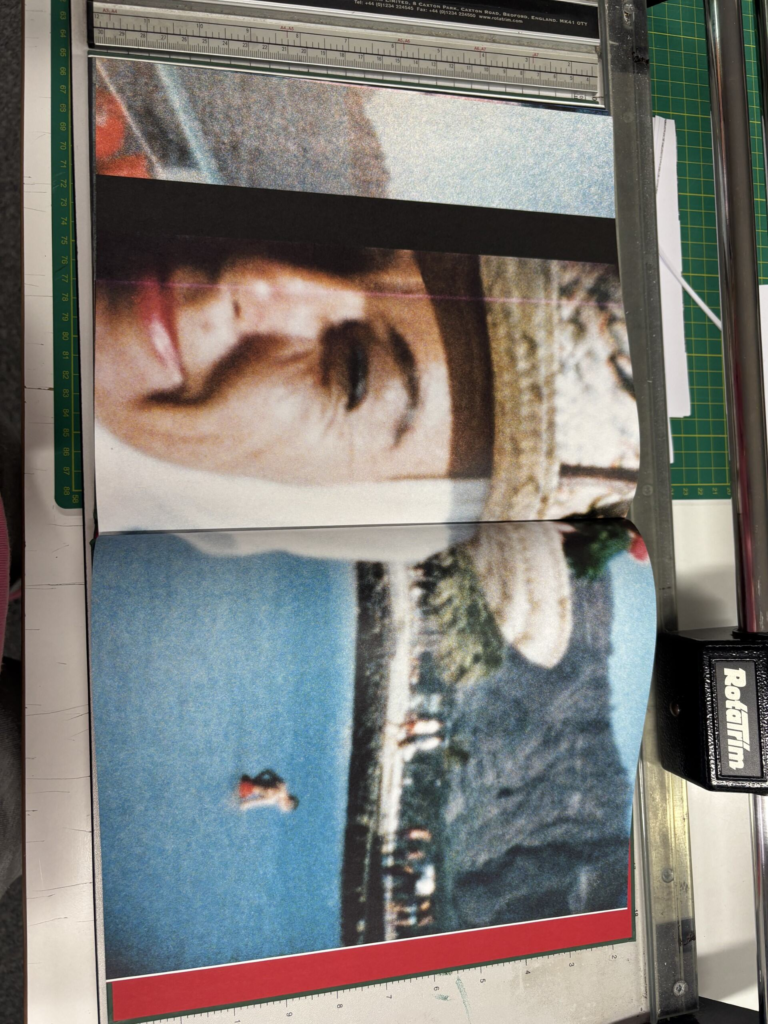

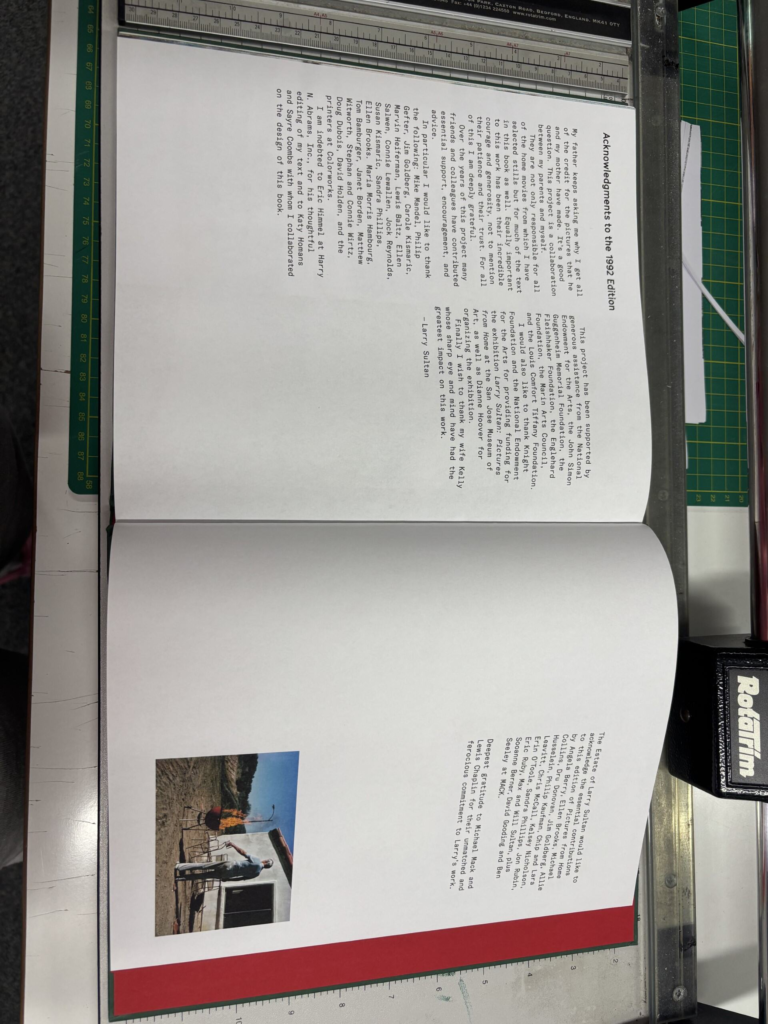
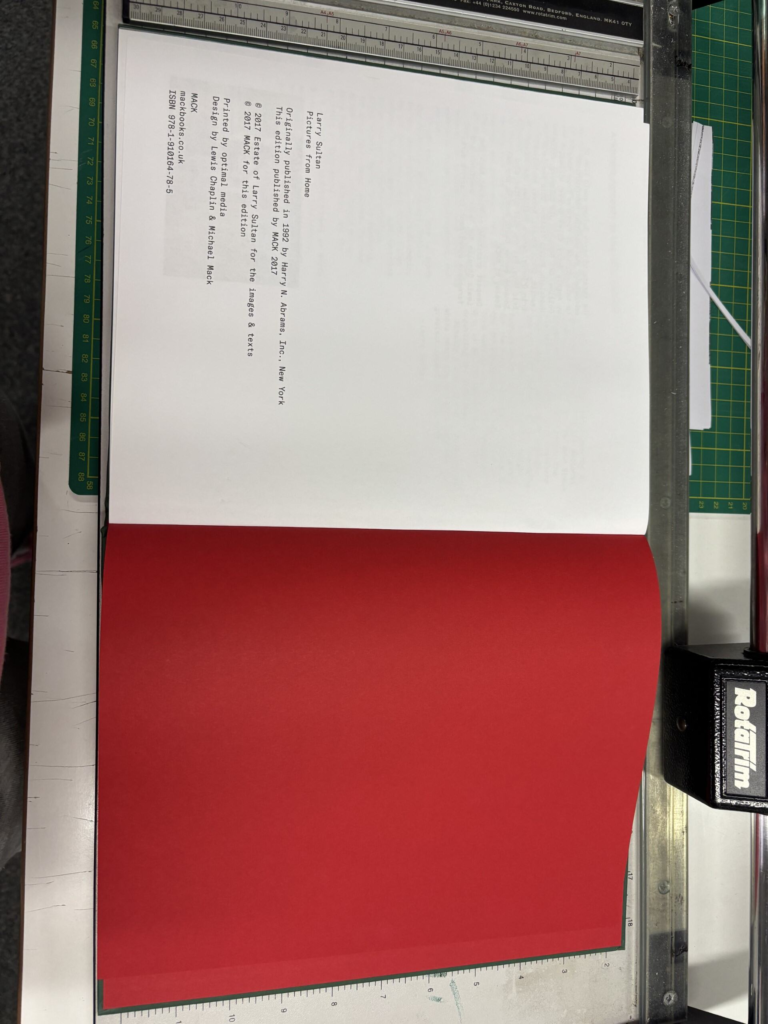
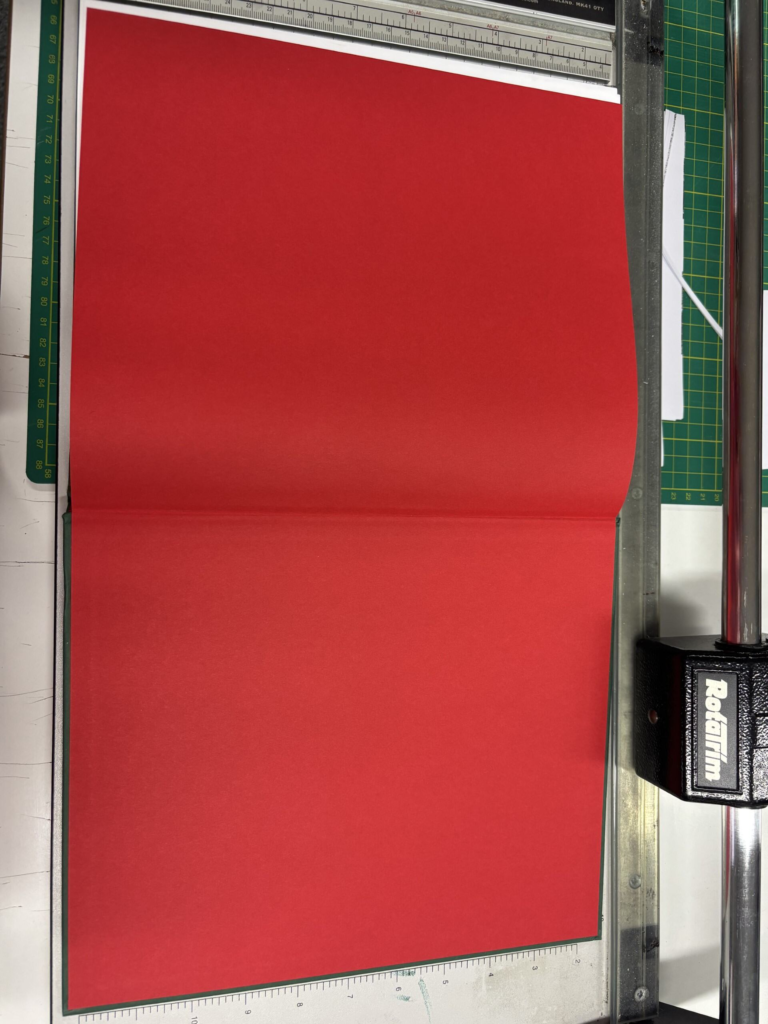
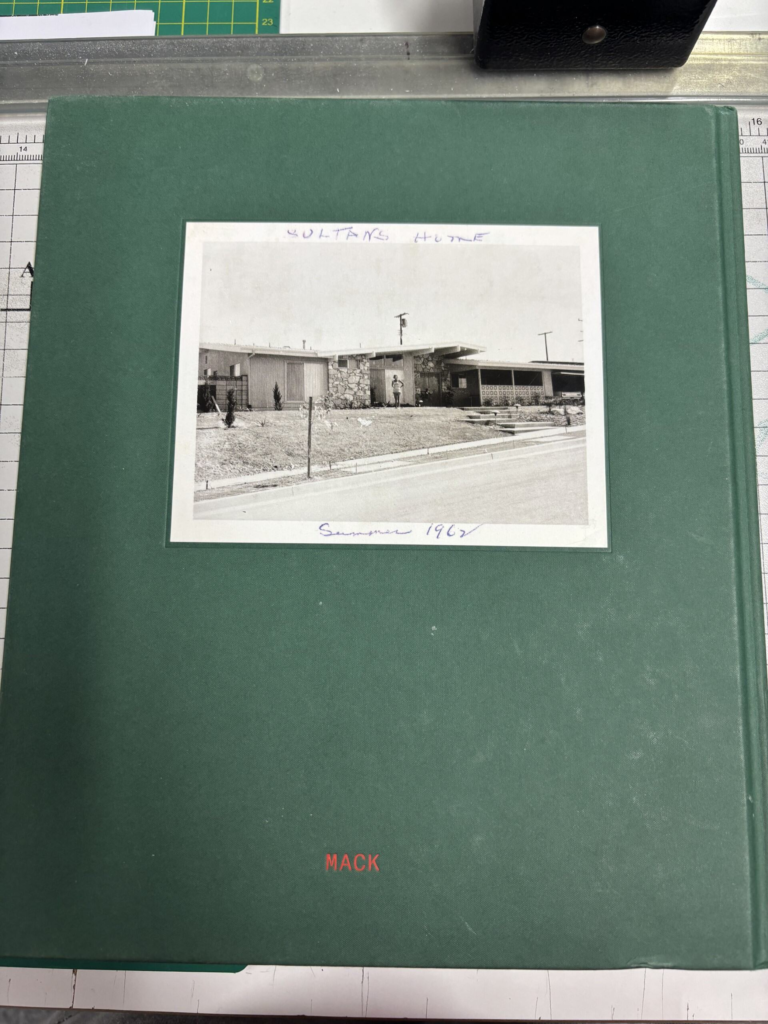
Design of Pictures From Home:
192 pages
9.29 x 1.18 x 10.87 inches
Language: English
Title: Pictures From Home- This title is a literal title, because the setting for all of these photographs was Sultan’s childhood home. However, the title can be quite intriguing, because you have no way of telling the type of pictures in this photobook until you open it, as it may have been a lower class, or upper class home. In Sultan’s case, his family were upper middle-class.
The cover of this book is a textured, dark green hard cover, with one of Sultan’s photographs stuck onto the front cover. This image is placed in the top two thirds of the cover with the green background framing the image. The title is then written below in bold red writing, with his name underneath in the same font and colour.
The inside of the cover is the same red that his title was written in and there is another piece of red card before the photographs begin.
His book starts with snapshots of his family films of Sultan when he was younger. The snapshots are of him playing with a red hula hoop in his family garden. The type of paper used in his book for the pages that the snapshots of his family films is different to the glossy white paper used for the pages with his own photographs. The paper used for these pages is not as thick and is matte, similarly to ordinary A4 paper. His images on these pages are also full sized, compared to the other pages, which are positioned in different areas of the page, with the white background framing them. The layout of this book is very unstructured, so the layout of these photographs differ throughout, but never being a full page spread, unless they are snapshots of the film stills. There is a white glossy page after the first set of film snapshots and before Sultan’s own photographs, which has the title of his book and his name slightly above the centre of the page in black bold writing, in the same font as the title on the front cover.
Sultan also includes text throughout this book, that either him, or his parents have written. The text includes the story of his childhood growing up in that family home, as well as other memories of his family from his childhood. He also includes quotes from himself, his mother and his father in this text.
Sultan also includes collages in this book, which include archived photographs, or snapshots from his film stills, which are either paired with text, or laid out on a double page spread.
Sultan uses a range of coloured images, mainly the images he has taken and snapshots of his family films, but he also includes even older archived images that are in black and white, like images of his dad when he was a young boy.
At the end of his own photographs in his book, he has a white glossy page, before including more snapshots of his family films to end his book. On the last snapshot he also dedicates the book to his parents as, it states, ‘For my parents Irving and Jean.’ He then has an acknowledgements page and ends his book with the same red card.
The back cover of his book is the same textured dark green hard cover. It has a polaroid photograph that is an archive in the top half of the cover, with the green framing around it. The polaroid is a picture of his mother stood in front of their childhood home. The polaroid has ‘Sultan’s home’ written at the top of it and ‘Summer 1962’ at the bottom of the image, written in a blue biro pen. The image is also stuck onto the green cover, similarly to the front cover.
Narrative of Pictures From Home:
The narrative of this photo book is the narrative of Sultan’s life with his family growing up in his childhood home, as well as his life now as he takes staged and documentary images of his parents. He has used archives and his own photographs to portray his family now and his childhood. He has also used text to present the narrative of his childhood up to his current life when he was working on this book. He also includes the narrative of what each of his parents were like and how they treated him throughout his life. He portrayed his parents narrative using images, as well as text, which was wrote by his parents and himself. Using text from his parents allows his to present his parents narrative from their point of view, presenting their thoughts and opinions.
The concept he is trying to convey to the viewer:
He is trying to convey the narrative of his childhood up to his current life to the viewers and what his family was like during his childhood and his current life. He also wants to convey the relationships he had with his mother and father during his childhood and his relationship with them in his current life and how it has altered.
My Inspiration
I am taking inspiration from Sultan’s photo book, because I am also taking my own photographs of my family, as well as using archive images of my family and childhood. I am also going to use family films I have, similarly to Sultan and I am going to borrow ideas from the layout of his photo book. I am going to use a range of different paper for my photo book for my film snapshots and archived images. I am also going to use collages in my photo book, as well as using joiners, which I have taken inspiration from David Hockney. I am also going to use a hard cover for my book.
